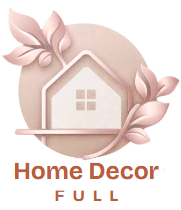Interior design is a vast and ever-evolving field, with a plethora of styles to choose from. Whether you’re a seasoned designer or a DIY enthusiast, understanding the nuances of different design styles can help you create a space that truly reflects your personality and aesthetic. This article explores 100 of the most popular and unique interior design styles, providing you with a comprehensive resource to guide your next decorating project.
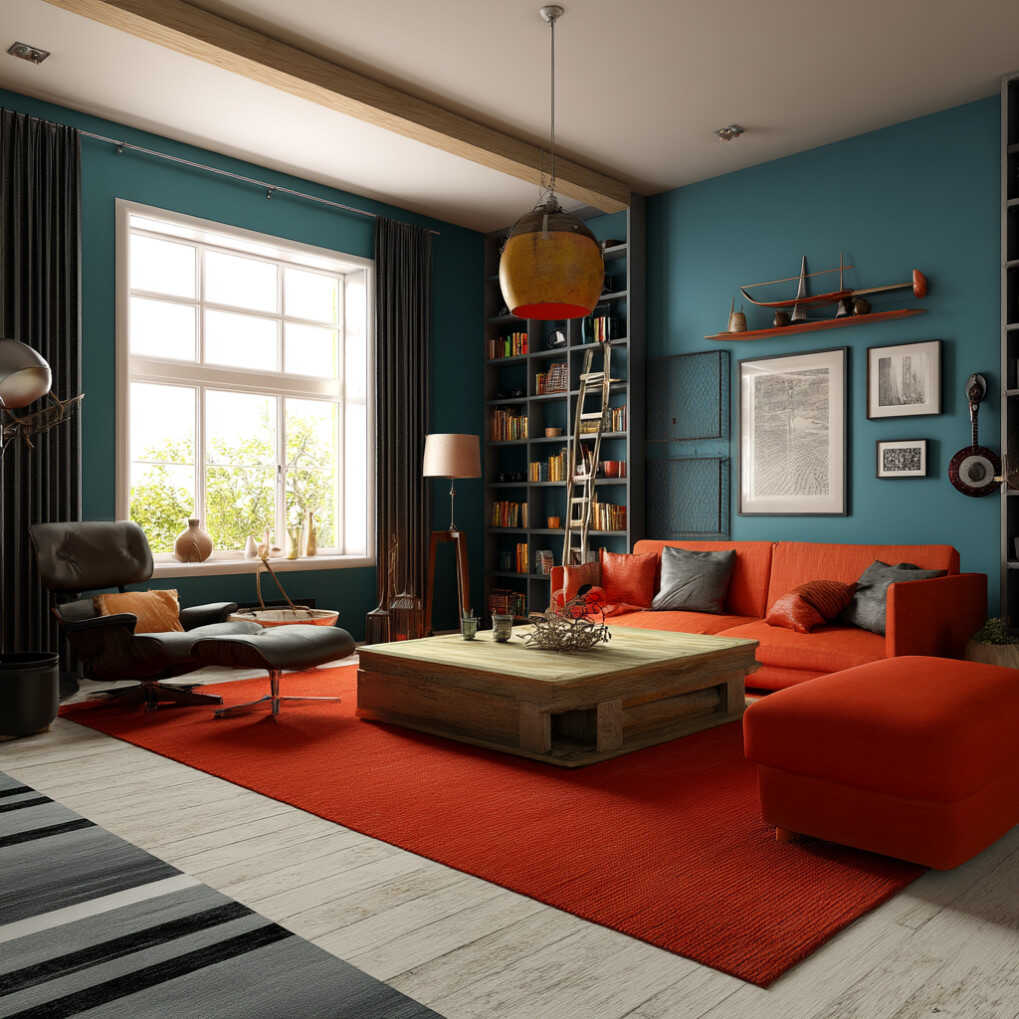
1. Art Deco
Key Features:
- Bold geometric shapes
- Rich colors
- Luxurious materials
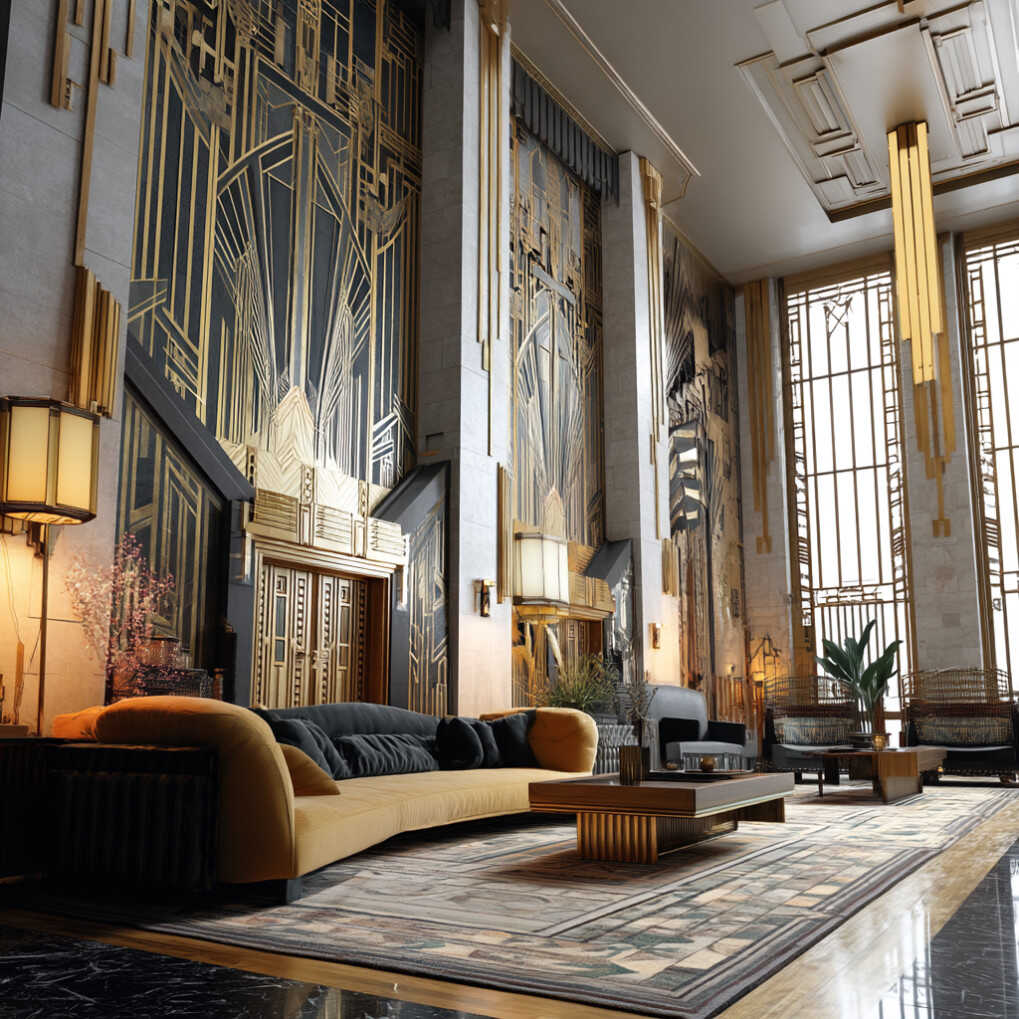
Art Deco is a visually striking style that emerged in the 1920s and 1930s. It is characterized by its bold geometric shapes, rich colors, and luxurious materials such as gold, silver, and glass. Art Deco interiors often feature bold patterns, symmetrical designs, and a sense of opulence.
Pro Tip:
To achieve an Art Deco look, incorporate elements like geometric wall art, chrome accents, and luxurious textiles.
2. Art Nouveau
Key Features:
- Organic, flowing lines
- Floral motifs
- Nature-inspired designs
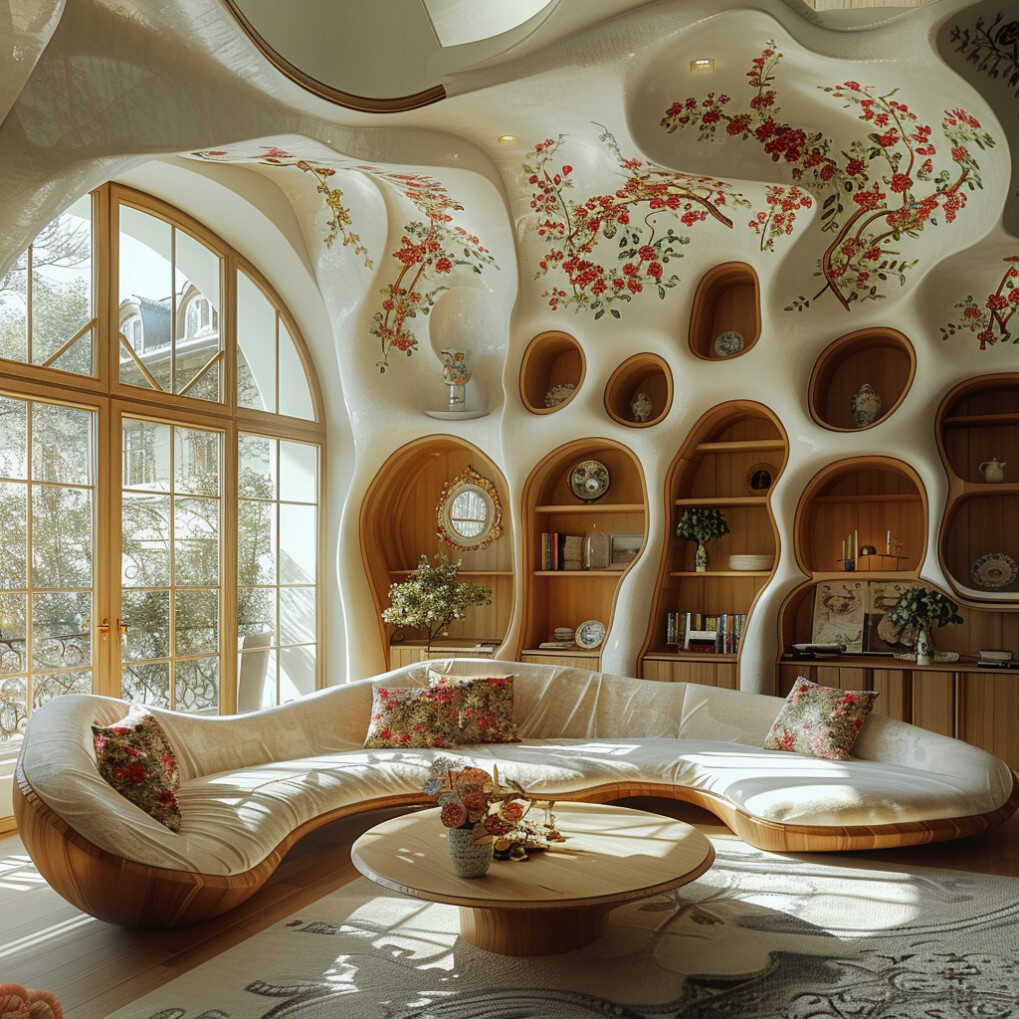
Art Nouveau is a decorative style that emphasizes organic, flowing lines and nature-inspired designs. It emerged in the late 19th century and is known for its intricate, ornate details and use of natural forms like flowers, leaves, and vines.
Pro Tip:
To create an Art Nouveau feel, use furniture with curved lines, floral wall art, and decorative mirrors with intricate designs.
3. Bauhaus
Key Features:
- Functionality
- Simplicity
- Minimalism
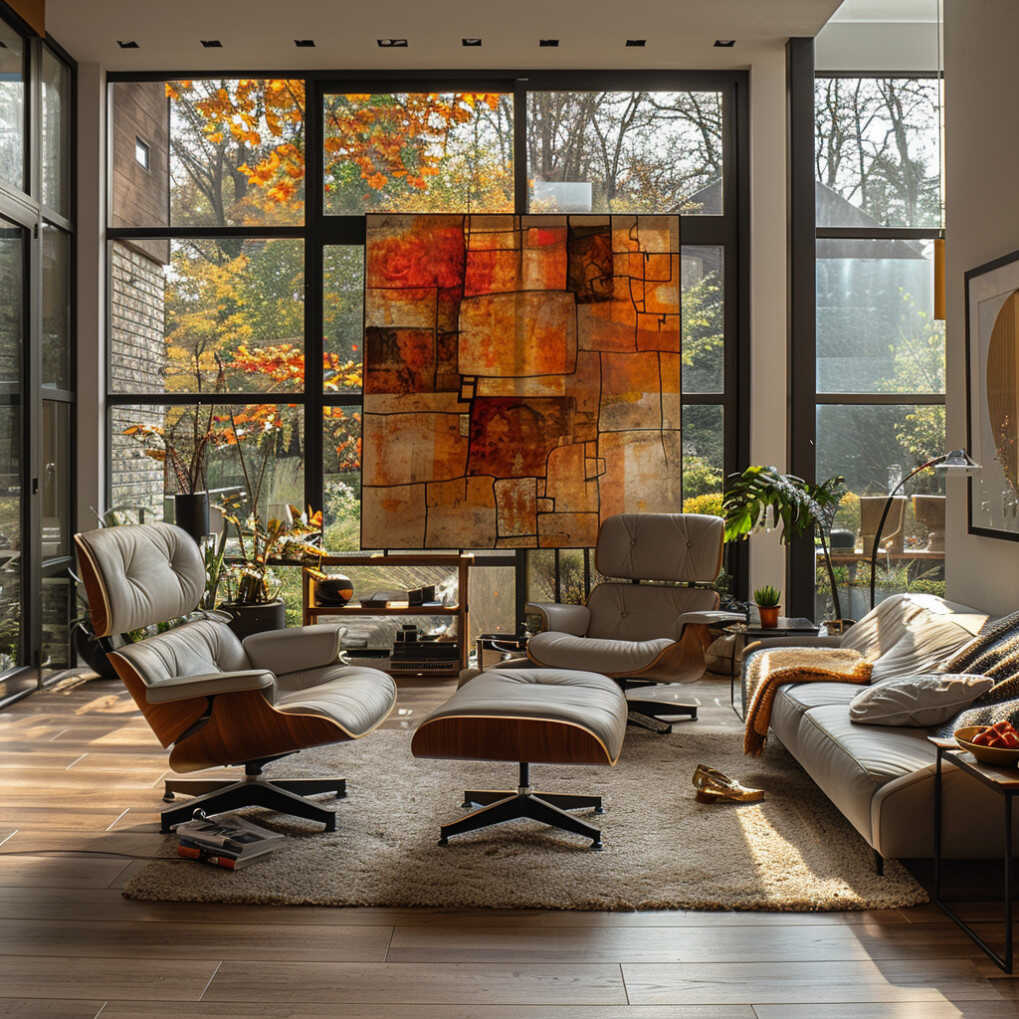
Bauhaus is a design movement that originated in Germany in the early 20th century. It emphasizes functionality, simplicity, and minimalism, often with a focus on clean lines and functional forms. Bauhaus interiors are typically uncluttered and modern, with a strong emphasis on form following function.
Pro Tip:
To achieve a Bauhaus style, choose furniture with clean lines and functional designs, and use a neutral color palette with occasional pops of color.
4. Boho (Bohemian)
Key Features:
- Eclectic and free-spirited
- Mix of textures and patterns
- Vibrant colors

Boho, or Bohemian, design is known for its eclectic and free-spirited nature. It often features a mix of textures, patterns, and colors, creating a relaxed and inviting atmosphere. Boho interiors are characterized by natural materials, vintage or handmade items, and a sense of creativity and individuality.
Pro Tip:
To create a Boho look, mix and match different textures and patterns, use natural materials like wood and rattan, and add vibrant throw pillows and rugs.
5. Cottage Core
Key Features:
- Cozy and charming
- Natural materials
- Soft, pastel colors
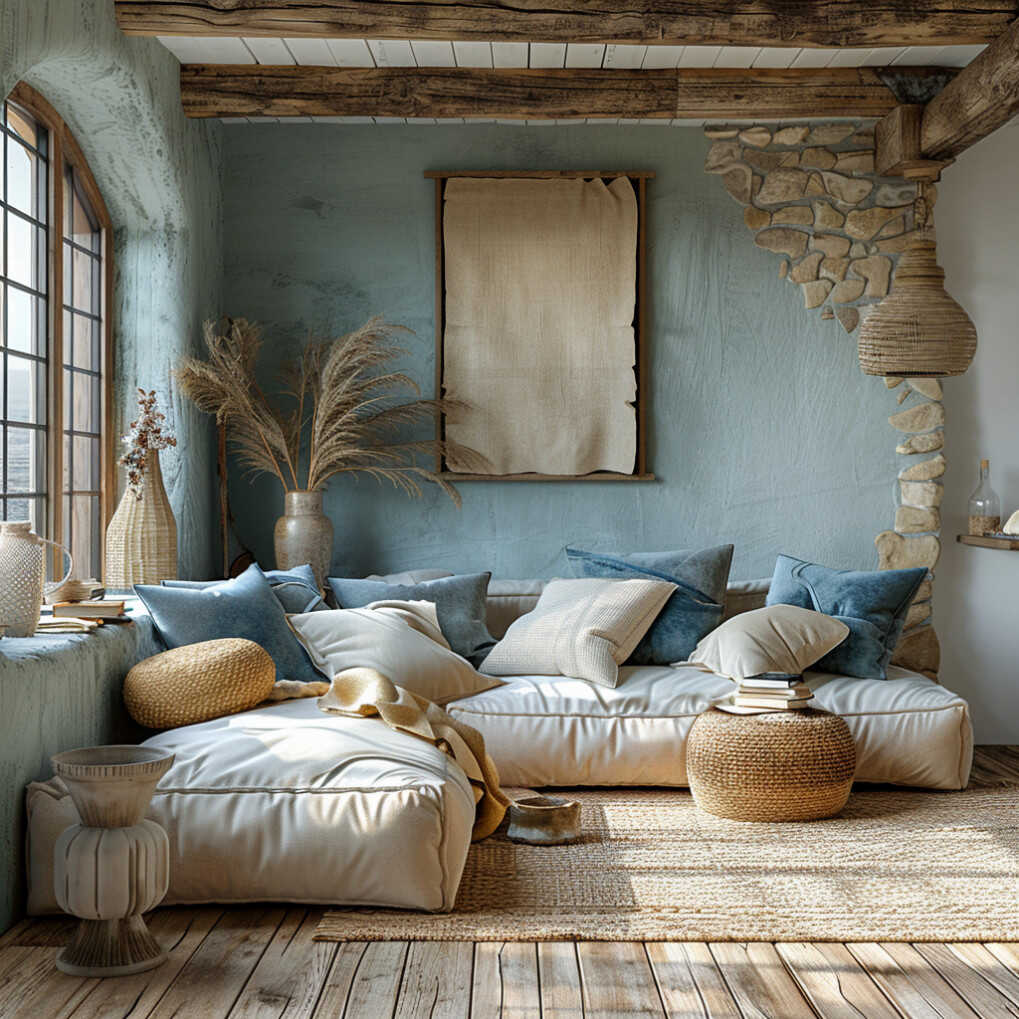
Cottage Core is a design style that emulates the cozy and charming feel of a countryside cottage. It often features natural materials, soft pastel colors, and a mix of vintage and modern elements. Cottage Core interiors are designed to be comfortable and inviting, with a focus on creating a warm and welcoming atmosphere.
Pro Tip:
To achieve a Cottage Core look, use natural materials like wood and stone, soft pastel colors, and vintage or handmade decor.
6. Coastal
Key Features:
- Light colors
- Natural materials
- Nautical elements
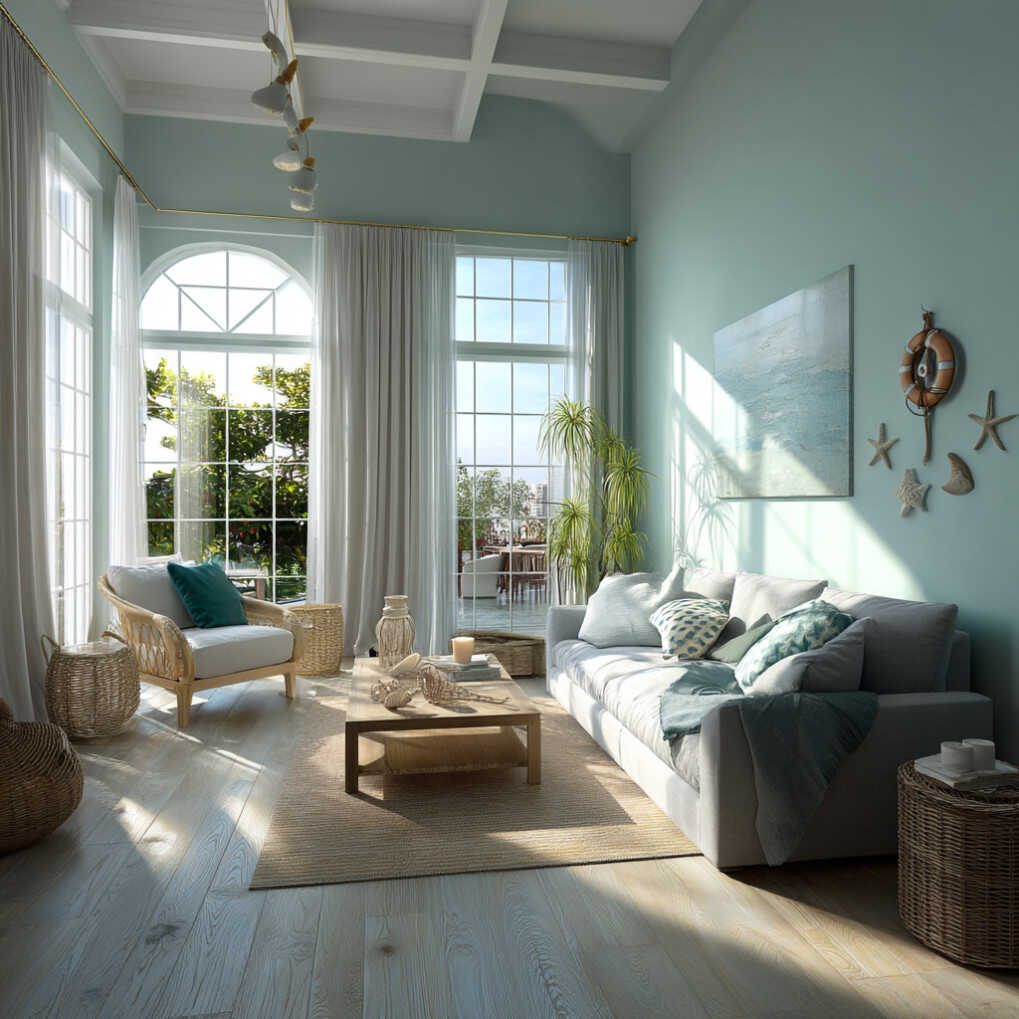
Coastal design is inspired by the sea and the beach, with a focus on light colors, natural materials, and nautical elements. Coastal interiors often feature white or light blue walls, natural wood furniture, and decorative items like seashells, anchors, and sailboats.
Pro Tip:
To create a Coastal look, use a light color palette, natural materials like wood and rope, and nautical decor items.
7. Contemporary
Key Features:
- Modern and sleek
- Clean lines
- Minimalism
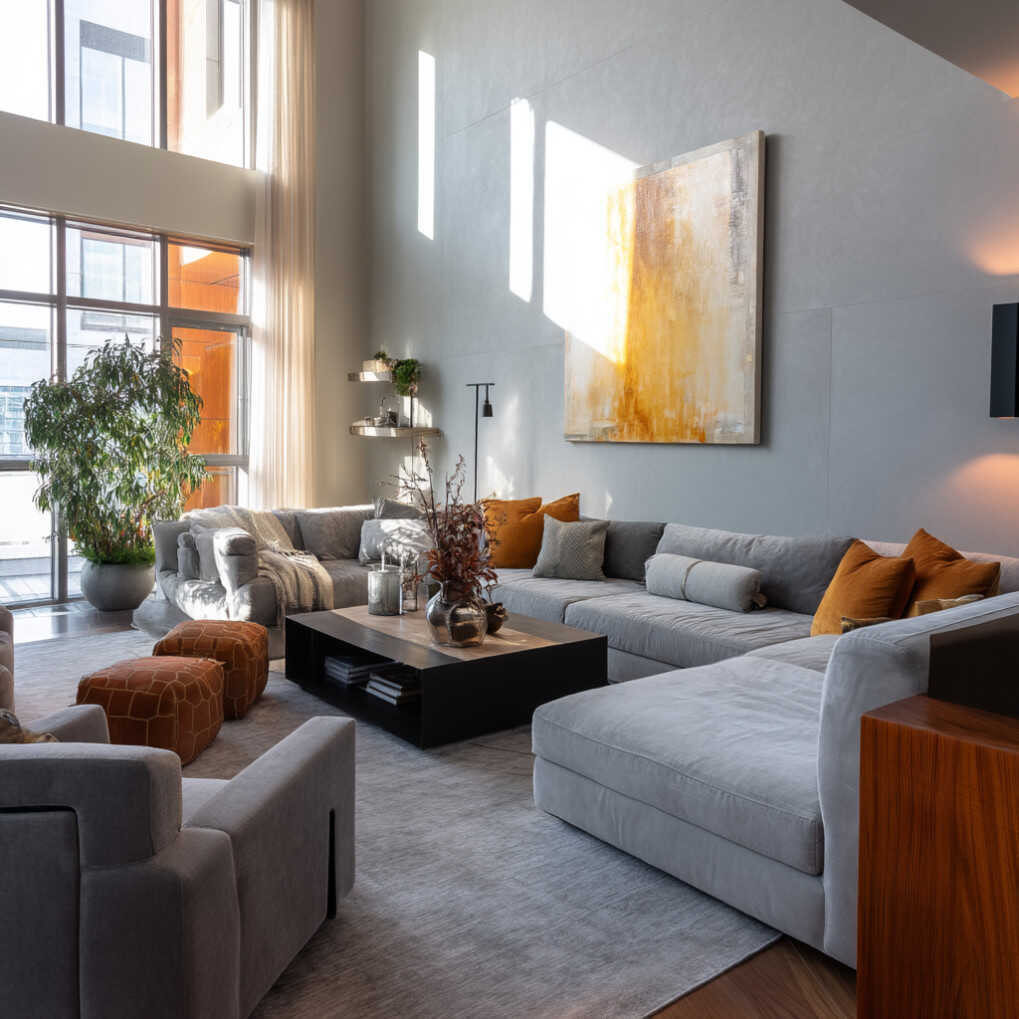
Contemporary design is modern and sleek, with a focus on clean lines and minimalism. It often features a neutral color palette, simple and functional furniture, and a sense of openness and light. Contemporary interiors are designed to be timeless and adaptable, with a focus on creating a calm and uncluttered space.
Pro Tip:
To achieve a Contemporary look, use a neutral color palette, simple and functional furniture, and a mix of natural and man-made materials.
8. Danish Modern
Key Features:
- Simplicity
- Craftsmanship
- Functional design
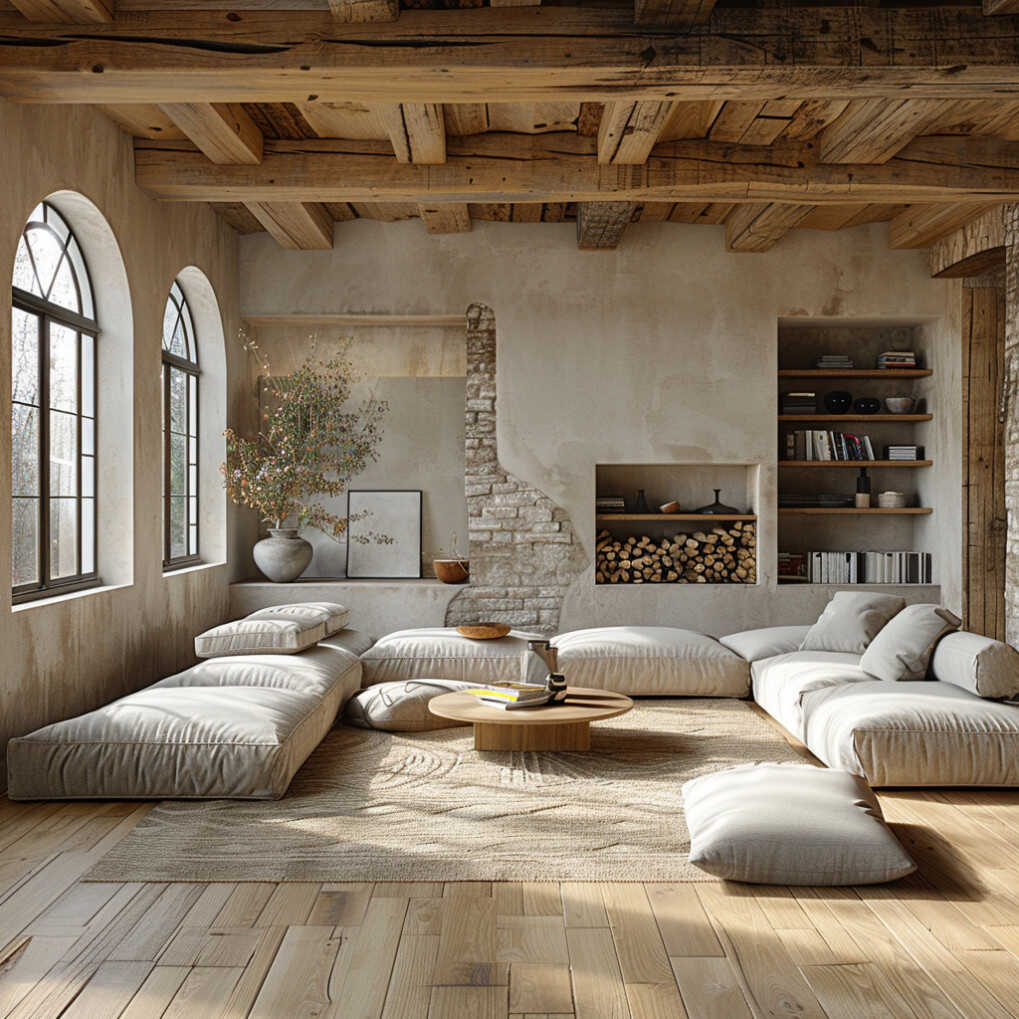
Danish Modern is a design style that combines simplicity, craftsmanship, and functional design. It emerged in Denmark in the mid-20th century and is known for its clean lines, natural materials, and a focus on functionality and comfort. Danish Modern interiors are typically uncluttered and elegant, with a sense of warmth and coziness.
Pro Tip:
To achieve a Danish Modern look, choose furniture with clean lines and natural materials, and use a neutral color palette with occasional pops of color.
9. Eco-friendly/Green Design
Key Features:
- Sustainable materials
- Energy efficiency
- Minimal environmental impact
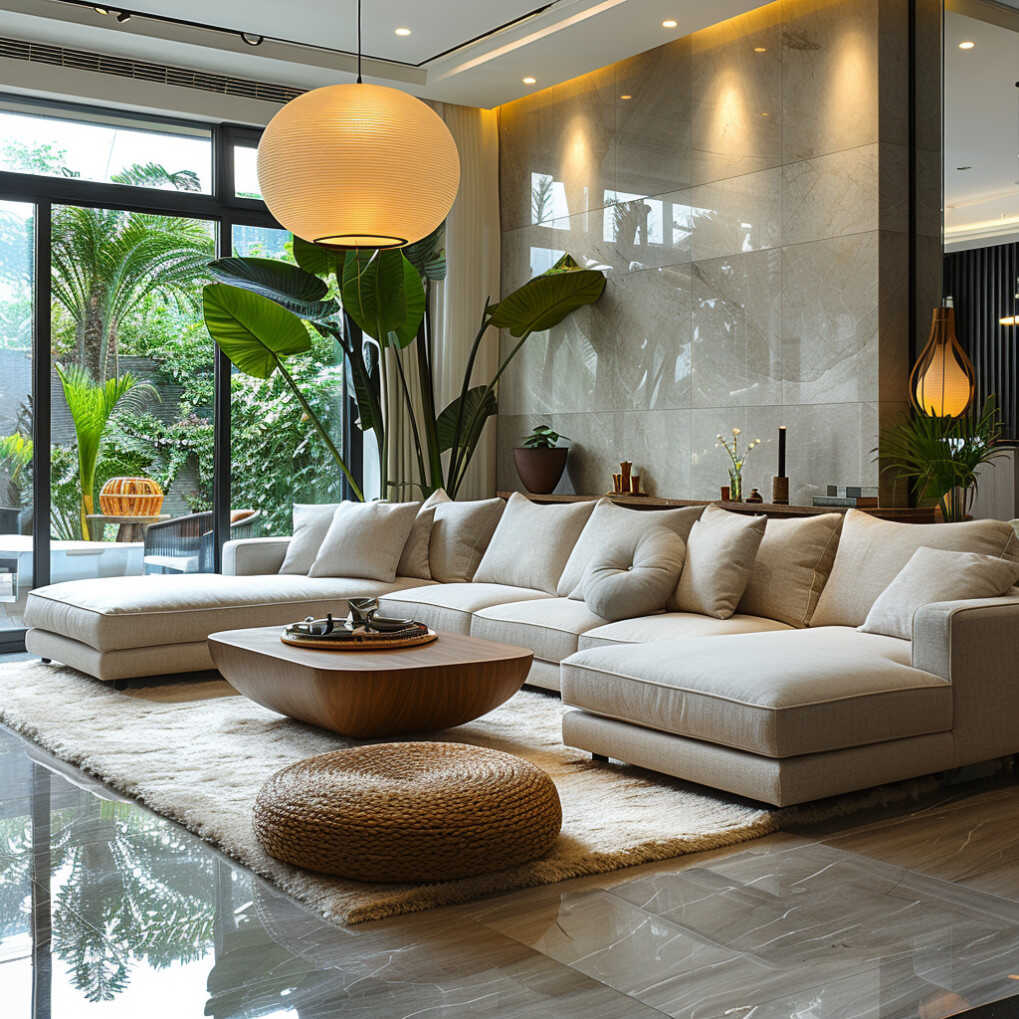
Eco-friendly or Green Design focuses on using sustainable materials and practices to reduce environmental impact. It often features natural materials, energy-efficient appliances, and a focus on reducing waste and conserving resources. Eco-friendly interiors are designed to be both beautiful and environmentally responsible.
Pro Tip:
To create an Eco-friendly look, use sustainable materials like bamboo and reclaimed wood, and incorporate energy-efficient lighting and appliances.
10. English Country
Key Features:
- Rustic and elegant
- Floral patterns
- Dark wood
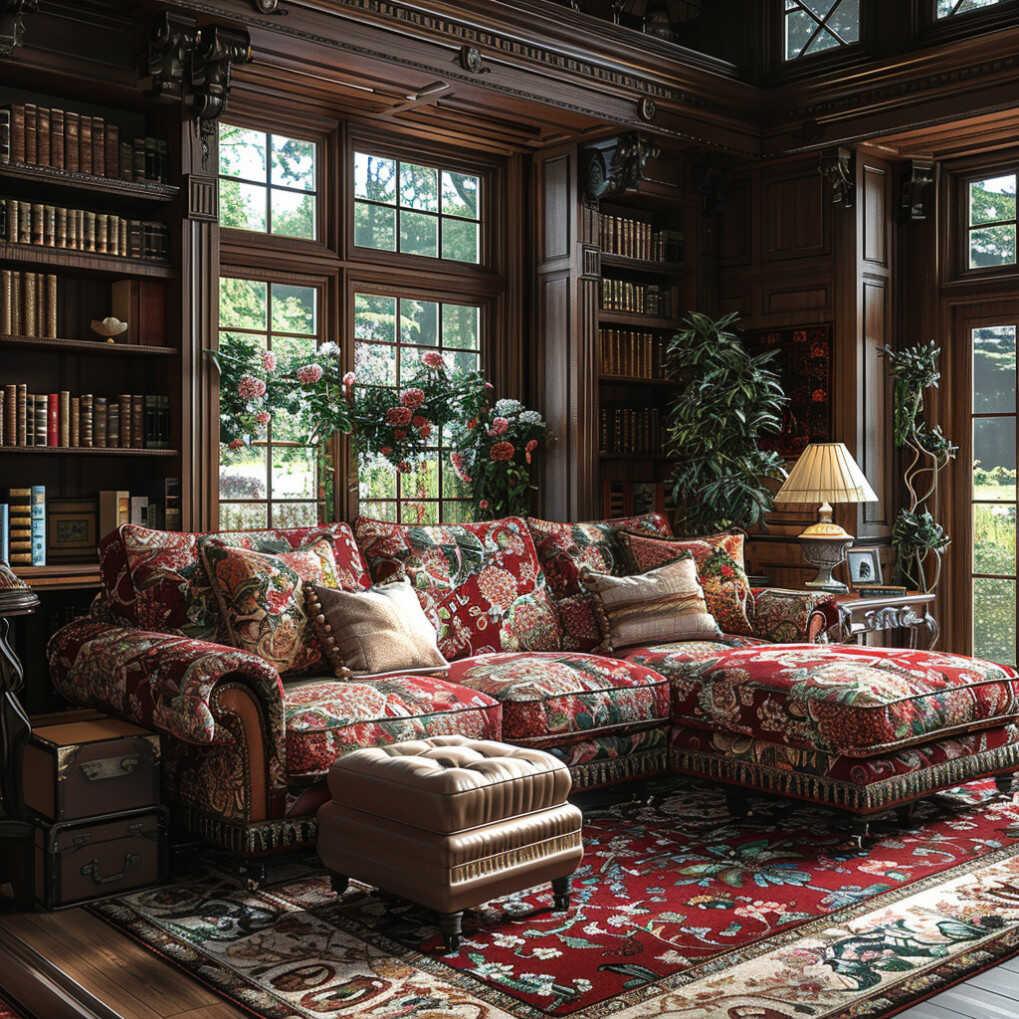
English Country design is rustic and elegant, with a focus on floral patterns, dark wood, and a cozy, inviting atmosphere. It often features plush upholstery, ornate details, and a mix of traditional and vintage elements. English Country interiors are designed to be warm and welcoming, with a sense of history and charm.
Pro Tip:
To achieve an English Country look, use floral patterns, dark wood furniture, and plush upholstery, and add vintage or antique decor items.
11. French Country
Key Features:
- Romantic and charming
- Distressed furniture
- Soft colors
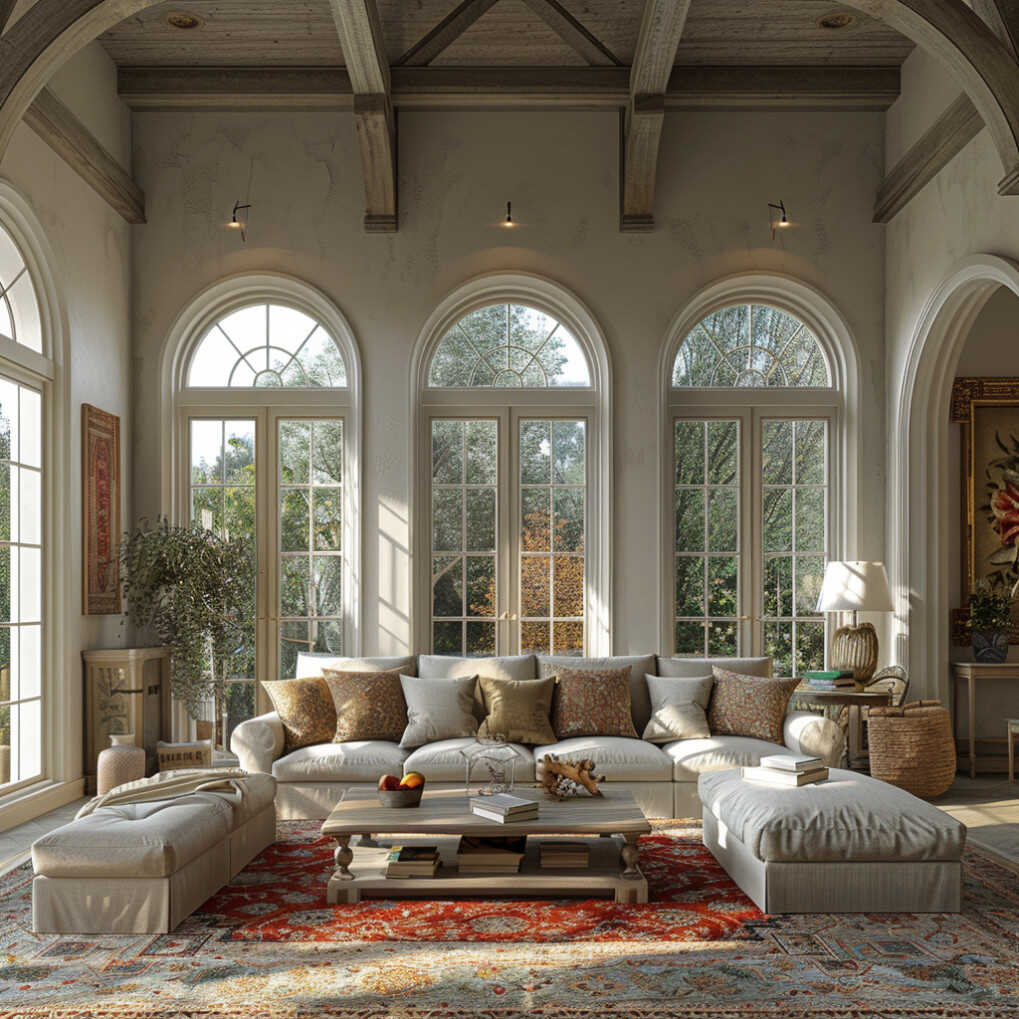
French Country design is romantic and charming, with a focus on distressed furniture, soft colors, and a relaxed, inviting atmosphere. It often features floral prints, vintage elements, and a mix of traditional and modern designs. French Country interiors are designed to be cozy and elegant, with a sense of rustic charm.
Pro Tip:
To create a French Country look, use distressed furniture, soft colors, and floral prints, and add vintage or antique decor items.
12. French Provincial
Key Features:
- Ornate and elegant
- Pastel colors
- Traditional motifs
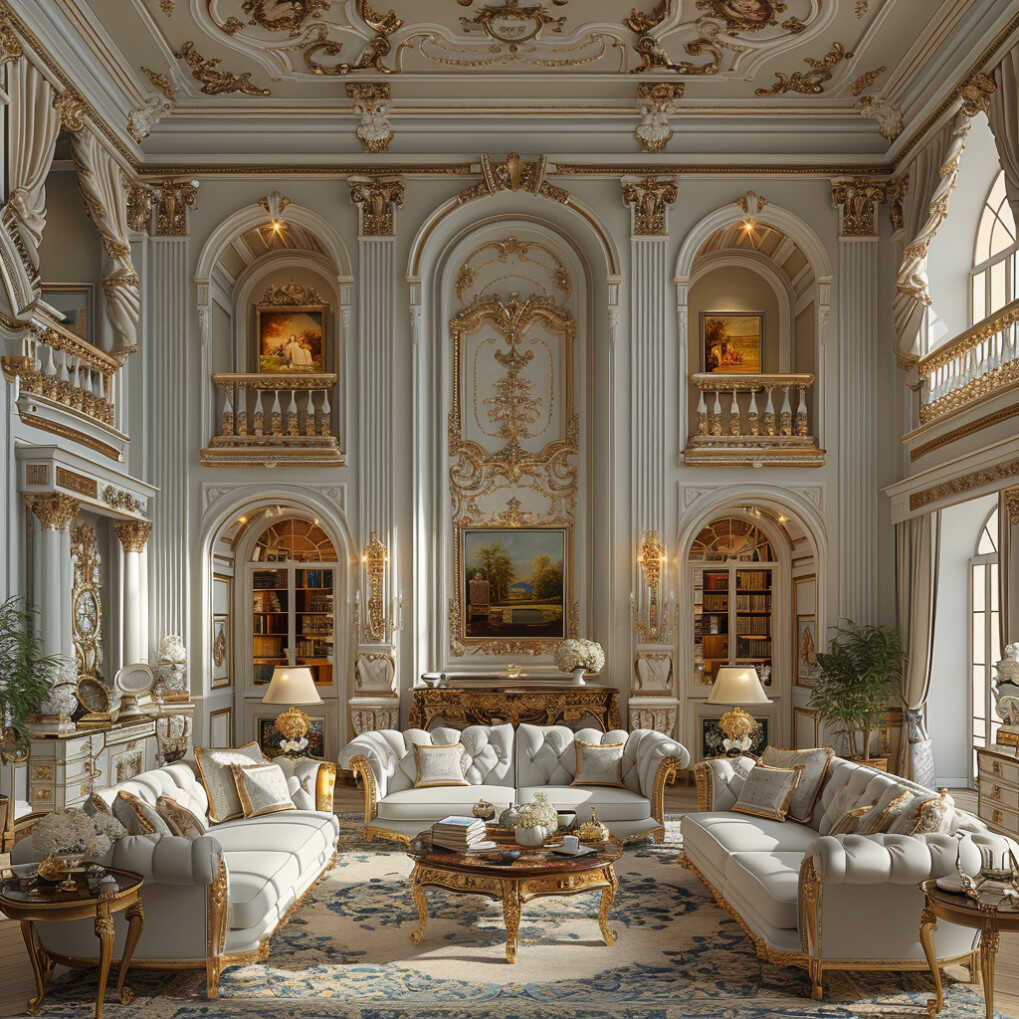
French Provincial design is ornate and elegant, with a focus on pastel colors, traditional motifs, and a sense of refinement. It often features ornate furniture, detailed moldings, and a mix of traditional and modern elements. French Provincial interiors are designed to be luxurious and sophisticated, with a touch of rustic charm.
Pro Tip:
To achieve a French Provincial look, use ornate furniture, pastel colors, and traditional motifs, and add detailed moldings and decorative elements.
13. Industrial
Key Features:
- Raw and exposed materials
- Metal and concrete
- Utilitarian feel
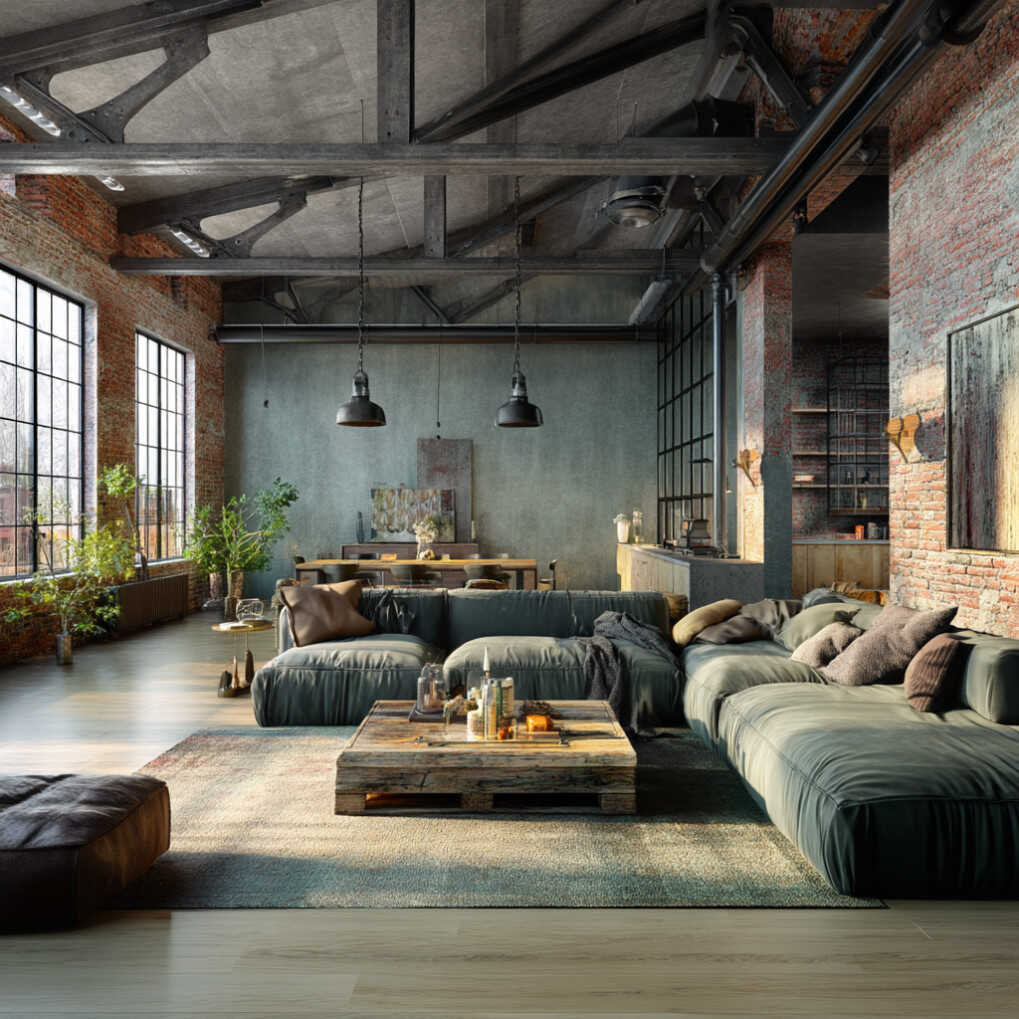
Industrial design is raw and exposed, with a focus on materials like metal, concrete, and brick. It often features exposed pipes, unfinished surfaces, and a utilitarian feel. Industrial interiors are designed to be functional and modern, with a sense of ruggedness and authenticity.
Pro Tip:
To create an Industrial look, use raw and exposed materials like metal and concrete, and add industrial lighting and furniture.
14. International
Key Features:
- Diverse and global
- Mix of styles
- Cultural influences
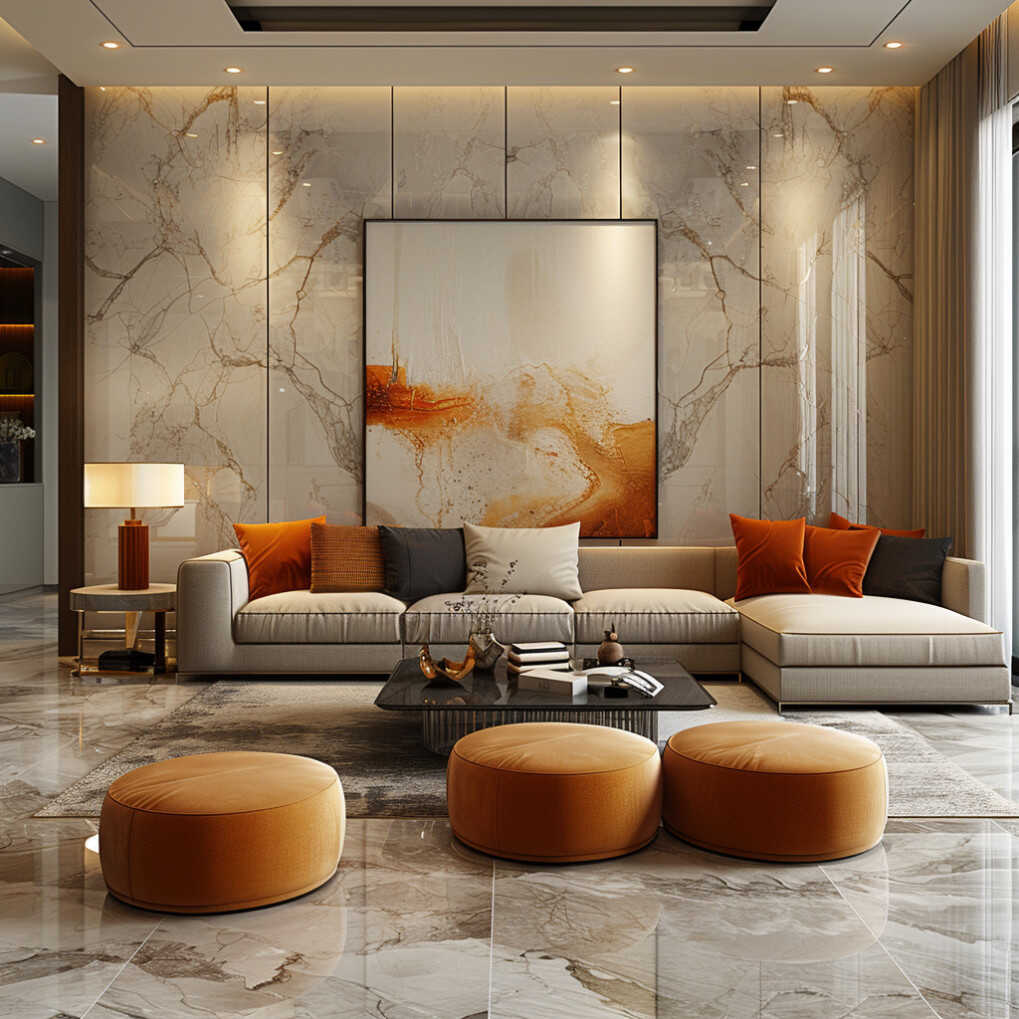
International design is diverse and global, with a mix of styles and cultural influences. It often features a blend of traditional and modern elements, with a focus on creating a unique and personalized space. International interiors are designed to be eclectic and sophisticated, with a sense of cultural richness and diversity.
Pro Tip:
To achieve an International look, mix and match elements from different cultures and styles, and use a variety of textures and materials.
15. Japandi
Key Features:
- Minimalism
- Natural elements
- Warm and cozy
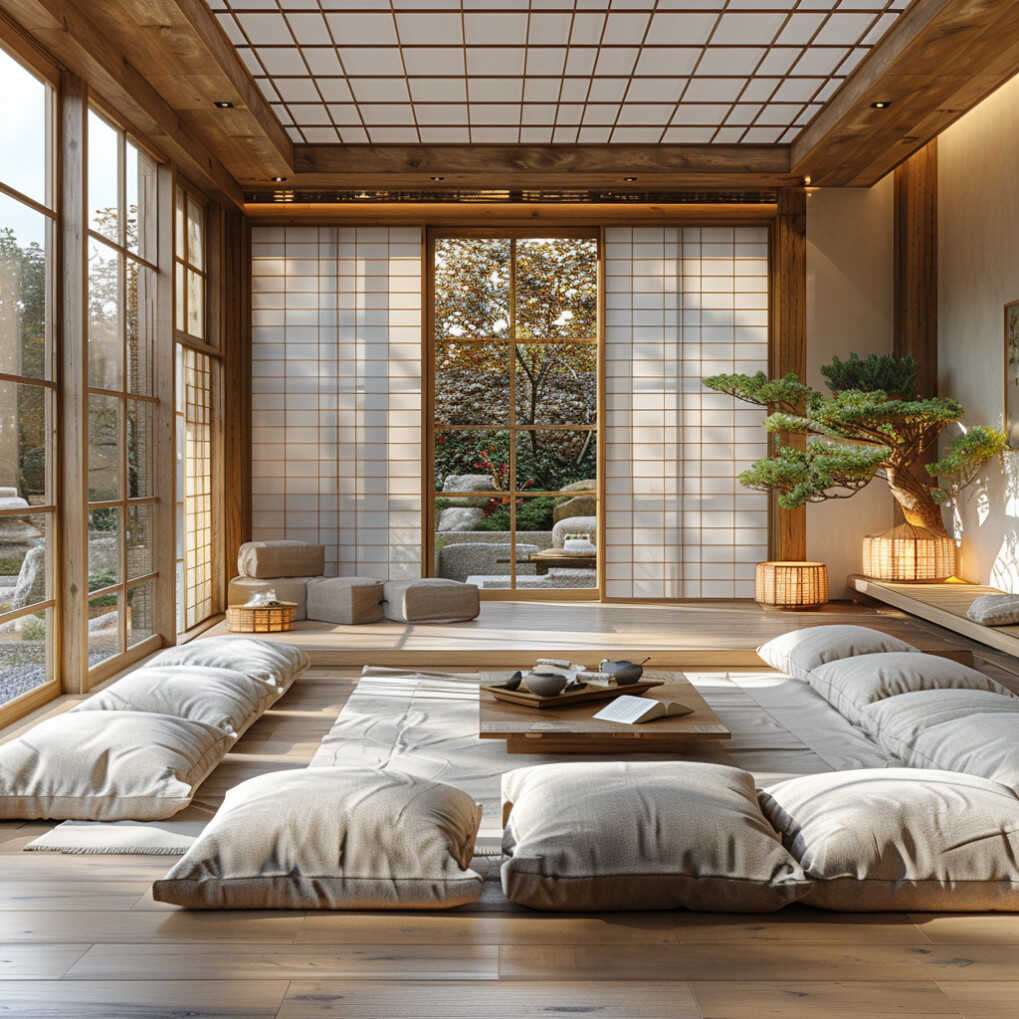
Japandi is a fusion of Japanese and Scandinavian design, emphasizing minimalism and natural elements. It often features a neutral color palette, simple and functional furniture, and a sense of warmth and coziness. Japandi interiors are designed to be calm and uncluttered, with a focus on creating a peaceful and balanced space.
Pro Tip:
To achieve a Japandi look, use a neutral color palette, natural materials like wood and cotton, and simple and functional furniture.
16. Maximalist
Key Features:
- Bold and colorful
- Abundance and richness
- Eclectic mix
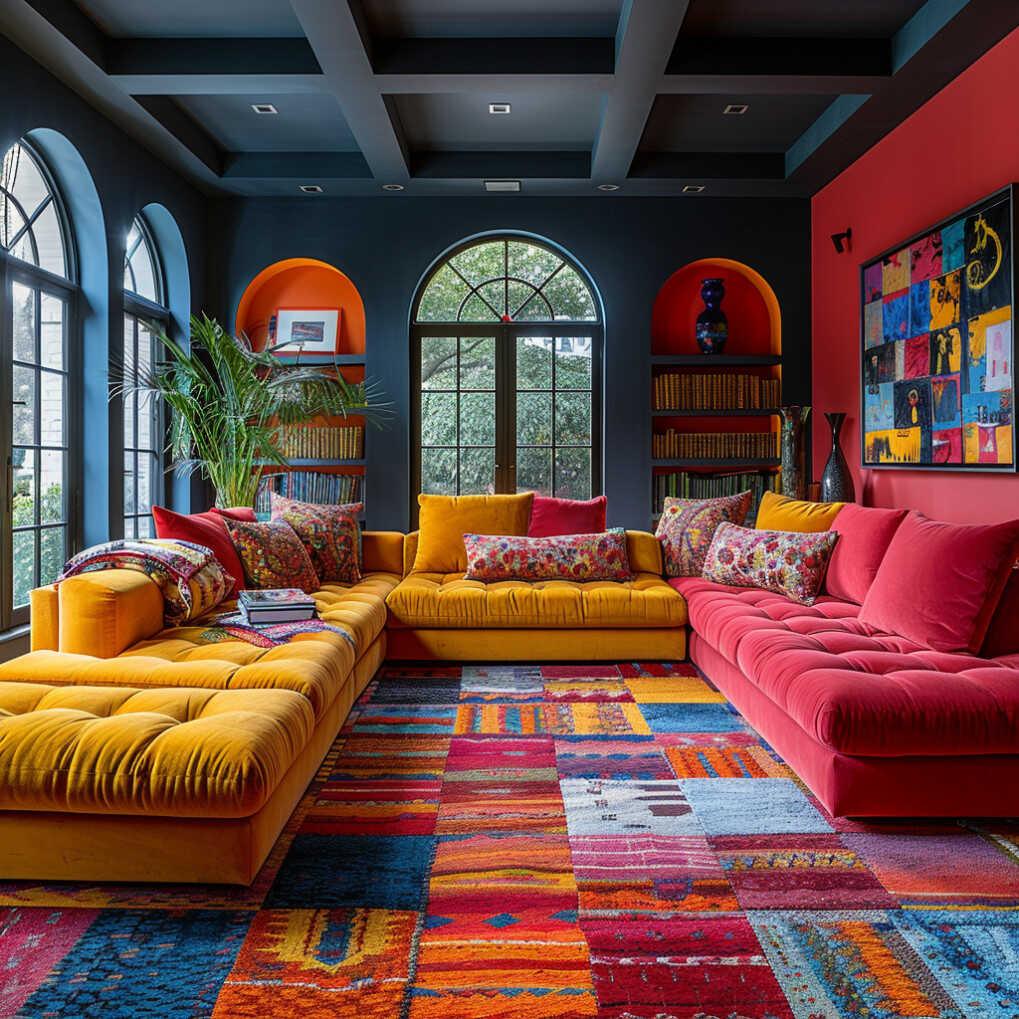
Maximalist design is bold and colorful, with a focus on abundance and richness. It often features an eclectic mix of patterns, textures, and colors, creating a vibrant and dynamic space. Maximalist interiors are designed to be visually striking and full of personality, with a sense of abundance and luxury.
Pro Tip:
To create a Maximalist look, mix and match different patterns, textures, and colors, and add bold and colorful decor items.
17. Medieval
Key Features:
- Dark and dramatic
- Heavy wood
- Stone and metal accents
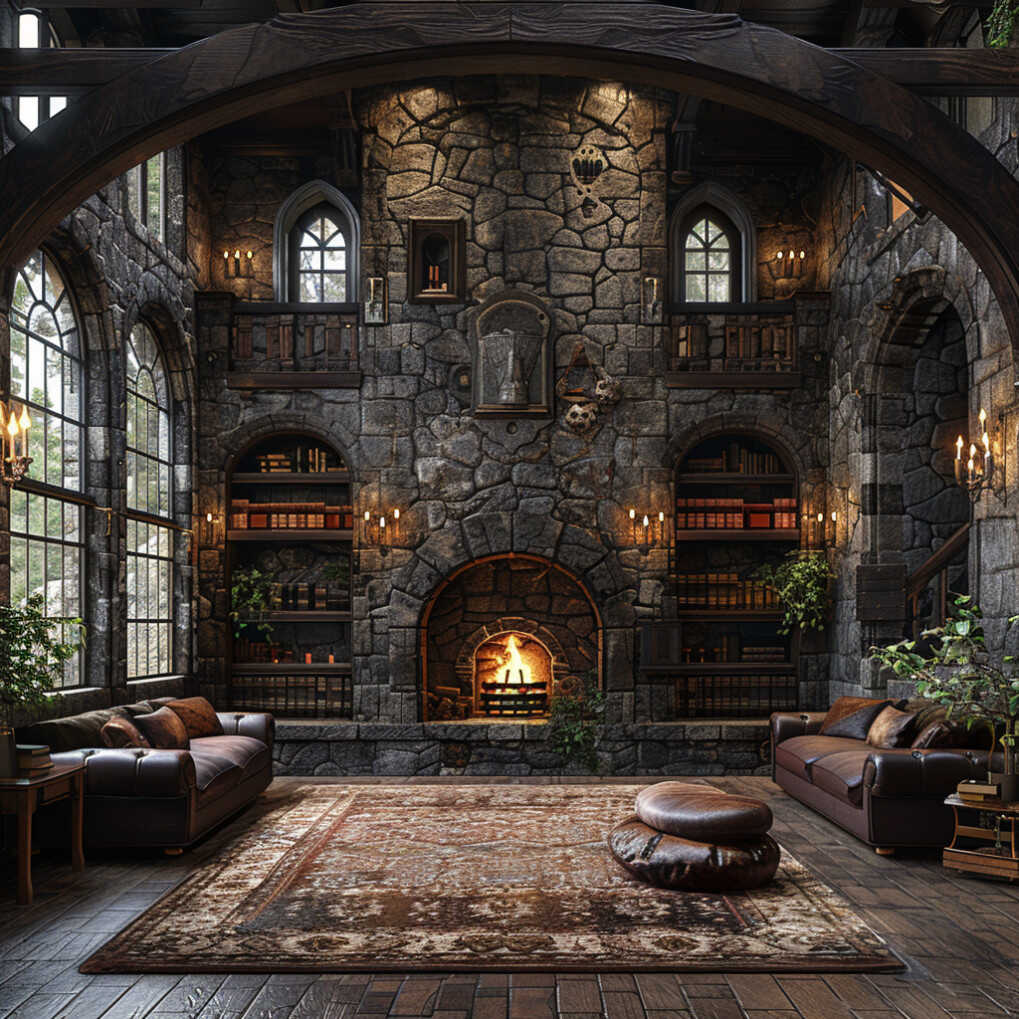
Medieval design is dark and dramatic, with a focus on heavy wood, stone, and metal accents. It often features ornate details, dark colors, and a sense of grandeur and history. Medieval interiors are designed to be imposing and majestic, with a sense of power and authority.
Pro Tip:
To achieve a Medieval look, use heavy wood furniture, stone and metal accents, and dark colors, and add ornate details and decorative elements.
18. Mid-Century Modern
Key Features:
- Classic and timeless
- Clean lines
- Organic forms
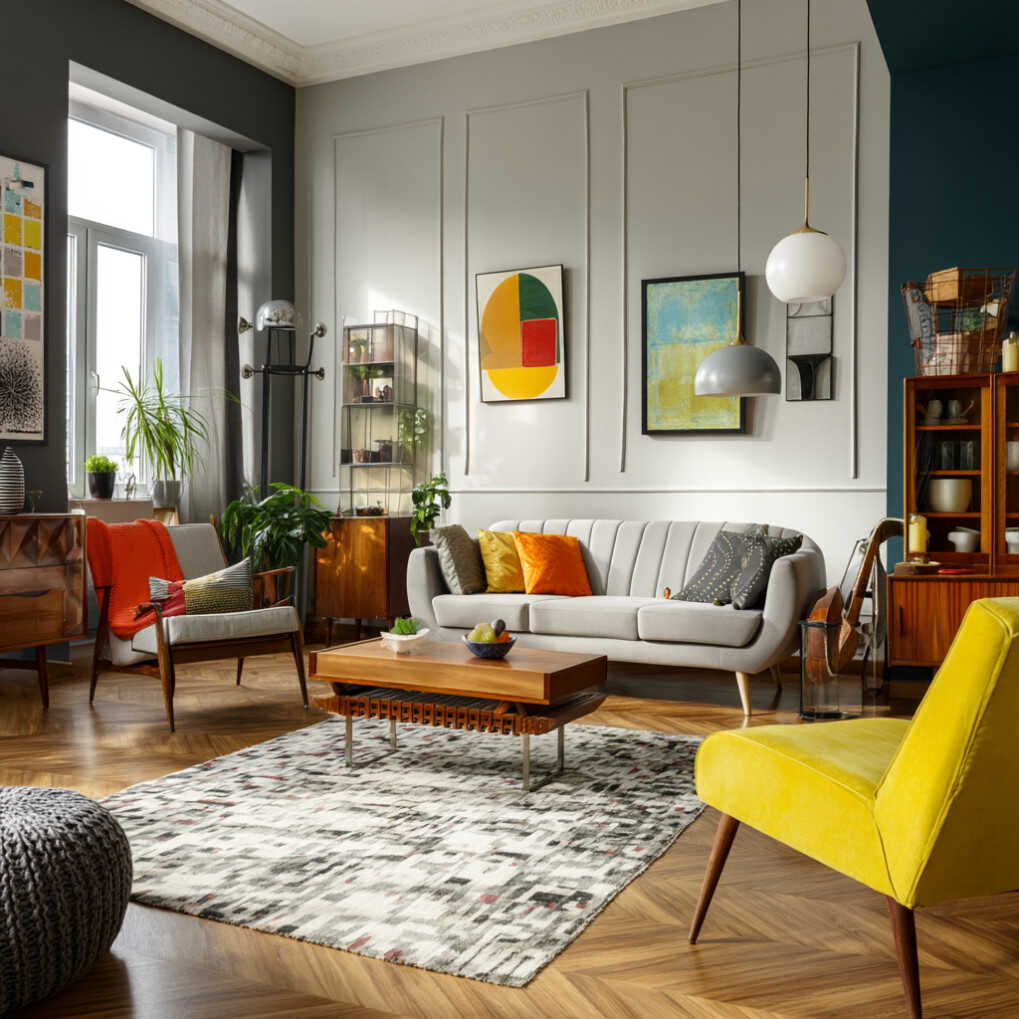
Mid-Century Modern design is classic and timeless, with a focus on clean lines, organic forms, and a mix of materials. It emerged in the mid-20th century and is known for its sleek and functional furniture, with a sense of simplicity and elegance. Mid-Century Modern interiors are designed to be modern and sophisticated, with a sense of timeless appeal.
Pro Tip:
To achieve a Mid-Century Modern look, use furniture with clean lines and organic forms, and a mix of materials like wood, glass, and metal.
19. Minimalist
Key Features:
- Simple and uncluttered
- Neutral colors
- Essential elements
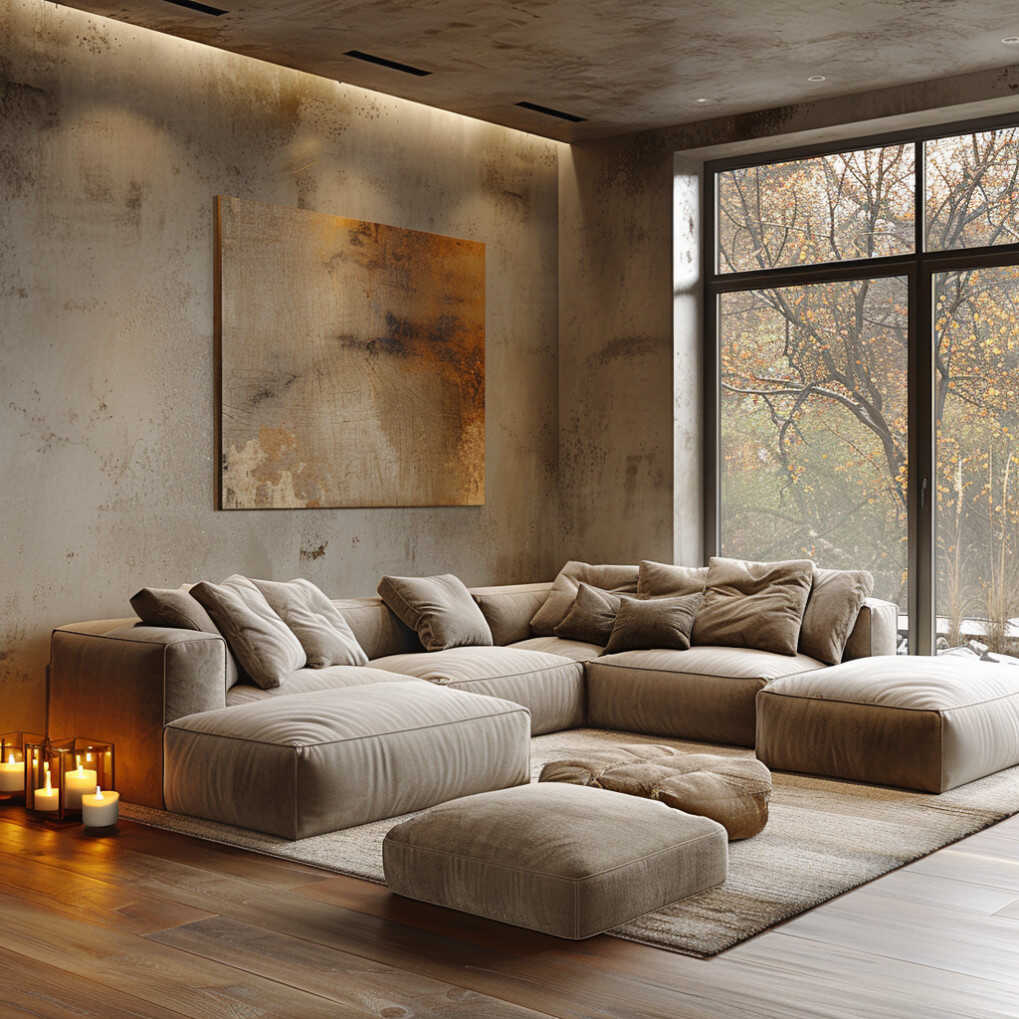
Minimalist design is simple and uncluttered, with a focus on essential elements and a neutral color palette. It often features clean lines, functional furniture, and a sense of openness and light. Minimalist interiors are designed to be calm and uncluttered, with a focus on creating a peaceful and balanced space.
Pro Tip:
To achieve a Minimalist look, use a neutral color palette, simple and functional furniture, and a minimal amount of decor items.
20. Mission
Key Features:
- Simple and sturdy
- Dark wood
- Functional design
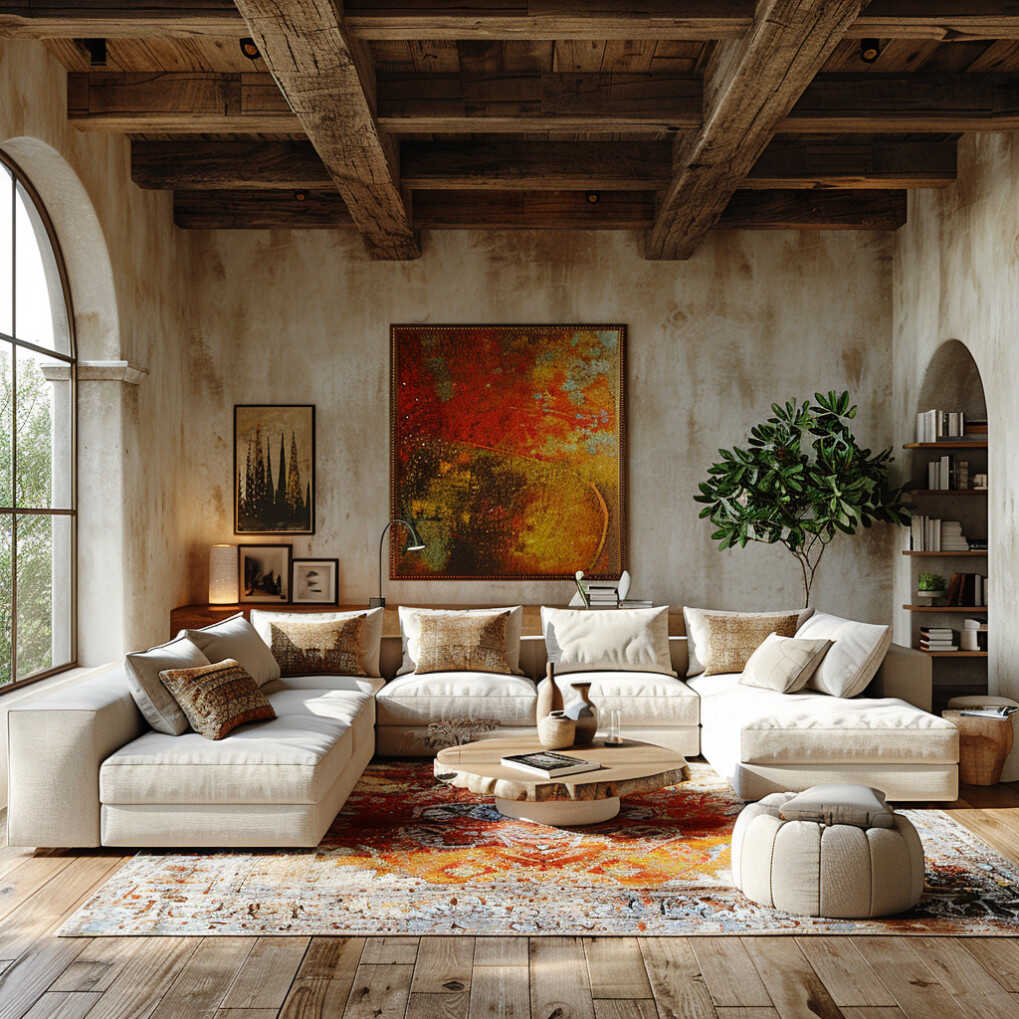
Mission design is inspired by the Spanish missions in California, with a focus on simple and sturdy furniture, dark wood, and functional design. It often features clean lines, simple forms, and a sense of simplicity and elegance. Mission interiors are designed to be practical and functional, with a sense of warmth and coziness.
Pro Tip:
To achieve a Mission look, use simple and sturdy furniture, dark wood, and a neutral color palette, and add functional and practical decor items.
21. Modern Farmhouse
Key Features:
- Simple and modern
- Rustic elements
- Warm and inviting
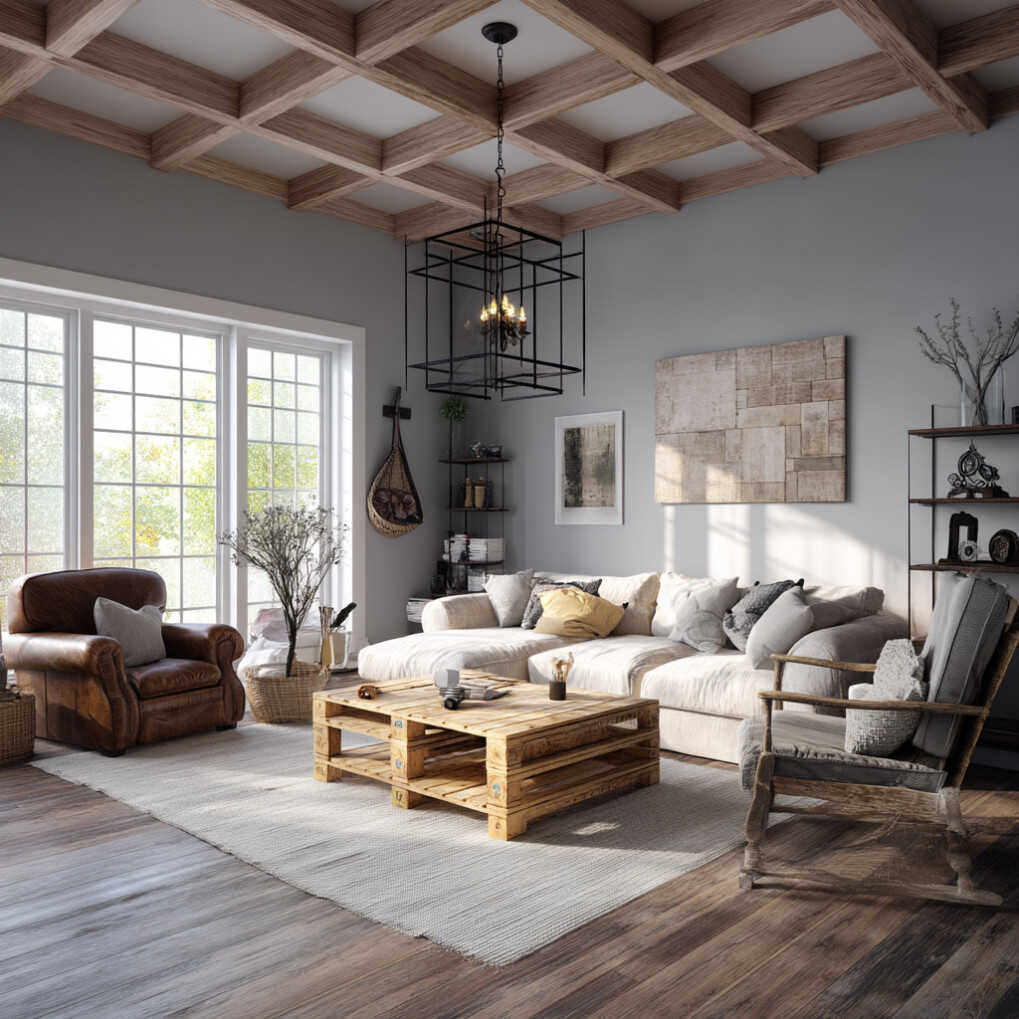
Modern Farmhouse design combines the simplicity of modern design with the warmth of traditional farmhouse elements. It often features clean lines, natural materials, and a sense of warmth and coziness. Modern Farmhouse interiors are designed to be practical and functional, with a sense of rustic charm and modern sophistication.
Pro Tip:
To achieve a Modern Farmhouse look, use clean lines, natural materials like wood and stone, and a neutral color palette, and add rustic elements like barn doors and shiplap walls.
22. Mediterranean
Key Features:
- Bright and sunny
- White walls
- Blue accents
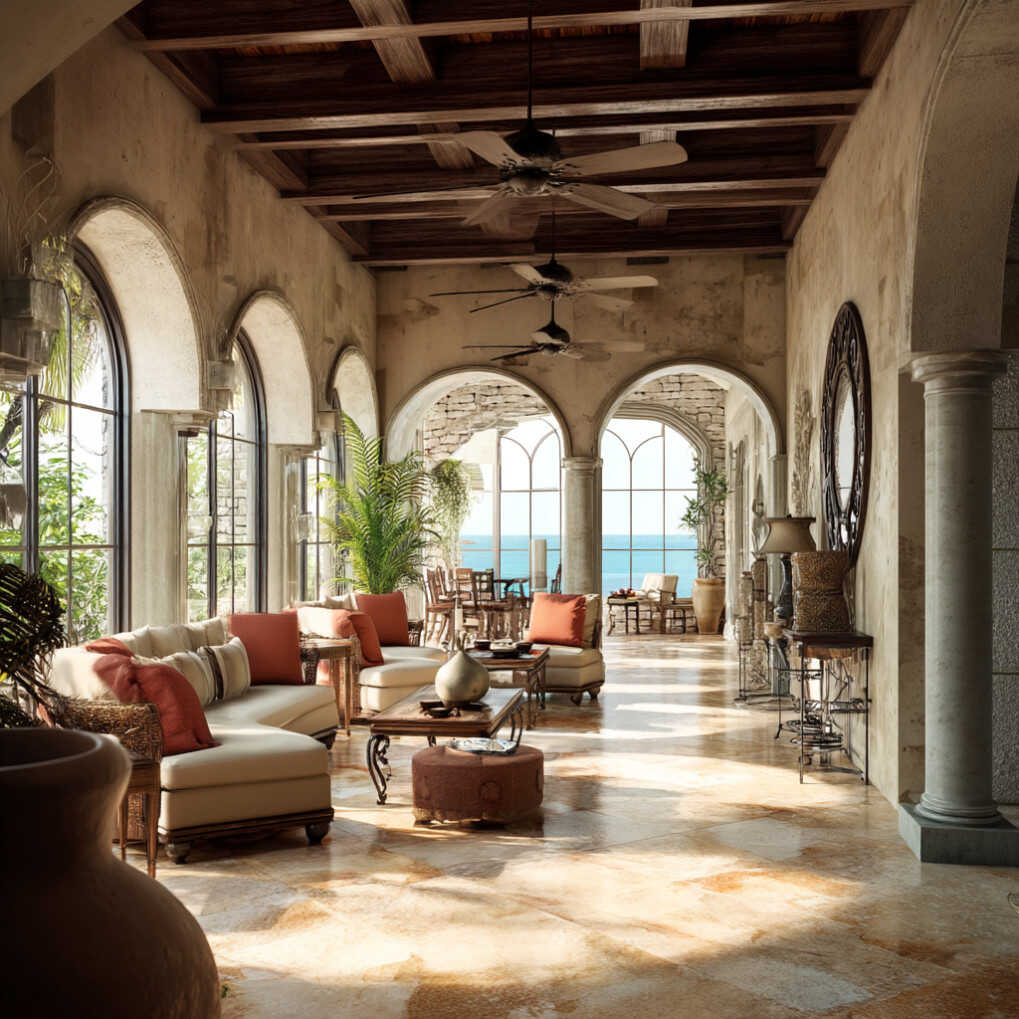
Mediterranean design is bright and sunny, with a focus on white walls, blue accents, and natural materials. It often features decorative tiles, ornate details, and a sense of warmth and relaxation. Mediterranean interiors are designed to be vibrant and inviting, with a sense of coastal charm and relaxation.
Pro Tip:
To create a Mediterranean look, use white walls, blue accents, and natural materials like stone and tile, and add decorative elements like ceramic tiles and ornate details.
23. Moroccan
Key Features:
- Vibrant and luxurious
- Intricate patterns
- Rich textures
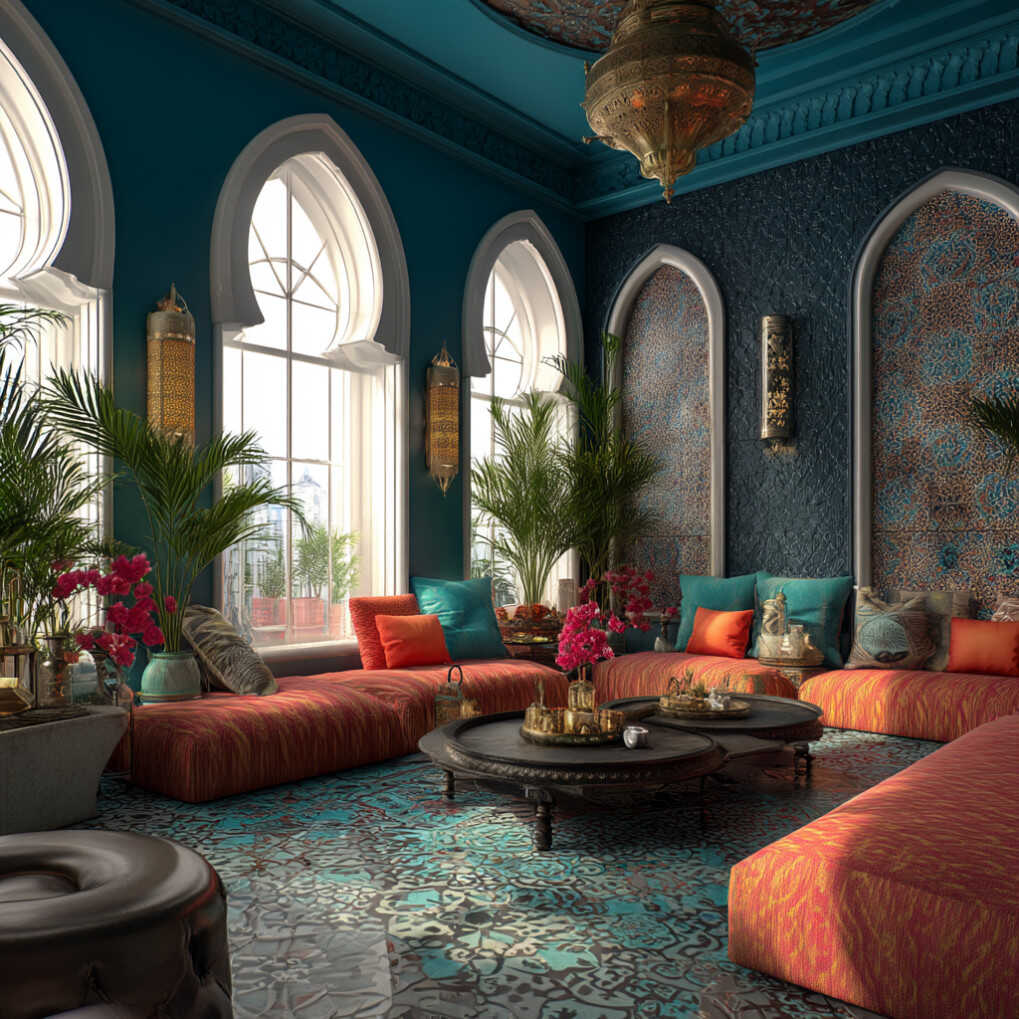
Moroccan design is vibrant and luxurious, with a focus on intricate patterns, rich textures, and a sense of opulence. It often features bold colors, ornate details, and a mix of traditional and modern elements. Moroccan interiors are designed to be visually striking and full of personality, with a sense of cultural richness and diversity.
Pro Tip:
To achieve a Moroccan look, use vibrant colors, intricate patterns, and rich textures, and add ornate details and decorative elements.
24. Nautical
Key Features:
- Inspired by the sea
- Blue and white colors
- Rope and sailboat motifs
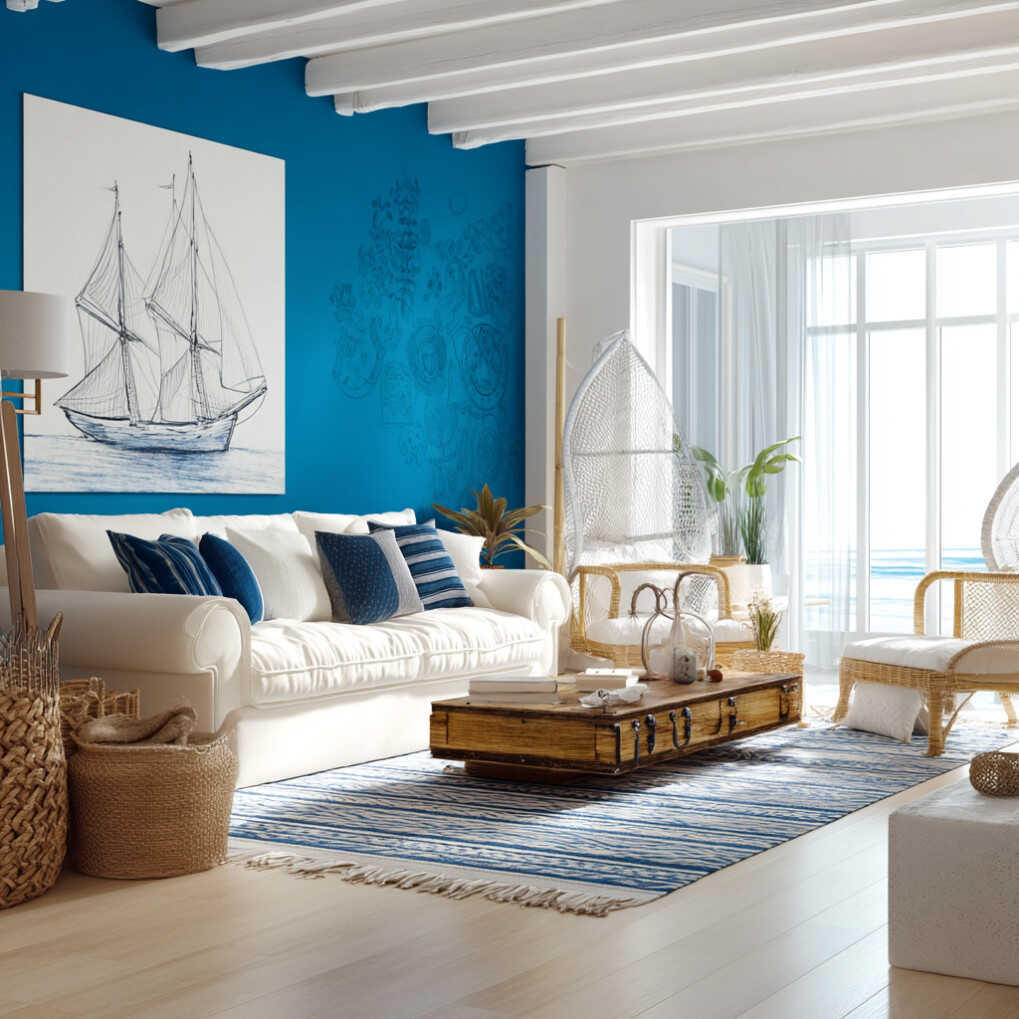
Nautical design is inspired by the sea, with a focus on blue and white colors, rope, and sailboat motifs. It often features decorative elements like anchors, seashells, and nautical flags, and a sense of coastal charm and relaxation. Nautical interiors are designed to be vibrant and inviting, with a sense of coastal charm and relaxation.
Pro Tip:
To create a Nautical look, use blue and white colors, rope, and sailboat motifs, and add decorative elements like anchors and seashells.
25. Neoclassical
Key Features:
- Elegant and refined
- Symmetrical designs
- Classical motifs
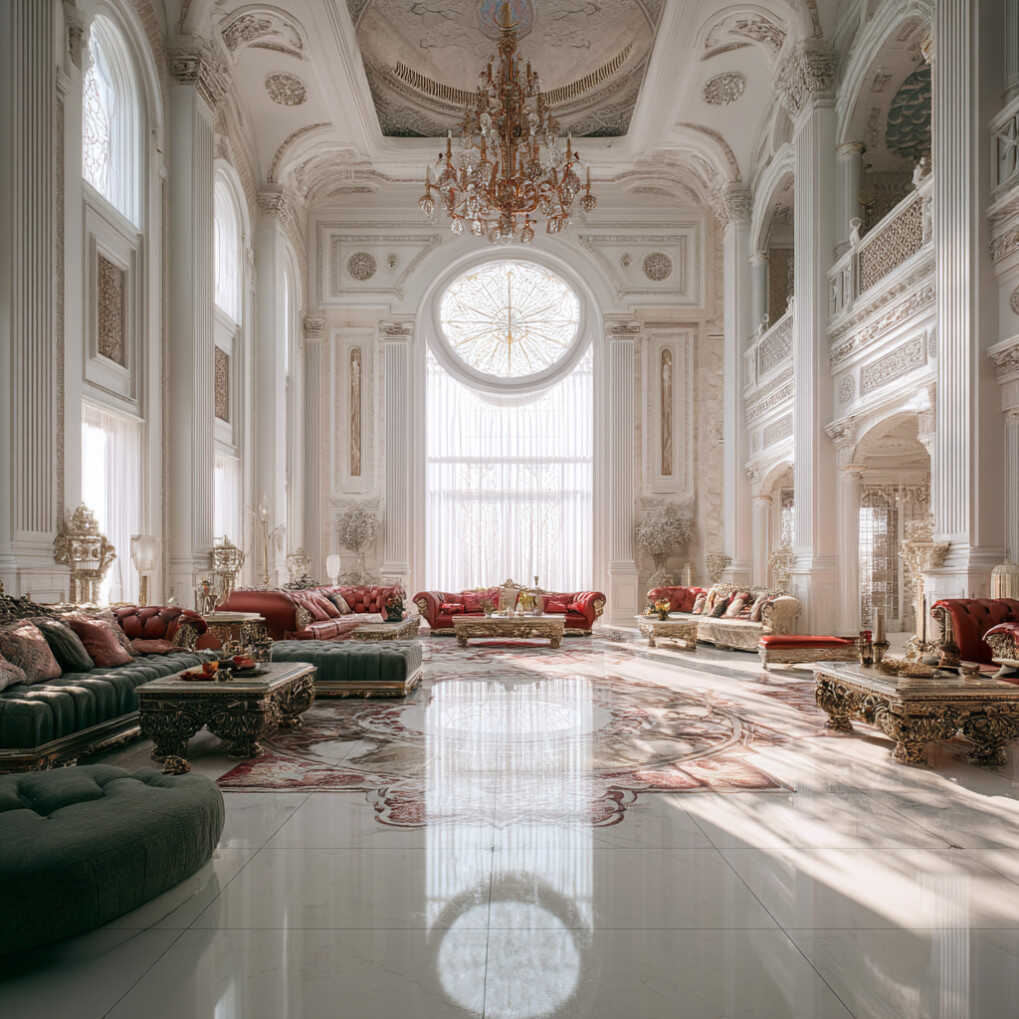
Neoclassical design is elegant and refined, with a focus on symmetrical designs, classical motifs, and a sense of grandeur and history. It often features ornate details, detailed moldings, and a mix of traditional and modern elements. Neoclassical interiors are designed to be luxurious and sophisticated, with a sense of elegance and refinement.
Pro Tip:
To achieve a Neoclassical look, use symmetrical designs, classical motifs, and ornate details, and add detailed moldings and decorative elements.
26. New Traditional
Key Features:
- Modern take on traditional
- Mix of classic and contemporary
- Balanced and elegant
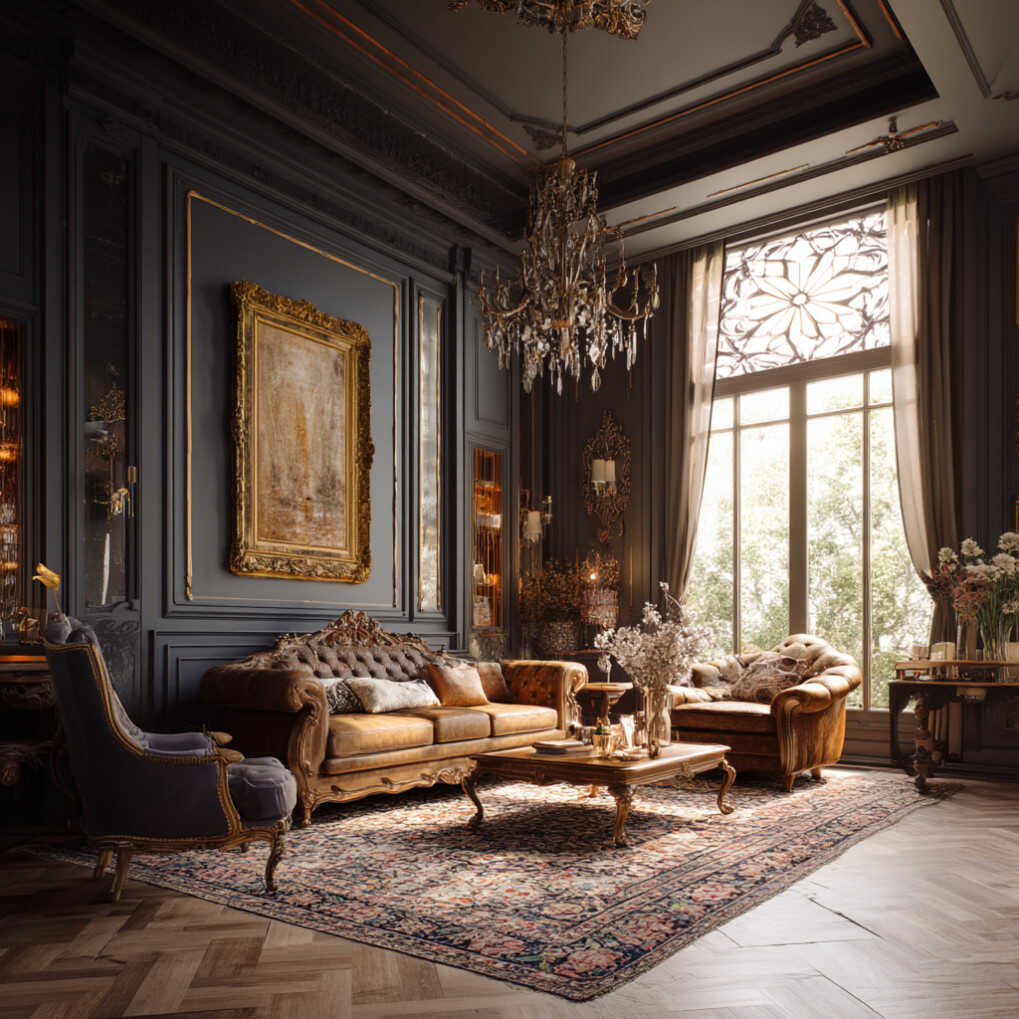
New Traditional design is a modern take on traditional design, with a mix of classic and contemporary elements. It often features balanced and elegant designs, with a focus on creating a timeless and sophisticated space. New Traditional interiors are designed to be practical and functional, with a sense of elegance and refinement.
Pro Tip:
To achieve a New Traditional look, mix classic and contemporary elements, use a balanced and elegant design, and add decorative details and elements.
27. Nordic
Key Features:
- Clean and functional
- Natural light
- Minimalism
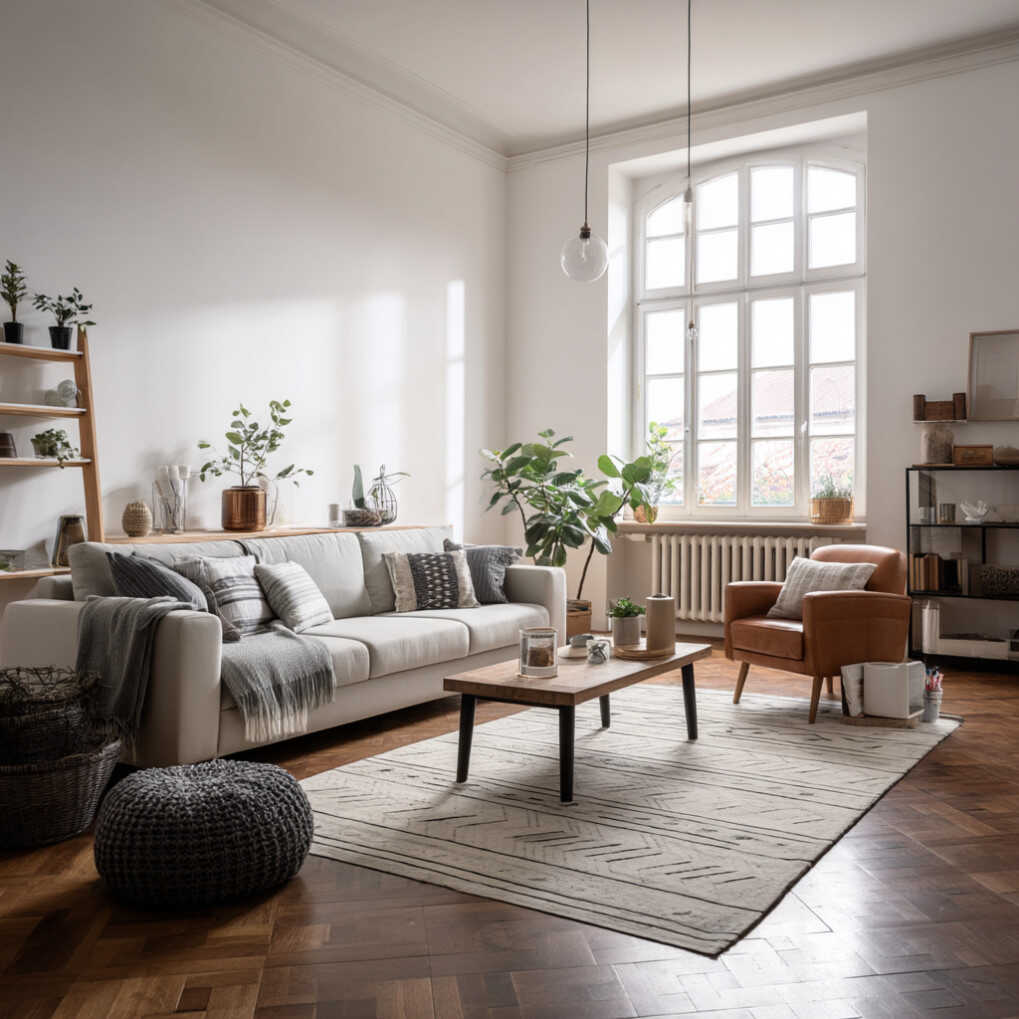
Nordic design is clean and functional, with a focus on natural light, minimalism, and a sense of simplicity and elegance. It often features a neutral color palette, natural materials, and a sense of warmth and coziness. Nordic interiors are designed to be practical and functional, with a sense of calm and balance.
Pro Tip:
To achieve a Nordic look, use a neutral color palette, natural materials like wood and cotton, and a clean and functional design.
28. Prairie
Key Features:
- Inspired by the American Midwest
- Horizontal lines
- Open spaces
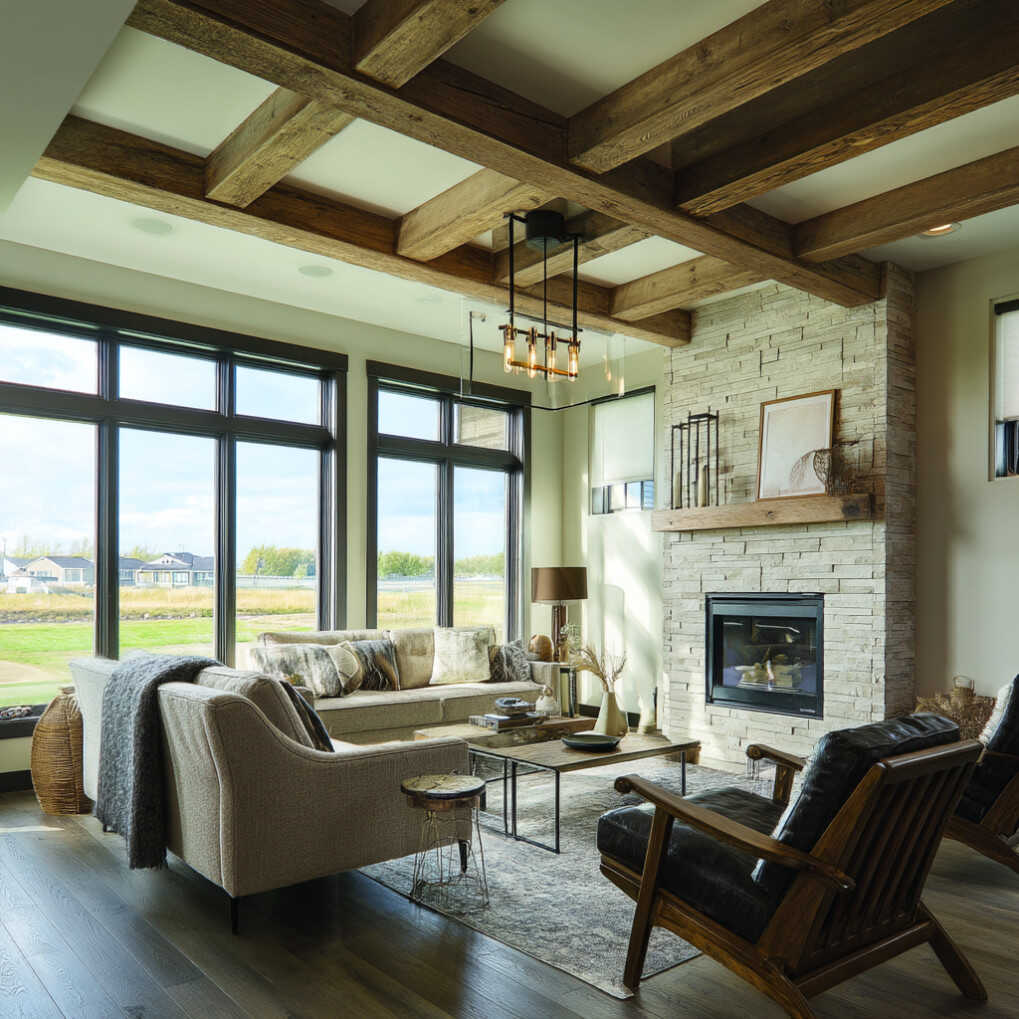
Prairie design is inspired by the American Midwest, with a focus on horizontal lines, open spaces, and a sense of simplicity and elegance. It often features natural materials, clean lines, and a sense of warmth and coziness. Prairie interiors are designed to be practical and functional, with a sense of natural beauty and simplicity.
Pro Tip:
To achieve a Prairie look, use horizontal lines, open spaces, and natural materials, and add decorative elements like wooden beams and natural wood furniture.
29. Rustic
Key Features:
- Cozy and natural
- Wood and stone
- Warm and inviting
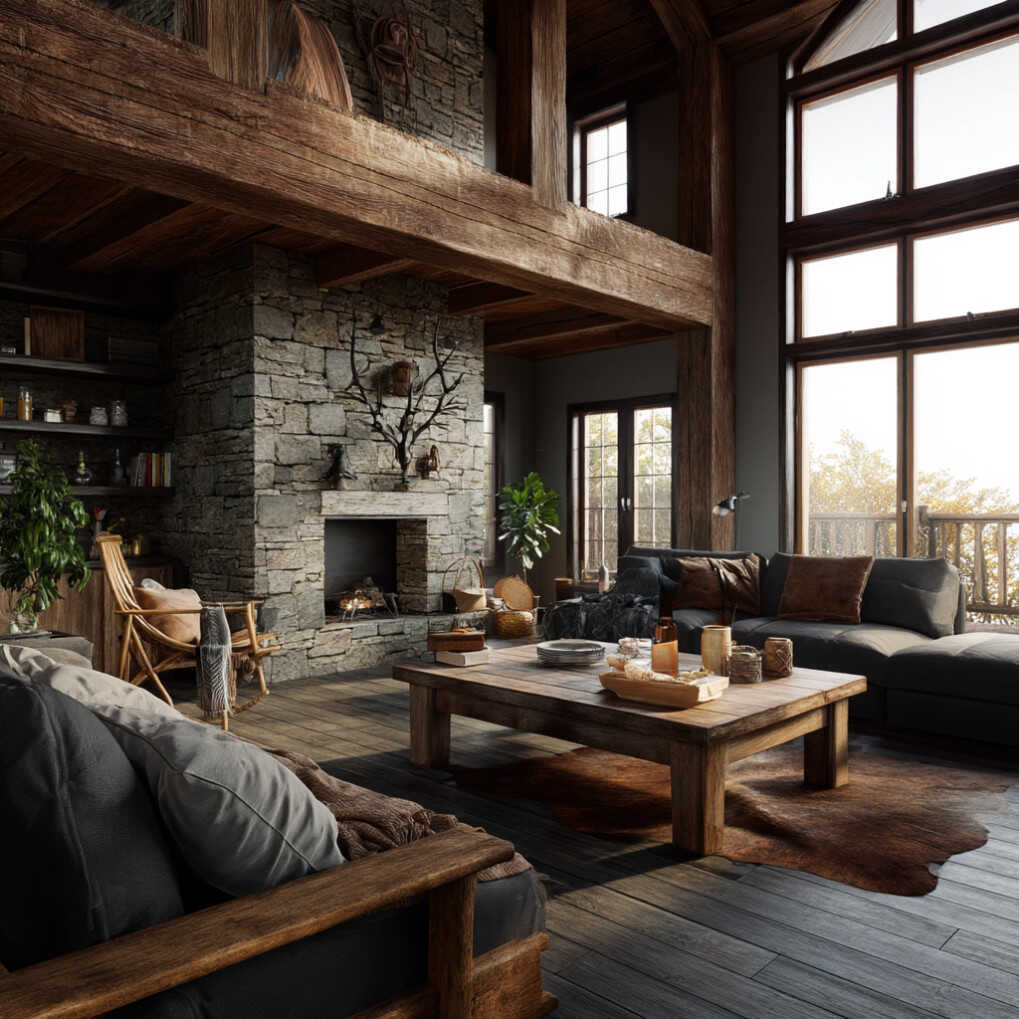
Rustic design is cozy and natural, with a focus on wood, stone, and a sense of warmth and coziness. It often features natural materials, simple and functional furniture, and a sense of rustic charm and authenticity. Rustic interiors are designed to be practical and functional, with a sense of natural beauty and simplicity.
Pro Tip:
To achieve a Rustic look, use natural materials like wood and stone, simple and functional furniture, and a neutral color palette, and add decorative elements like wooden beams and natural wood furniture.
30. Scandinavian
Key Features:
- Clean and functional
- Natural materials
- Minimalism
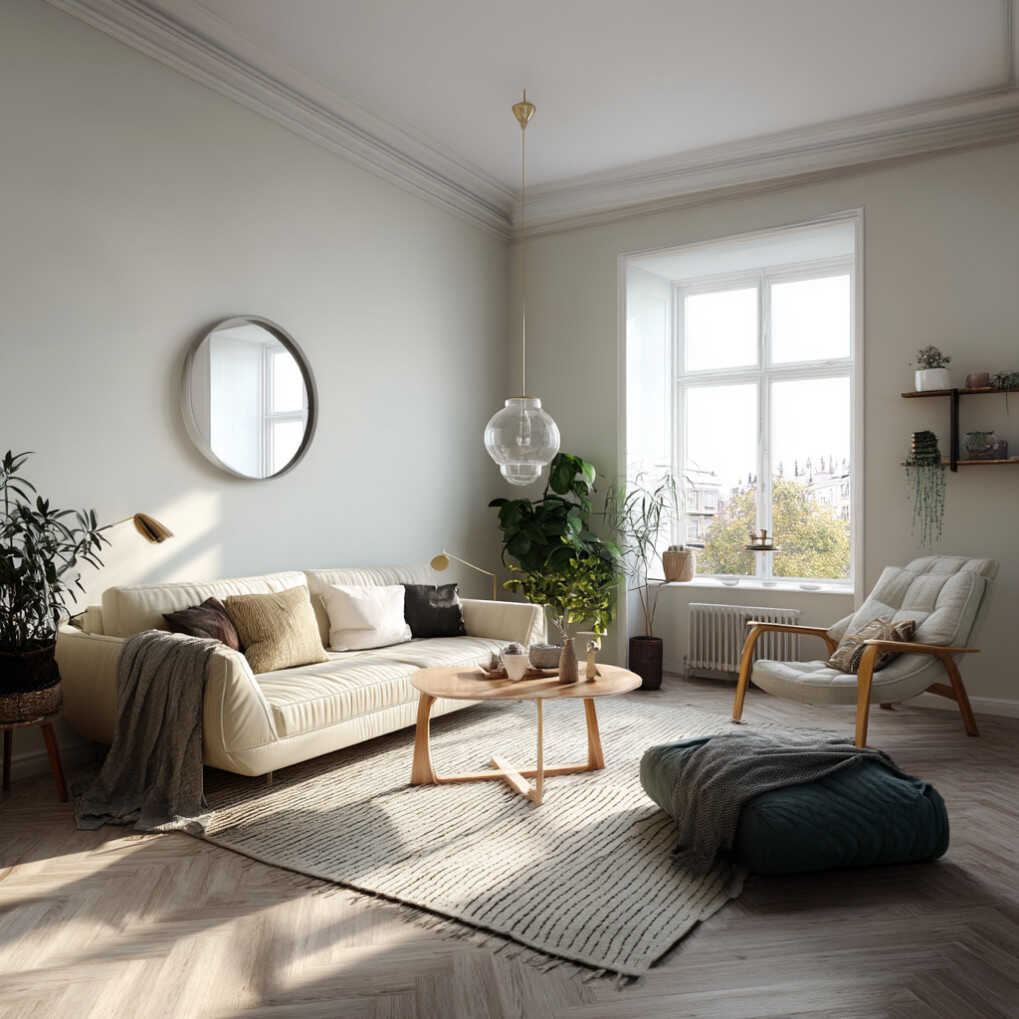
Scandinavian design is clean and functional, with a focus on natural materials, minimalism, and a sense of simplicity and elegance. It often features a neutral color palette, natural materials, and a sense of warmth and coziness. Scandinavian interiors are designed to be practical and functional, with a sense of calm and balance.
Pro Tip:
To achieve a Scandinavian look, use a neutral color palette, natural materials like wood and cotton, and a clean and functional design.
31. Shabby Chic
Key Features:
- Romantic and vintage
- Distressed furniture
- Soft, pastel colors
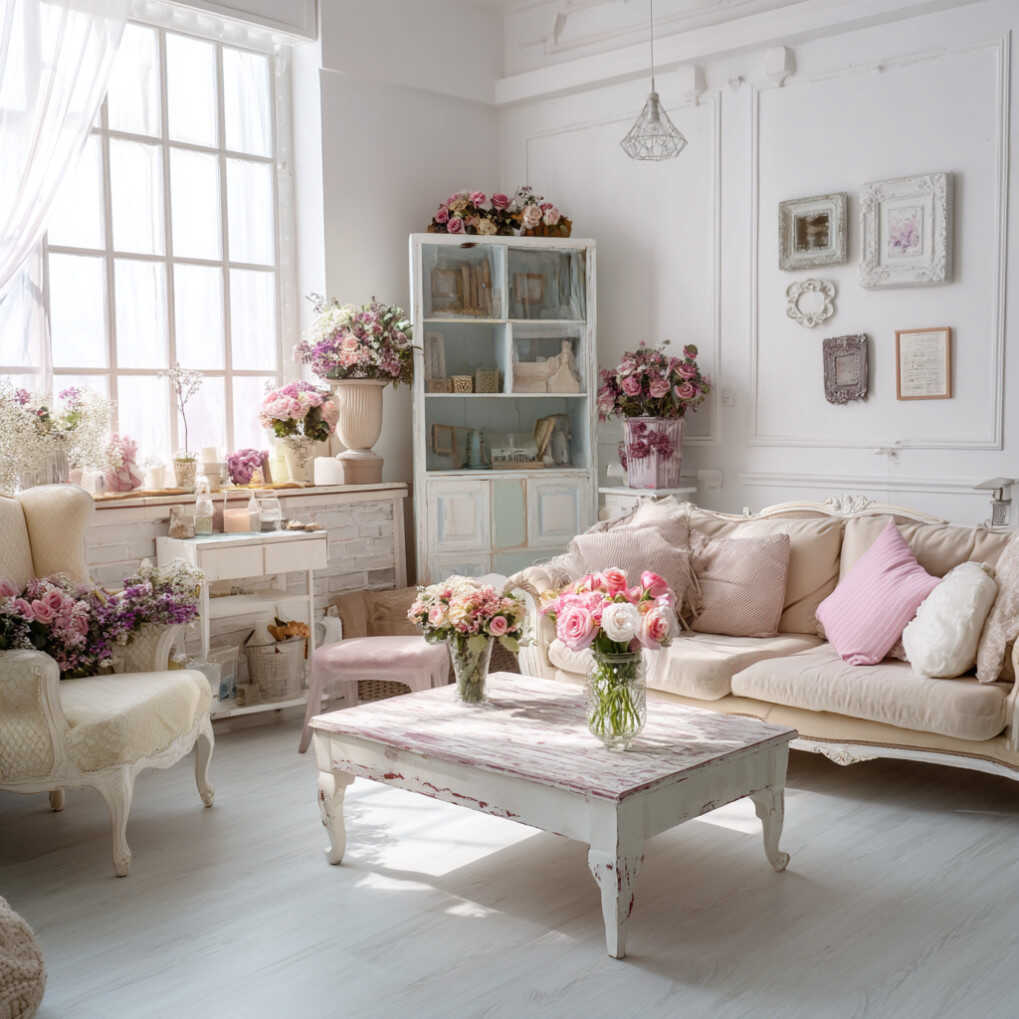
Shabby Chic design is romantic and vintage, with a focus on distressed furniture, soft pastel colors, and a sense of warmth and coziness. It often features floral prints, vintage elements, and a mix of traditional and modern designs. Shabby Chic interiors are designed to be cozy and elegant, with a sense of rustic charm and authenticity.
Pro Tip:
To achieve a Shabby Chic look, use distressed furniture, soft pastel colors, and floral prints, and add vintage or antique decor items.
32. Southwestern
Key Features:
- Earthy and warm
- Adobe and terracotta
- Native American influences
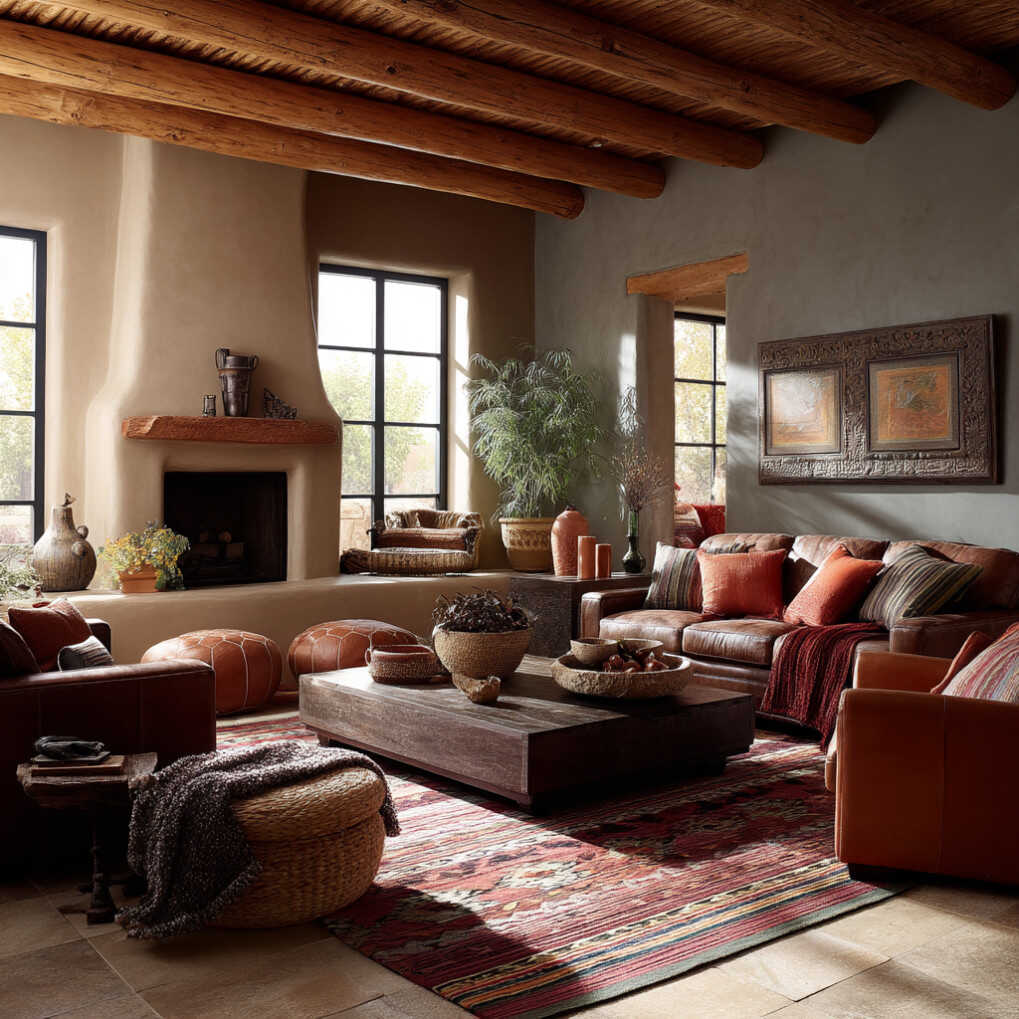
Southwestern design is earthy and warm, with a focus on adobe, terracotta, and Native American influences. It often features natural materials, warm colors, and a sense of rustic charm and authenticity. Southwestern interiors are designed to be practical and functional, with a sense of natural beauty and simplicity.
Pro Tip:
To achieve a Southwestern look, use natural materials like adobe and terracotta, warm colors, and Native American influences, and add decorative elements like woven rugs and pottery.
33. Sustainable
Key Features:
- Eco-friendly materials
- Energy efficiency
- Minimal environmental impact
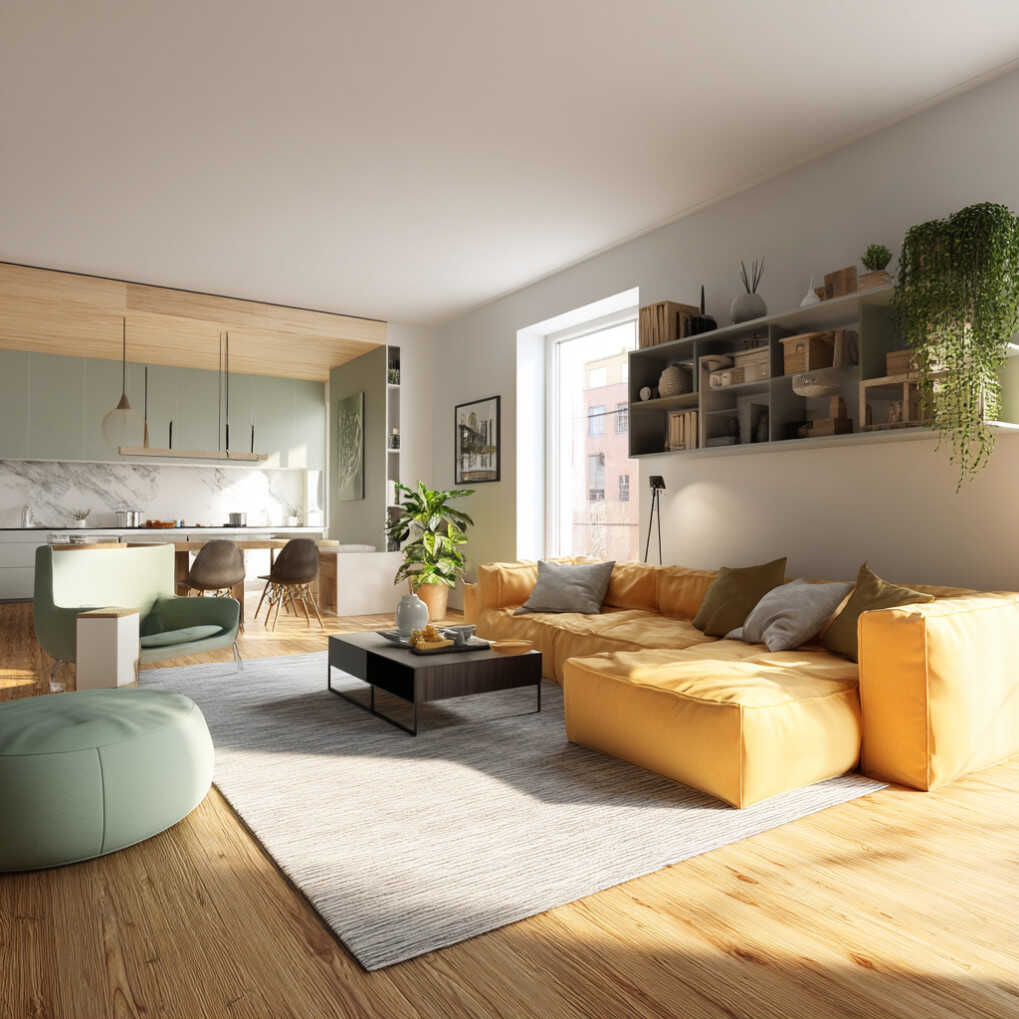
Sustainable design focuses on using eco-friendly materials and practices to reduce environmental impact. It often features natural materials, energy-efficient appliances, and a focus on reducing waste and conserving resources. Sustainable interiors are designed to be both beautiful and environmentally responsible.
Pro Tip:
To create a Sustainable look, use eco-friendly materials like bamboo and reclaimed wood, and incorporate energy-efficient lighting and appliances.
34. Tropical
Key Features:
- Bright and vibrant
- Natural elements
- Relaxed and vacation vibe
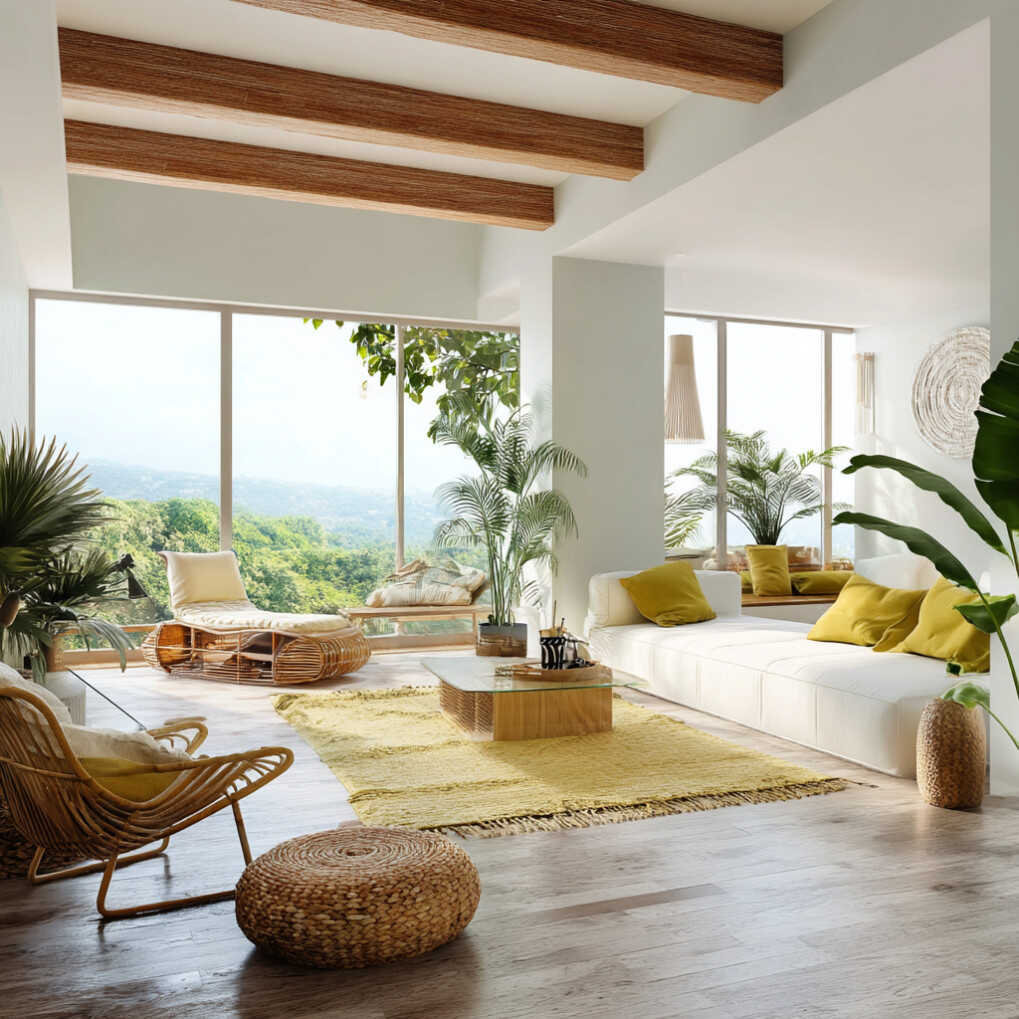
Tropical design is bright and vibrant, with a focus on natural elements and a relaxed, vacation vibe. It often features bright colors, natural materials, and a sense of warmth and relaxation. Tropical interiors are designed to be vibrant and inviting, with a sense of coastal charm and relaxation.
Pro Tip:
To create a Tropical look, use bright colors, natural materials like wood and bamboo, and decorative elements like palm leaves and tropical prints.
35. Victorian
Key Features:
- Ornate and elaborate
- Dark wood
- Rich fabrics
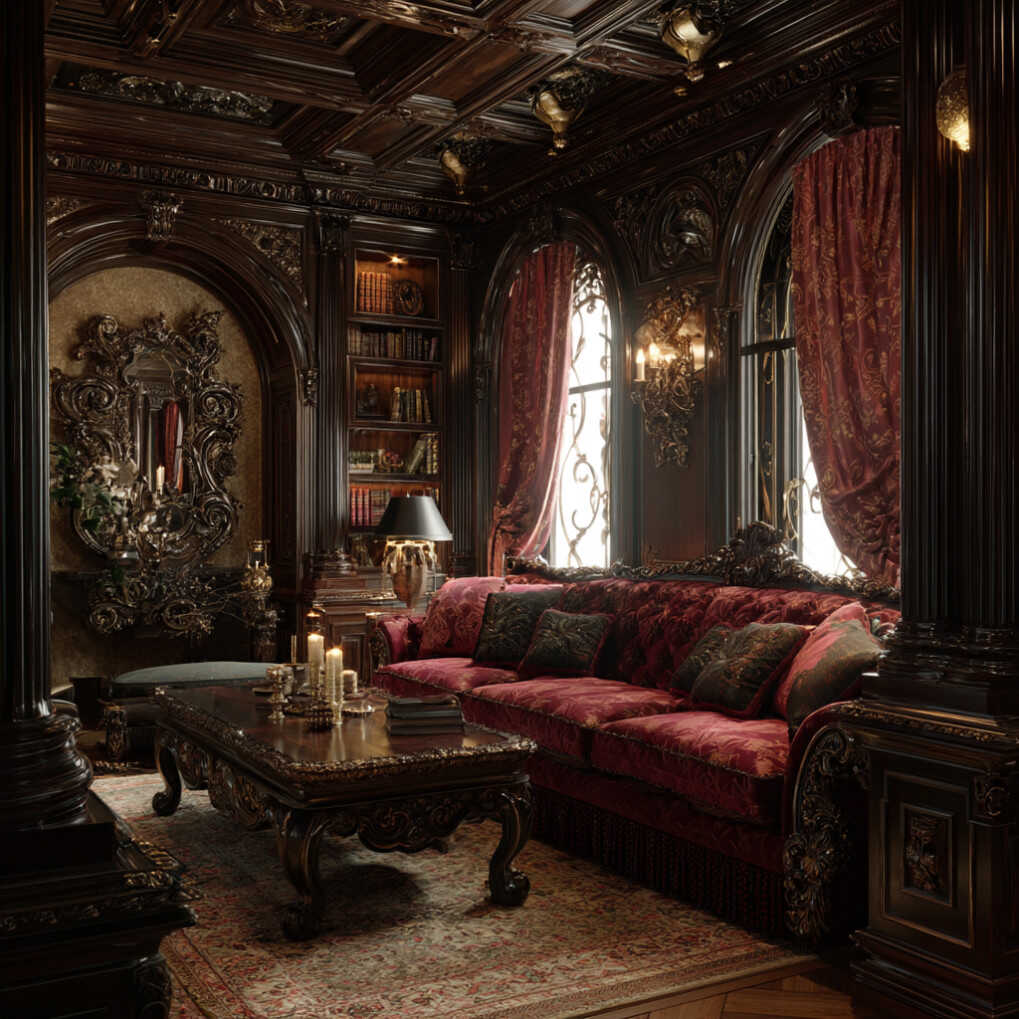
Victorian design is ornate and elaborate, with a focus on dark wood, rich fabrics, and a sense of grandeur and history. It often features ornate details, detailed moldings, and a mix of traditional and modern elements. Victorian interiors are designed to be luxurious and sophisticated, with a sense of elegance and refinement.
Pro Tip:
To achieve a Victorian look, use ornate details, dark wood, and rich fabrics, and add detailed moldings and decorative elements.
36. Vintage
Key Features:
- Reflects a specific era
- Antique or retro elements
- Personal and nostalgic
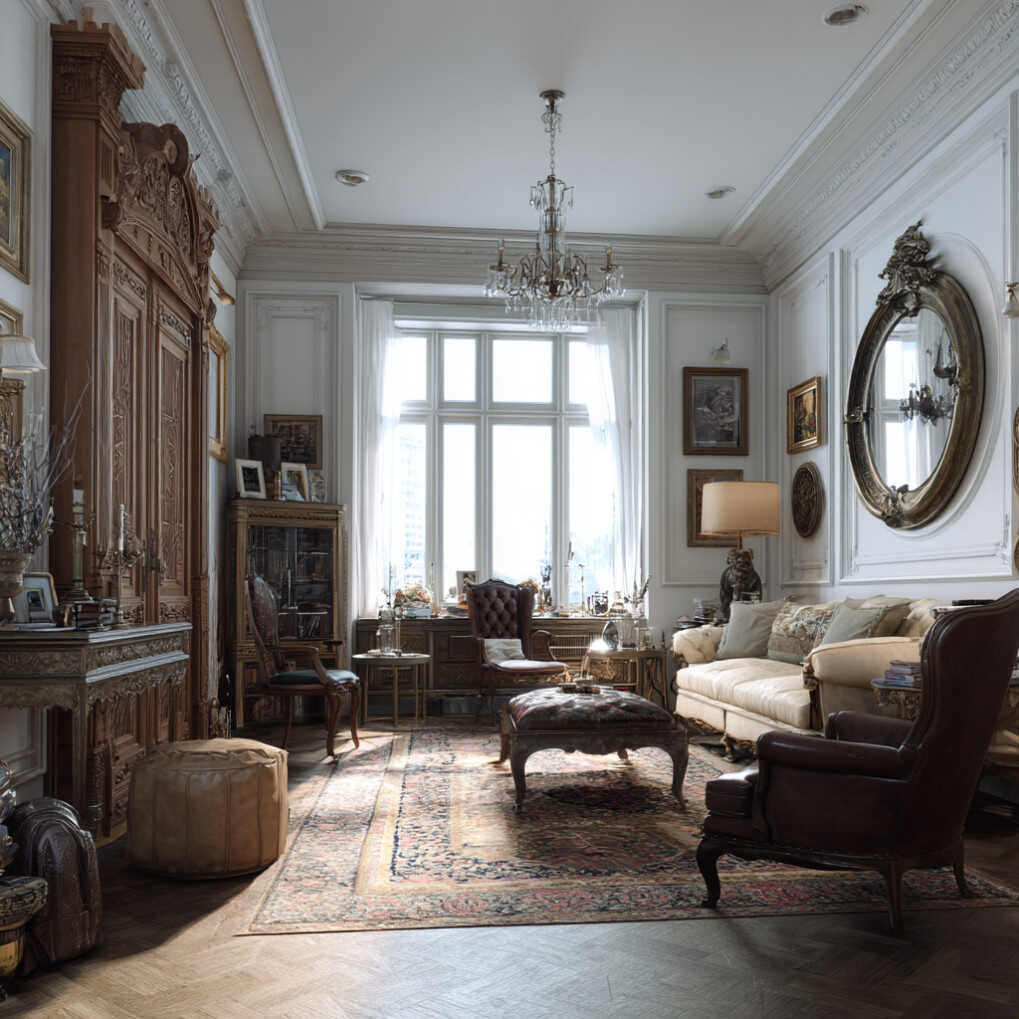
Vintage design reflects a specific era, with a focus on antique or retro elements and a sense of personal and nostalgic appeal. It often features vintage furniture, decorative items, and a mix of traditional and modern designs. Vintage interiors are designed to be unique and personalized, with a sense of history and charm.
Pro Tip:
To achieve a Vintage look, use antique or retro elements, a mix of traditional and modern designs, and add decorative items that reflect a specific era.
37. Zen
Key Features:
- Calm and peaceful
- Natural elements
- Minimalism
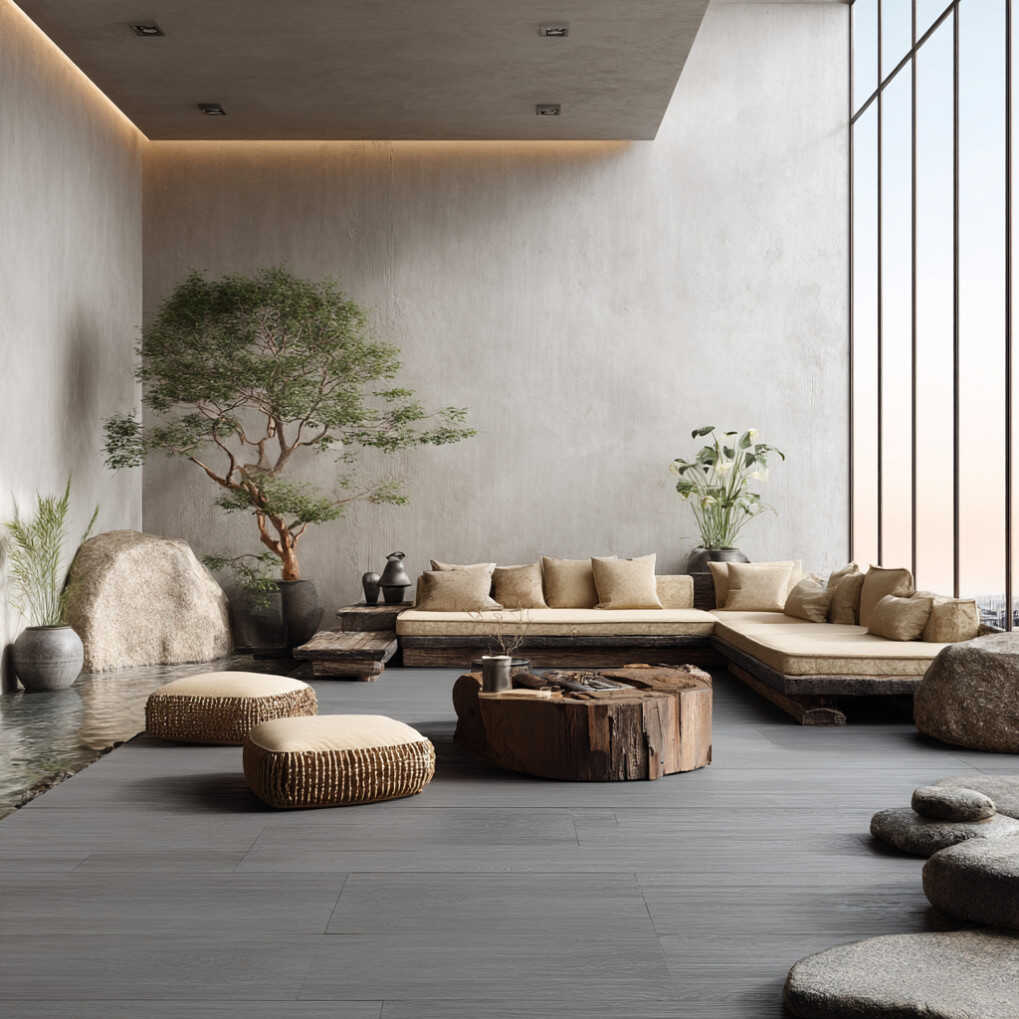
Zen design is calm and peaceful, with a focus on natural elements and minimalism. It often features a neutral color palette, natural materials, and a sense of balance and harmony. Zen interiors are designed to be calm and uncluttered, with a focus on creating a peaceful and balanced space.
Pro Tip:
To achieve a Zen look, use a neutral color palette, natural materials like wood and stone, and a minimal amount of decor items, and add elements like water features and plants.
38. African Modern
Key Features:
- Blends traditional African elements
- Modern design
- Vibrant and bold
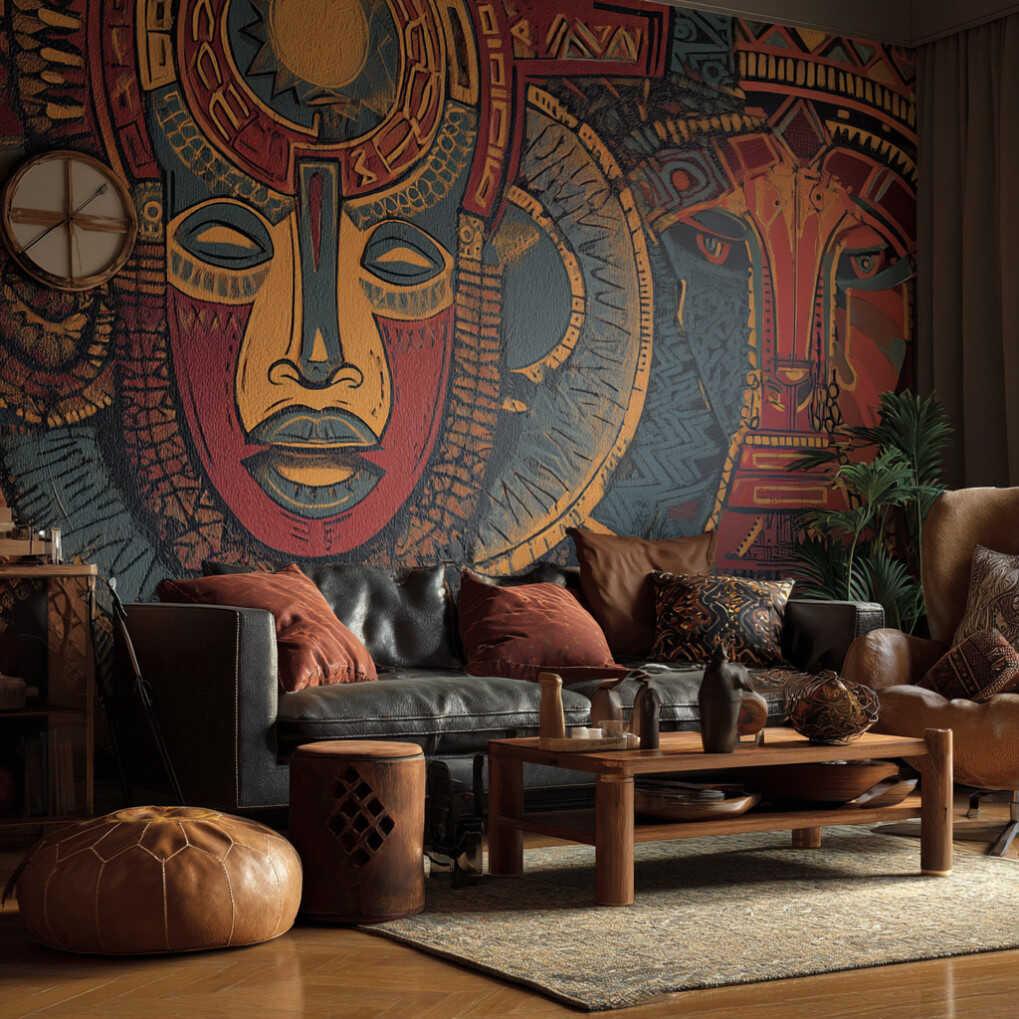
African Modern design blends traditional African elements with modern design, creating a vibrant and bold look. It often features rich colors, intricate patterns, and a mix of traditional and modern elements. African Modern interiors are designed to be visually striking and full of personality, with a sense of cultural richness and diversity.
Pro Tip:
To achieve an African Modern look, use rich colors, intricate patterns, and a mix of traditional and modern elements, and add decorative items like tribal prints and carved wooden sculptures.
39. Asian Modern
Key Features:
- Blends Asian elements
- Modern design
- Minimalism and natural materials

Asian Modern design blends Asian elements with modern design, creating a minimalist and natural look. It often features a neutral color palette, natural materials, and a sense of balance and harmony. Asian Modern interiors are designed to be calm and uncluttered, with a focus on creating a peaceful and balanced space.
Pro Tip:
To achieve an Asian Modern look, use a neutral color palette, natural materials like wood and bamboo, and a minimalist design, and add elements like shoji screens and bonsai trees.
40. Bauhaus Modern
Key Features:
- Emphasizes functionality
- Simplicity
- Minimalism
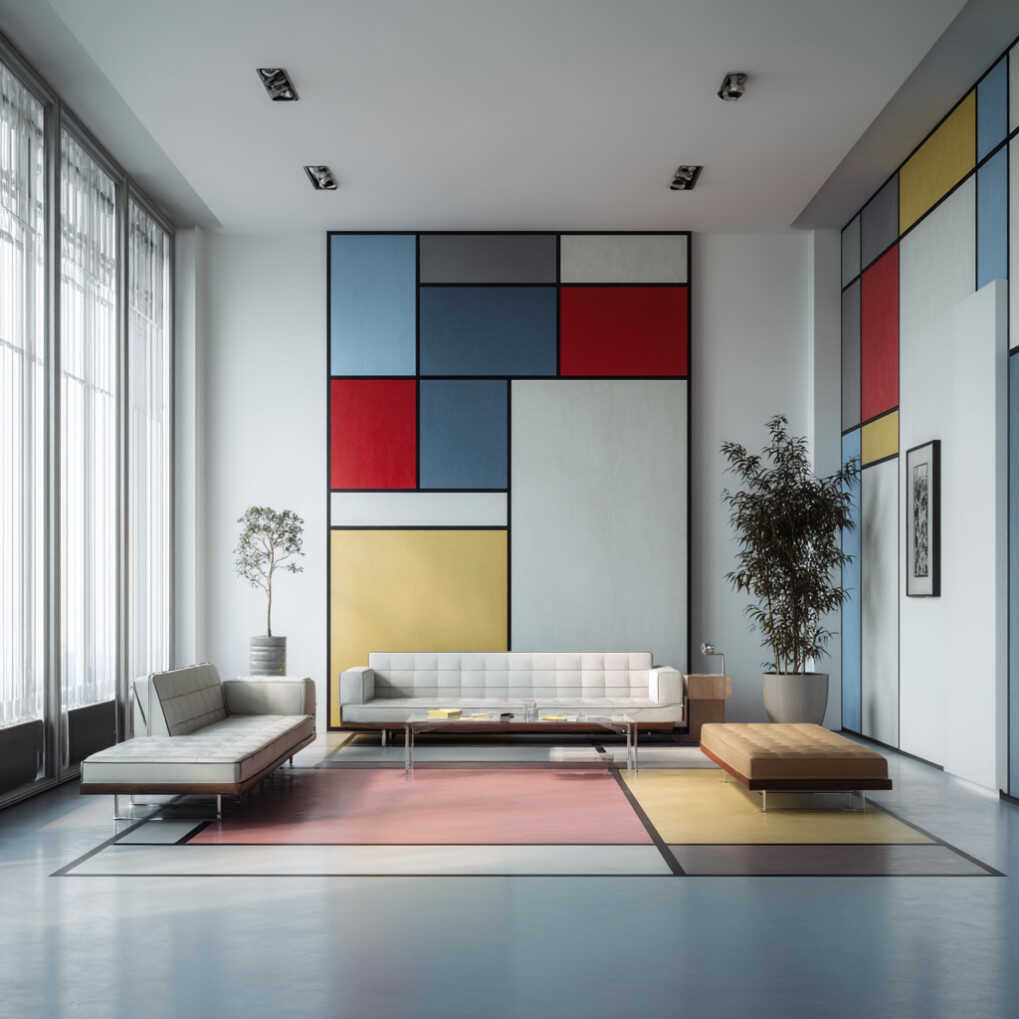
Bauhaus Modern design emphasizes functionality, simplicity, and minimalism, creating a modern and sleek look. It often features clean lines, functional furniture, and a neutral color palette. Bauhaus Modern interiors are designed to be practical and functional, with a sense of simplicity and elegance.
Pro Tip:
To achieve a Bauhaus Modern look, use clean lines, functional furniture, and a neutral color palette, and add elements like geometric patterns and industrial materials.
41. Brutalist
Key Features:
- Raw and unrefined
- Exposed concrete
- Industrial materials
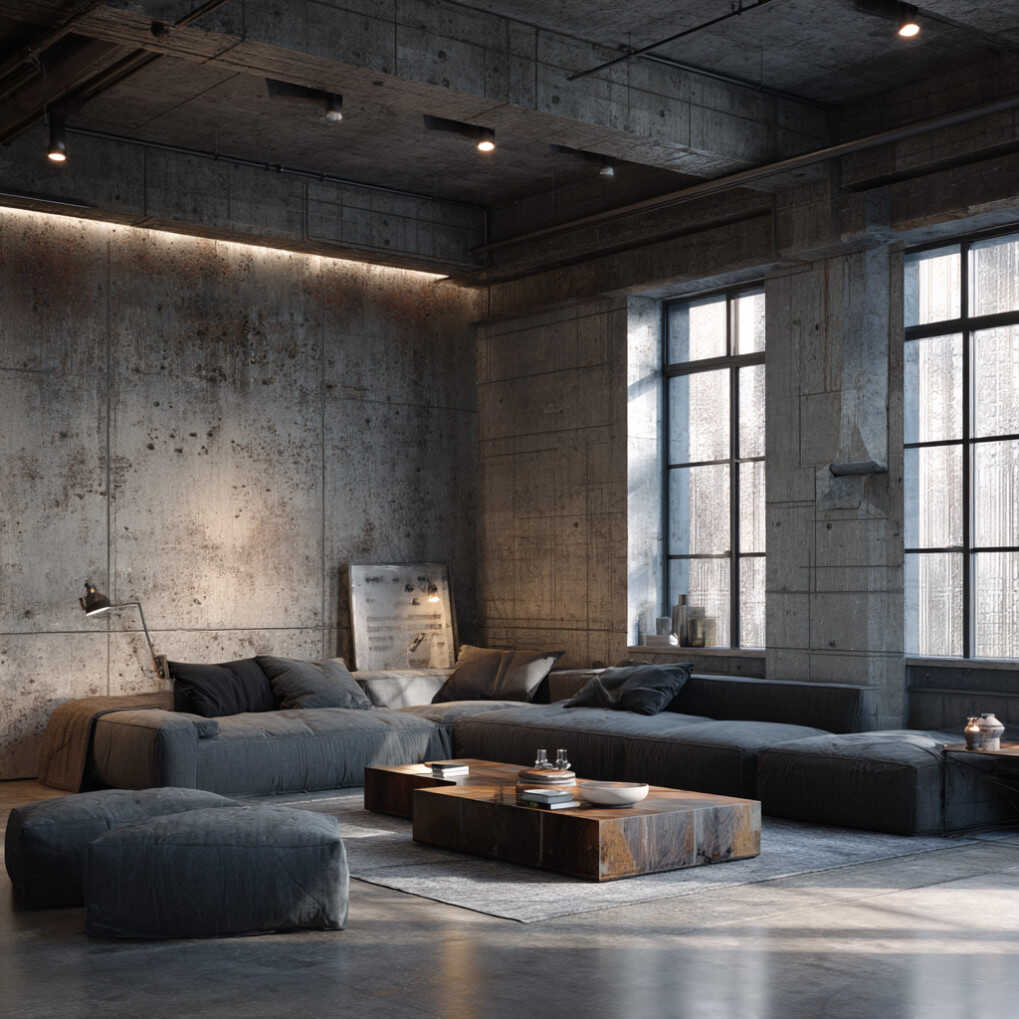
Brutalist design is raw and unrefined, with a focus on exposed concrete and industrial materials. It often features a minimalist and functional design, with a sense of ruggedness and authenticity. Brutalist interiors are designed to be modern and striking, with a focus on creating a bold and industrial look.
Pro Tip:
To achieve a Brutalist look, use exposed concrete, industrial materials, and a minimalist design, and add elements like raw metal accents and industrial lighting.
42. Deconstructivism
Key Features:
- Abstract and fragmented
- Unconventional shapes
- Bold and dynamic
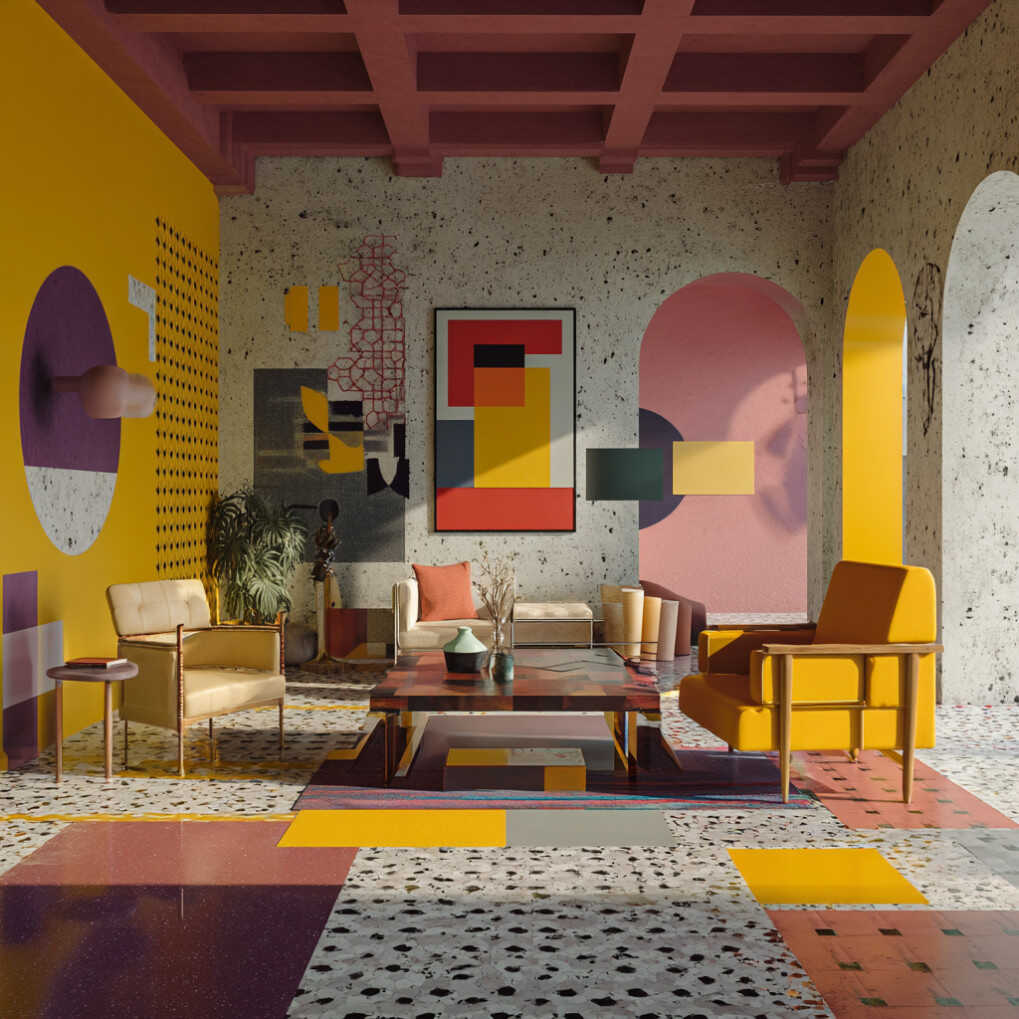
Deconstructivist design is abstract and fragmented, with a focus on unconventional shapes and a bold and dynamic look. It often features a mix of materials, asymmetrical designs, and a sense of creativity and innovation. Deconstructivist interiors are designed to be visually striking and full of personality, with a sense of artistic expression and innovation.
Pro Tip:
To achieve a Deconstructivist look, use abstract and fragmented designs, unconventional shapes, and a mix of materials, and add elements like asymmetrical furniture and bold wall art.
43. Futurist
Key Features:
- Forward-thinking
- Innovative
- Technology-focused
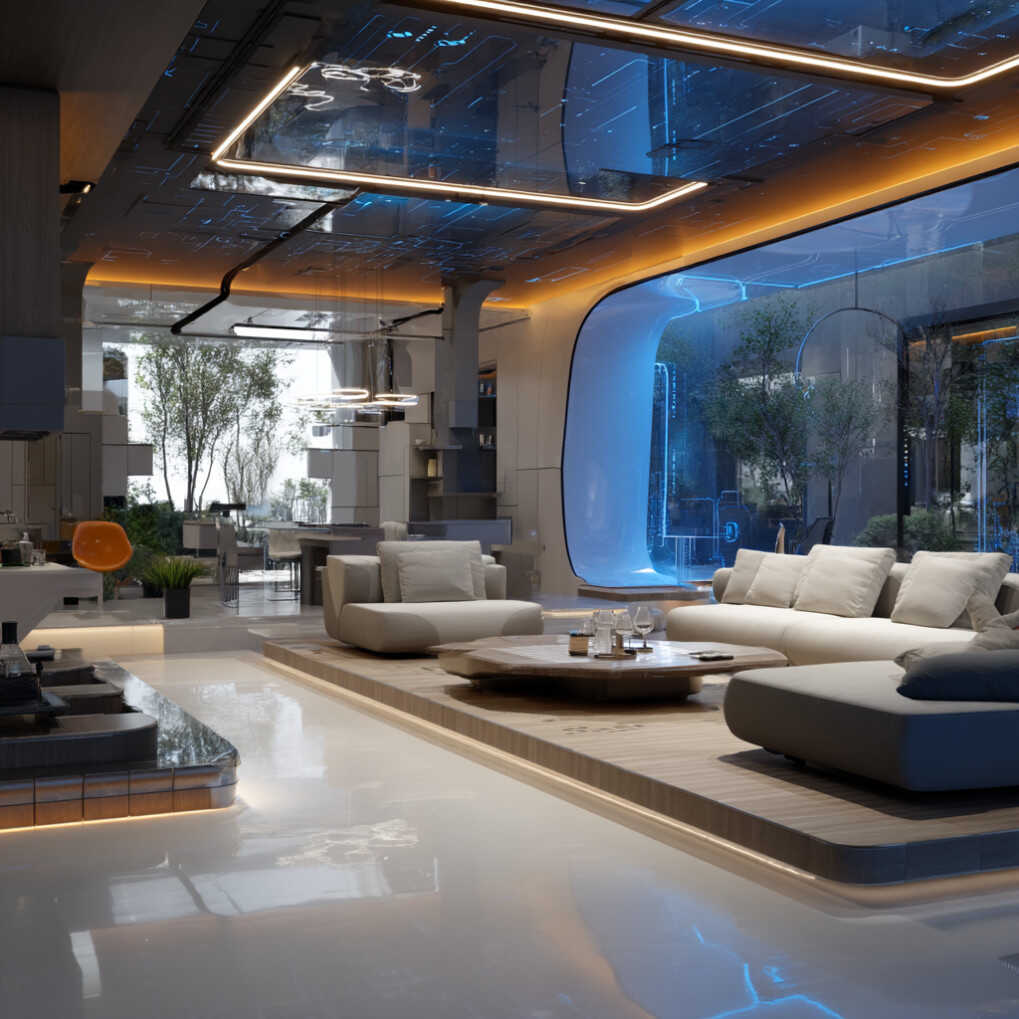
Futurist design is forward-thinking and innovative, with a focus on technology and futuristic elements. It often features a modern and sleek look, with a sense of creativity and innovation. Futurist interiors are designed to be visually striking and full of personality, with a sense of technological advancement and innovation.
Pro Tip:
To achieve a Futurist look, use modern and sleek designs, technology-focused elements, and a sense of creativity and innovation, and add elements like smart home technology and futuristic lighting.
44. High Tech
Key Features:
- Emphasizes technology
- Industrial materials
- Sleek and modern
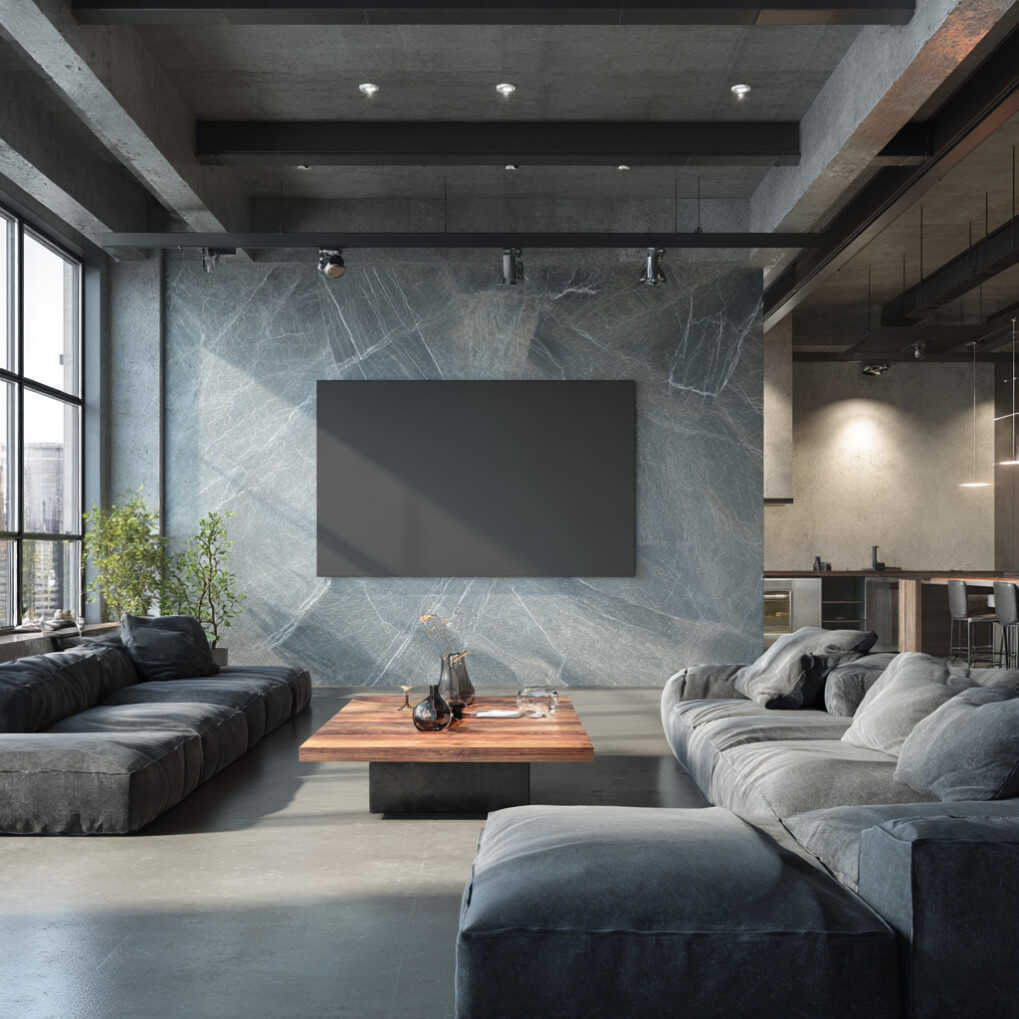
High Tech design emphasizes technology and industrial materials, creating a sleek and modern look. It often features a minimalist and functional design, with a sense of technological advancement and innovation. High Tech interiors are designed to be practical and functional, with a focus on creating a modern and sleek space.
Pro Tip:
To achieve a High Tech look, use industrial materials, sleek and modern designs, and a sense of technological advancement, and add elements like smart home technology and industrial lighting.
45. International Modern
Key Features:
- Global approach
- Mix of styles
- Modern design
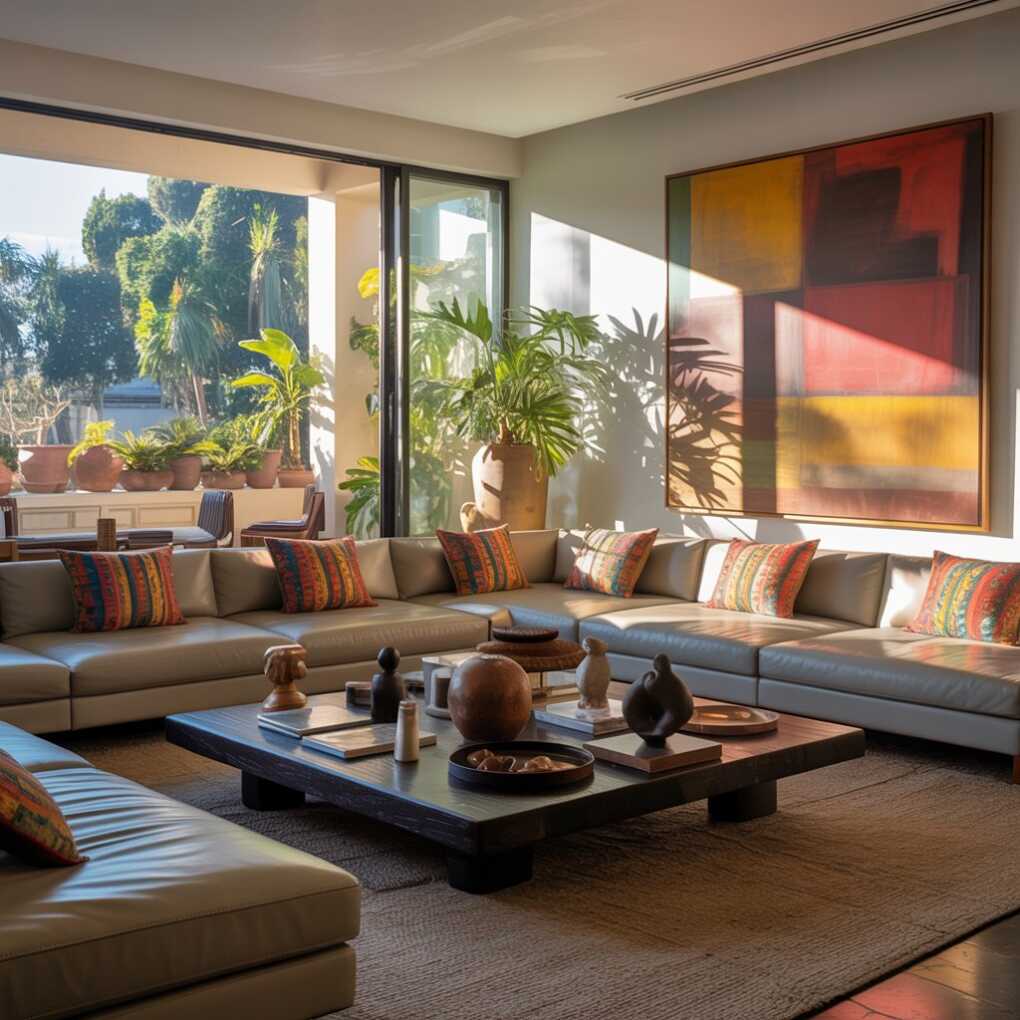
International Modern design takes a global approach, with a mix of styles and a modern design. It often features a diverse and eclectic look, with a sense of cultural richness and diversity. International Modern interiors are designed to be unique and personalized, with a sense of global appeal and modern sophistication.
Pro Tip:
To achieve an International Modern look, use a mix of styles and cultural influences, and a modern design, and add elements like global art and decor items.
46. Minimalist Modern
Key Features:
- Ultra-simple
- Uncluttered
- Neutral colors
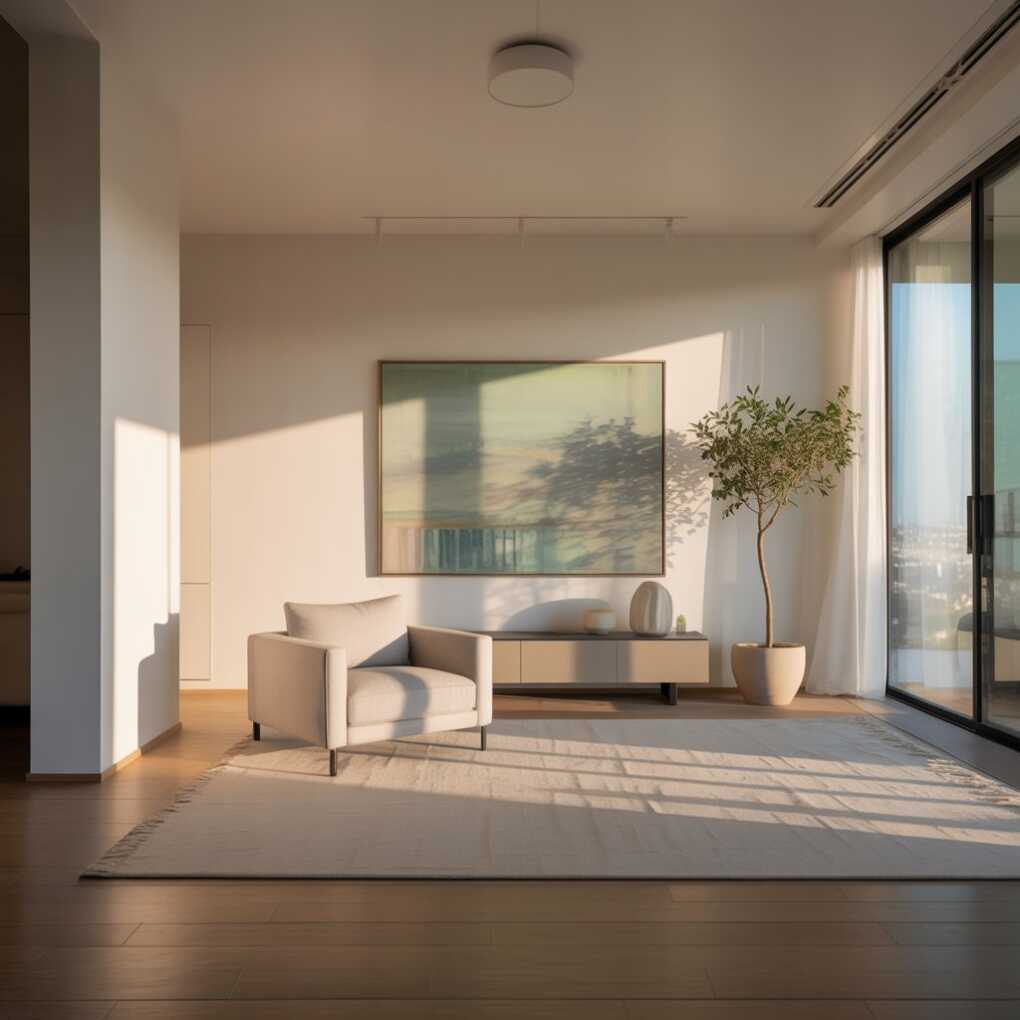
Minimalist Modern design is ultra-simple and uncluttered, with a focus on neutral colors and a sense of simplicity and elegance. It often features a minimalist and functional design, with a sense of calm and balance. Minimalist Modern interiors are designed to be practical and functional, with a focus on creating a peaceful and balanced space.
Pro Tip:
To achieve a Minimalist Modern look, use a neutral color palette, minimalist and functional designs, and a minimal amount of decor items, and add elements like simple wall art and natural materials.
47. Pop Art
Key Features:
- Bright and playful
- Bold graphics
- Pop culture elements
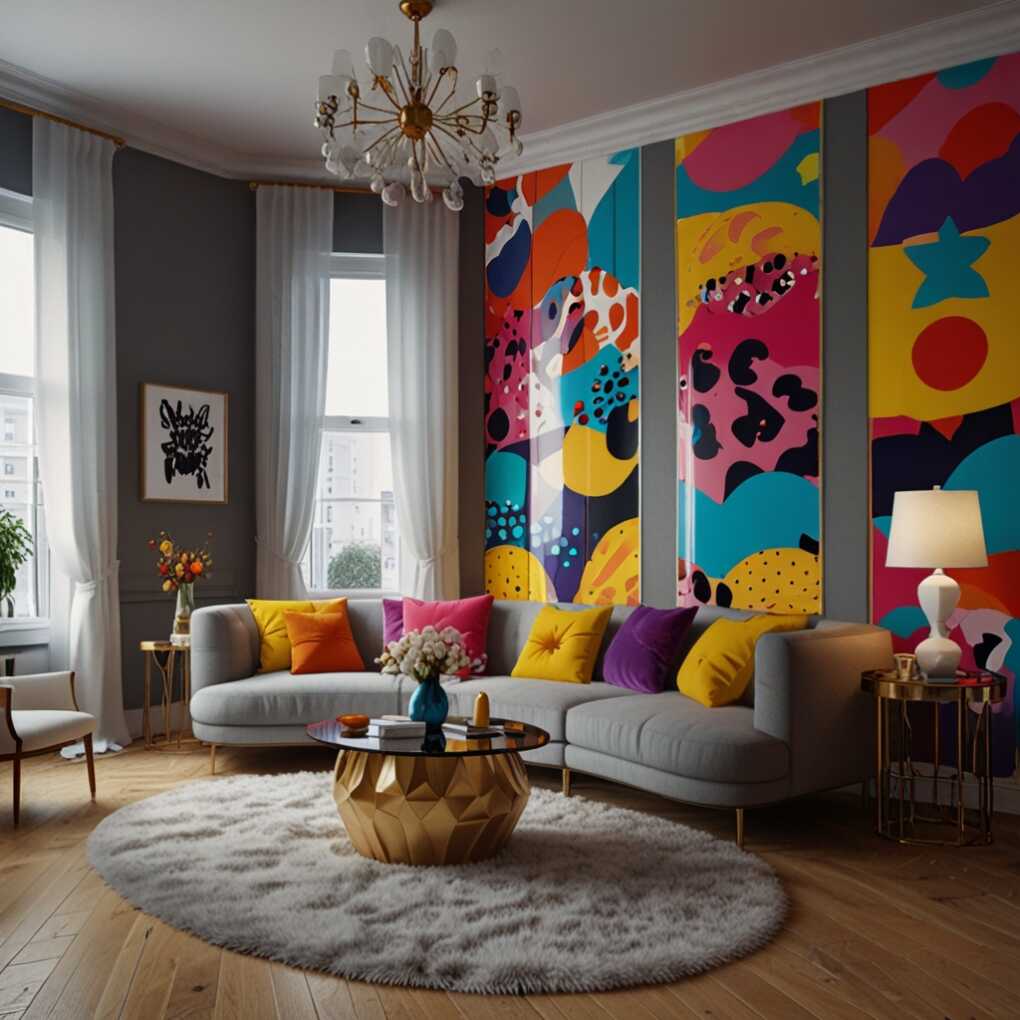
Pop Art design is bright and playful, with a focus on bold graphics and pop culture elements. It often features a mix of colors, patterns, and a sense of creativity and fun. Pop Art interiors are designed to be visually striking and full of personality, with a sense of artistic expression and fun.
Pro Tip:
To achieve a Pop Art look, use bright colors, bold graphics, and pop culture elements, and add elements like vintage posters and pop art wall art.
48. Postmodern
Key Features:
- Eclectic and playful
- Mix of styles
- Unconventional elements
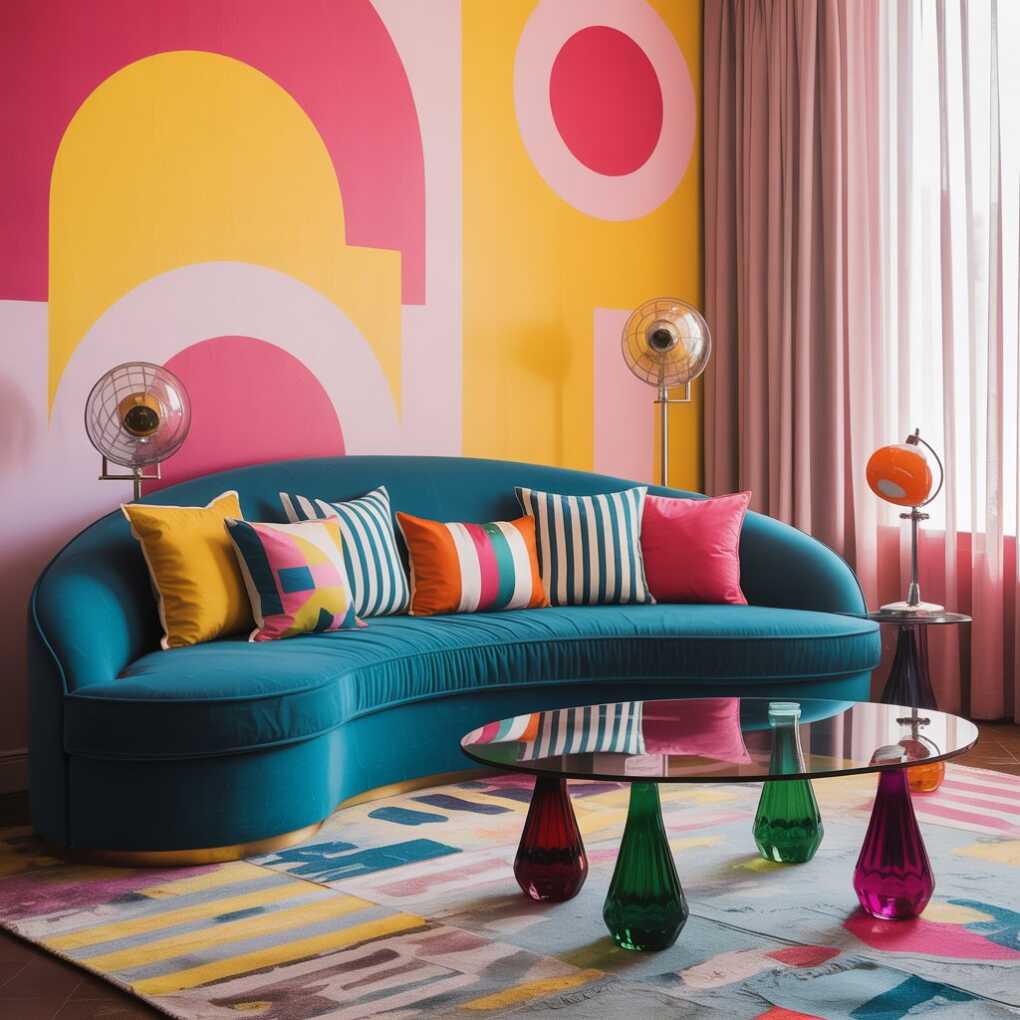
Postmodern design is eclectic and playful, with a mix of styles and unconventional elements. It often features a mix of colors, patterns, and a sense of creativity and fun. Postmodern interiors are designed to be visually striking and full of personality, with a sense of artistic expression and innovation.
Pro Tip:
To achieve a Postmodern look, use a mix of styles, colors, and patterns, and add unconventional elements like bold wall art and eclectic furniture.
49. Retro Modern
Key Features:
- Combines retro elements
- Modern design
- Vintage and modern mix
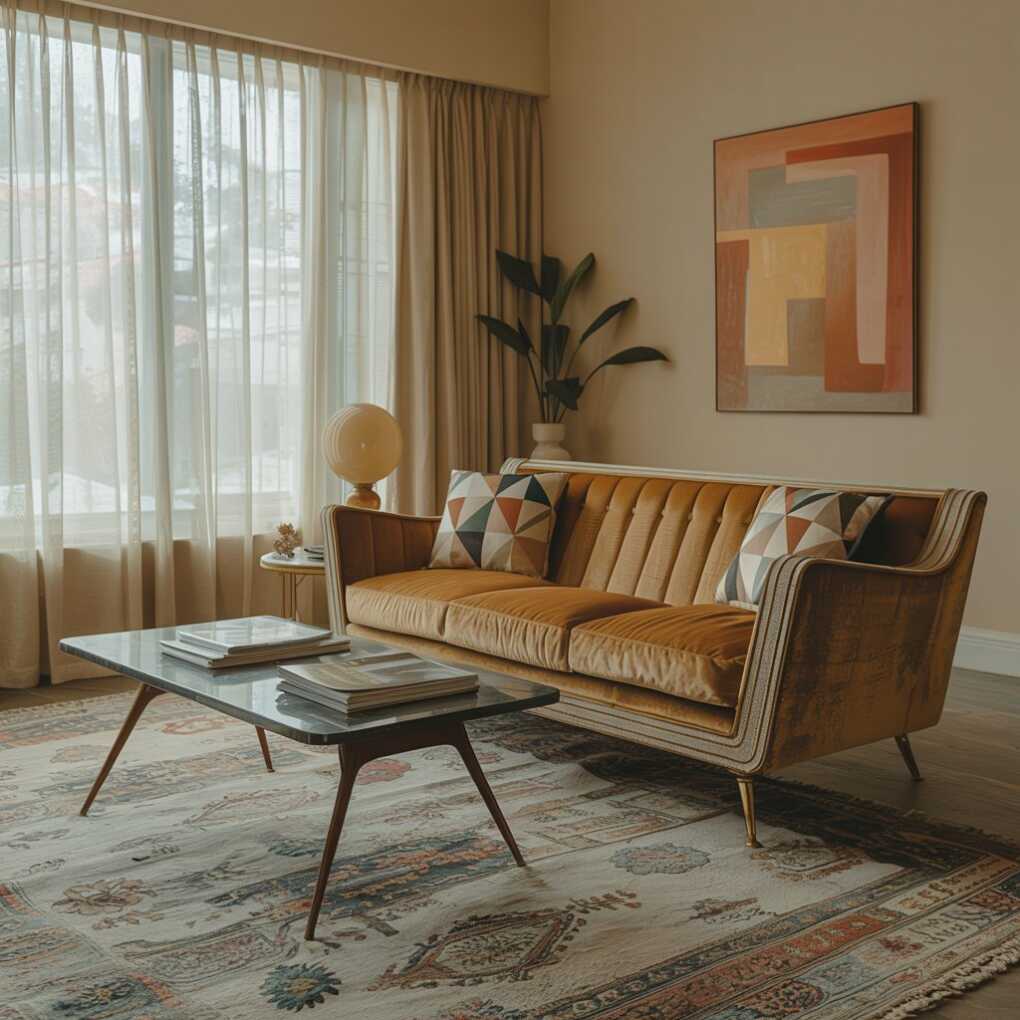
Retro Modern design combines retro elements with modern design, creating a vintage and modern mix. It often features a mix of colors, patterns, and a sense of nostalgia and modernity. Retro Modern interiors are designed to be unique and personalized, with a sense of history and modern sophistication.
Pro Tip:
To achieve a Retro Modern look, use a mix of retro and modern elements, and a sense of nostalgia and modernity, and add elements like vintage furniture and modern decor items.
50. Ultra Modern
Key Features:
- Extremely modern
- Cutting-edge
- Innovative and futuristic

Ultra Modern design is extremely modern, with a focus on cutting-edge and innovative elements. It often features a sleek and futuristic look, with a sense of technological advancement and innovation. Ultra Modern interiors are designed to be visually striking and full of personality, with a sense of modern sophistication and innovation.
Pro Tip:
To achieve an Ultra Modern look, use cutting-edge and innovative elements, and a sense of technological advancement, and add elements like smart home technology and futuristic lighting.
51. American Colonial
Key Features:
- Reflects early American period
- Simple and functional
- Wood and natural materials
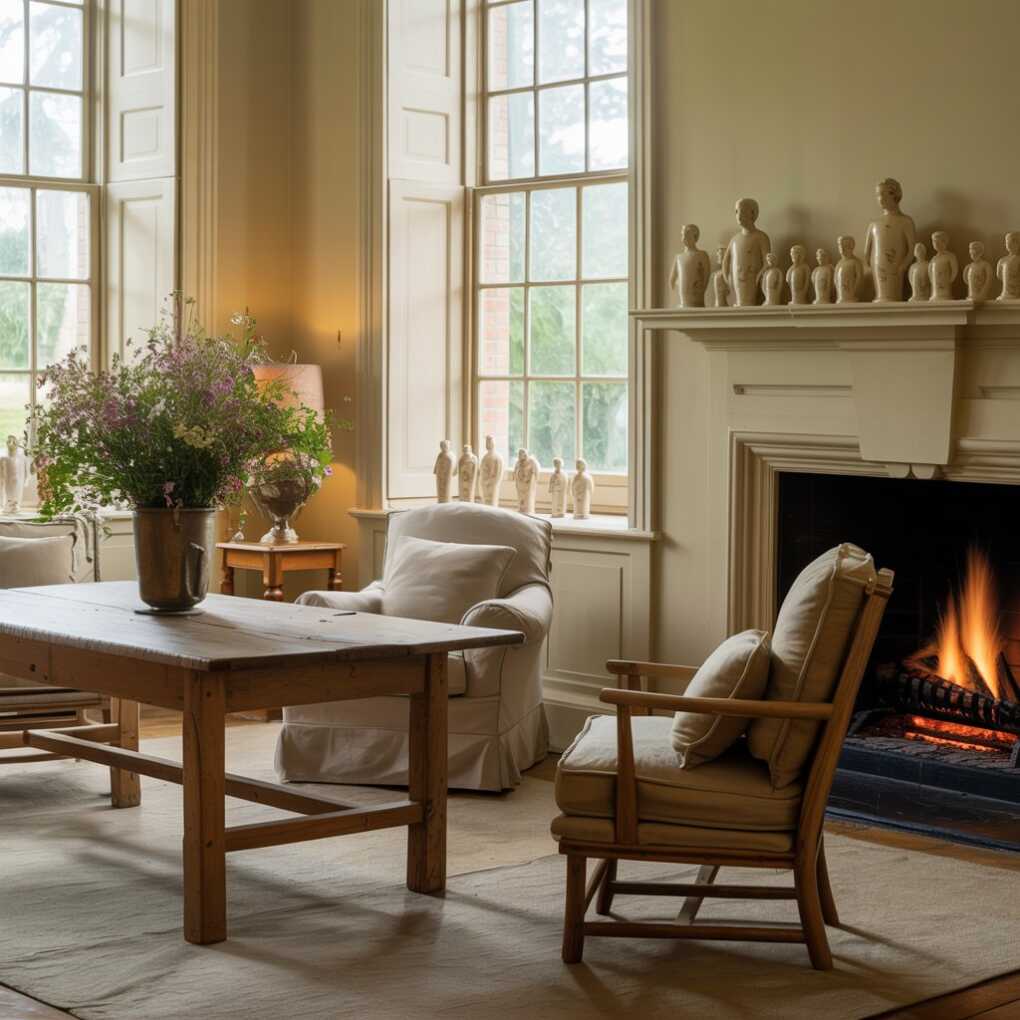
American Colonial design reflects the early American period, with a focus on simple and functional furniture and a sense of natural beauty and simplicity. It often features wood and natural materials, clean lines, and a sense of warmth and coziness. American Colonial interiors are designed to be practical and functional, with a sense of history and charm.
Pro Tip:
To achieve an American Colonial look, use simple and functional furniture, wood and natural materials, and a neutral color palette, and add elements like wooden beams and natural wood furniture.
52. Baroque
Key Features:
- Ornate and dramatic
- Rich colors
- Gilding and intricate details
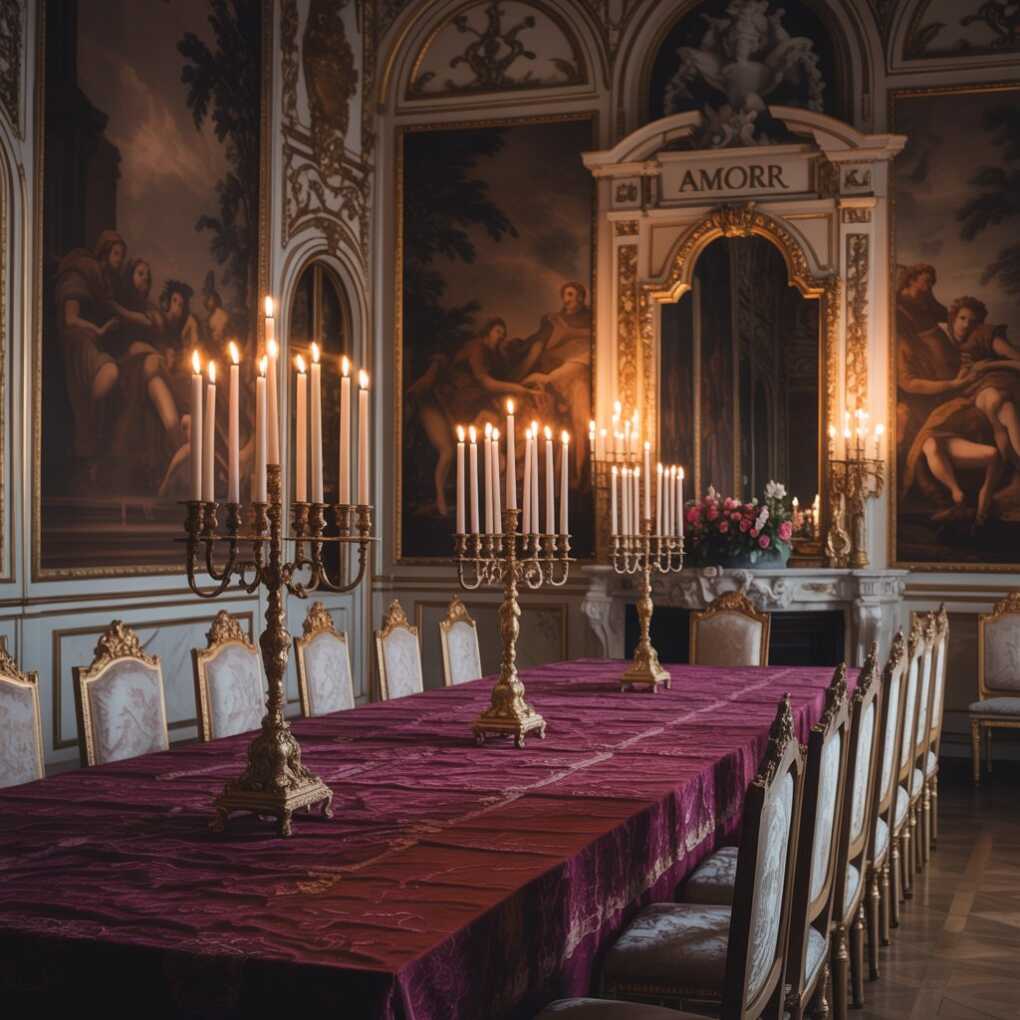
Baroque design is ornate and dramatic, with a focus on rich colors, gilding, and intricate details. It often features ornate furniture, detailed moldings, and a sense of grandeur and history. Baroque interiors are designed to be luxurious and sophisticated, with a sense of elegance and refinement.
Pro Tip:
To achieve a Baroque look, use ornate furniture, rich colors, and gilding, and add detailed moldings and decorative elements.
53. Chateau
Key Features:
- Grand and luxurious
- Ornate details
- Focus on elegance
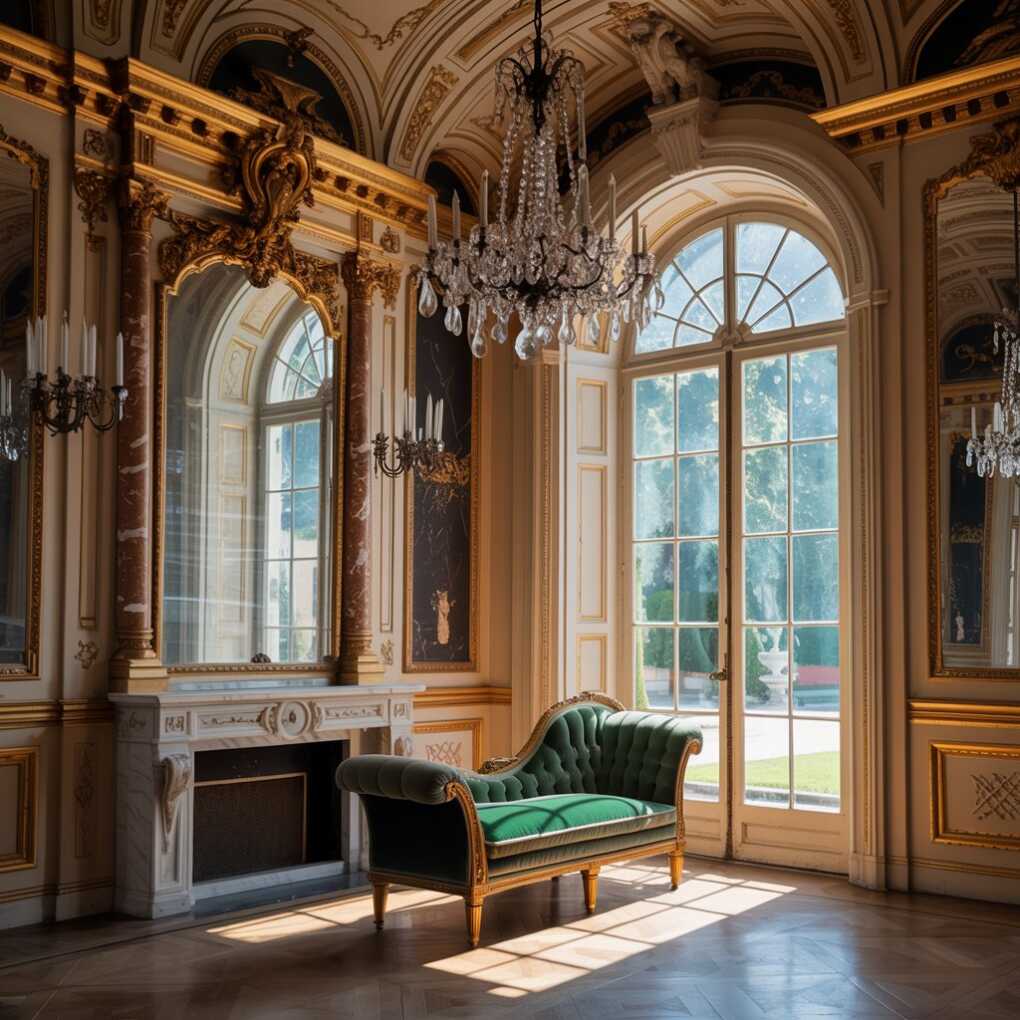
Chateau design is grand and luxurious, with a focus on ornate details and a sense of elegance and refinement. It often features ornate furniture, detailed moldings, and a sense of grandeur and history. Chateau interiors are designed to be luxurious and sophisticated, with a sense of elegance and refinement.
Pro Tip:
To achieve a Chateau look, use ornate furniture, detailed moldings, and a sense of grandeur, and add elements like chandeliers and ornate wall art.
54. Chinese
Key Features:
- Traditional Chinese aesthetics
- Intricate carvings
- Red and gold colors

Chinese design reflects traditional Chinese aesthetics, with a focus on intricate carvings, red and gold colors, and a sense of elegance and refinement. It often features ornate furniture, detailed moldings, and a sense of cultural richness and diversity. Chinese interiors are designed to be luxurious and sophisticated, with a sense of elegance and refinement.
Pro Tip:
To achieve a Chinese look, use intricate carvings, red and gold colors, and a sense of cultural richness, and add elements like Chinese vases and silk wall hangings.
55. Colonial
Key Features:
- Reflects colonial periods
- Simple and functional
- Wood and natural materials
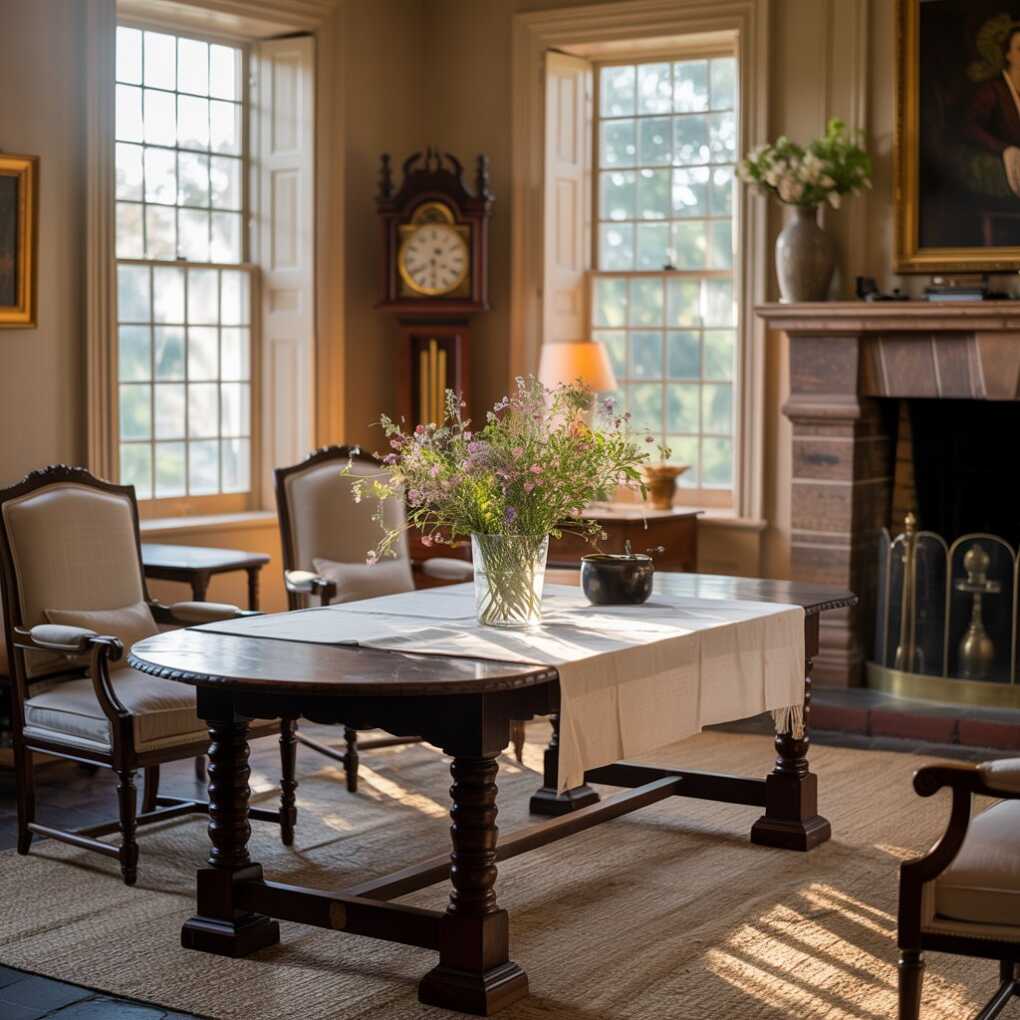
Colonial design reflects colonial periods, with a focus on simple and functional furniture and a sense of natural beauty and simplicity. It often features wood and natural materials, clean lines, and a sense of warmth and coziness. Colonial interiors are designed to be practical and functional, with a sense of history and charm.
Pro Tip:
To achieve a Colonial look, use simple and functional furniture, wood and natural materials, and a neutral color palette, and add elements like wooden beams and natural wood furniture.
56. Edwardian
Key Features:
- Elegant and refined
- Light and airy
- Delicate details
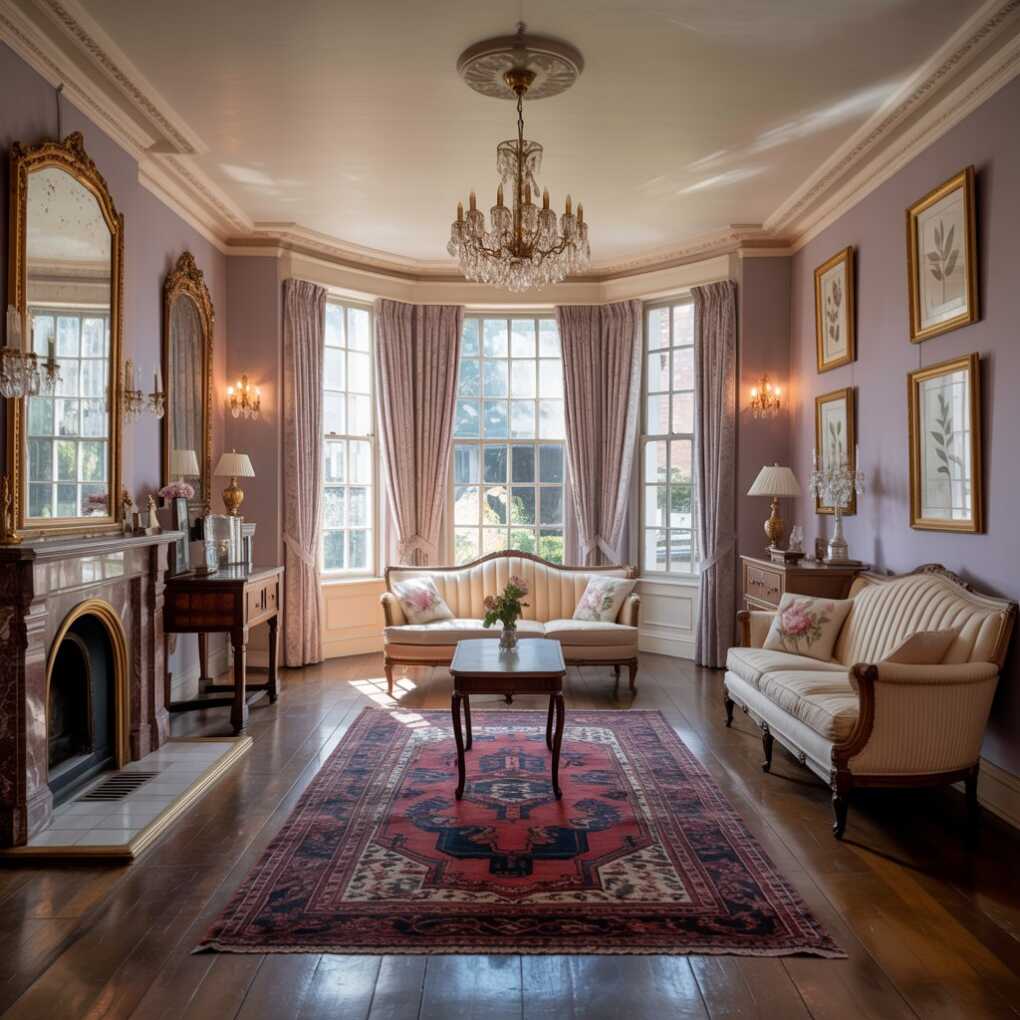
Edwardian design is elegant and refined, with a focus on light and airy spaces and delicate details. It often features ornate furniture, detailed moldings, and a sense of elegance and refinement. Edwardian interiors are designed to be luxurious and sophisticated, with a sense of elegance and refinement.
Pro Tip:
To achieve an Edwardian look, use ornate furniture, detailed moldings, and a sense of elegance, and add elements like chandeliers and ornate wall art.
57. Georgian
Key Features:
- Symmetrical and balanced
- Classical details
- Focus on proportion
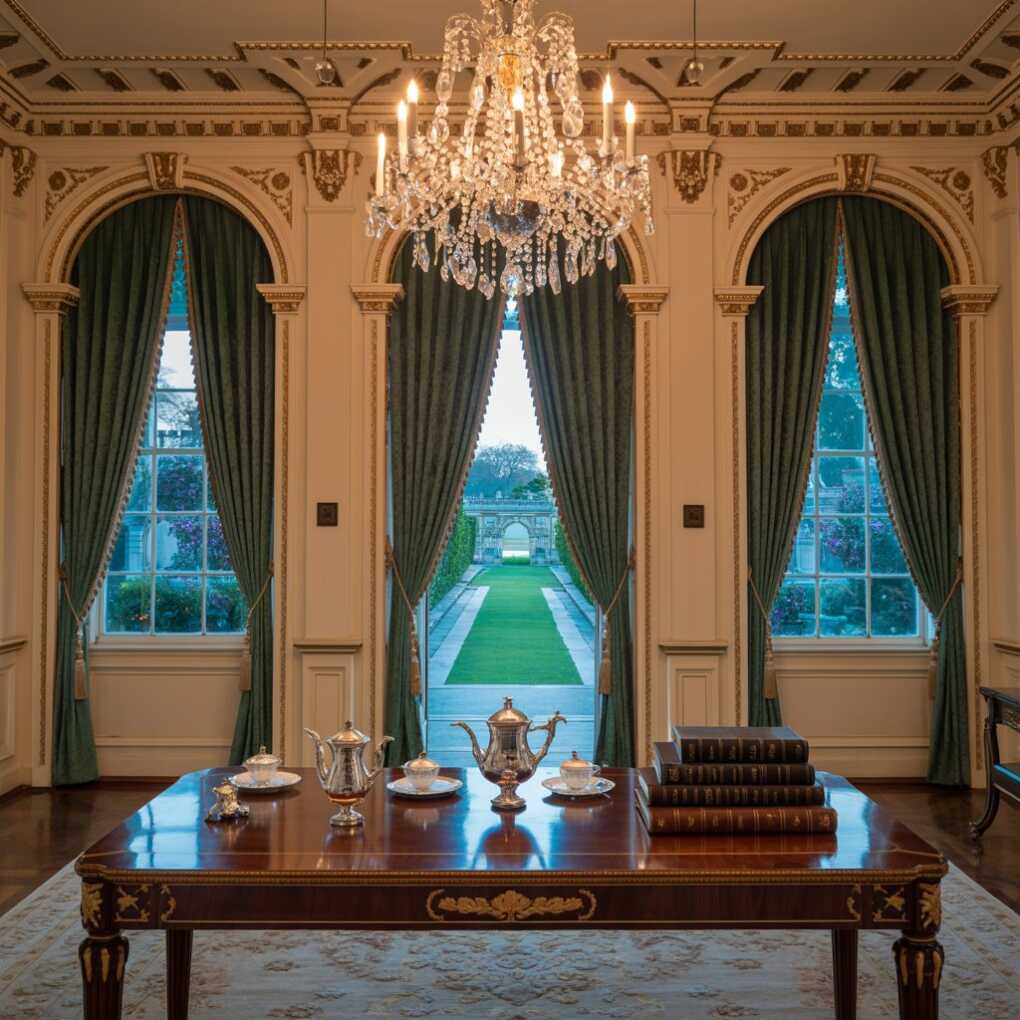
Georgian design is symmetrical and balanced, with a focus on classical details and a sense of proportion and elegance. It often features ornate furniture, detailed moldings, and a sense of grandeur and history. Georgian interiors are designed to be luxurious and sophisticated, with a sense of elegance and refinement.
Pro Tip:
To achieve a Georgian look, use symmetrical and balanced designs, classical details, and a sense of proportion, and add elements like chandeliers and ornate wall art.
58. Gothic
Key Features:
- Dark and dramatic
- Pointed arches
- Ribbed vaults
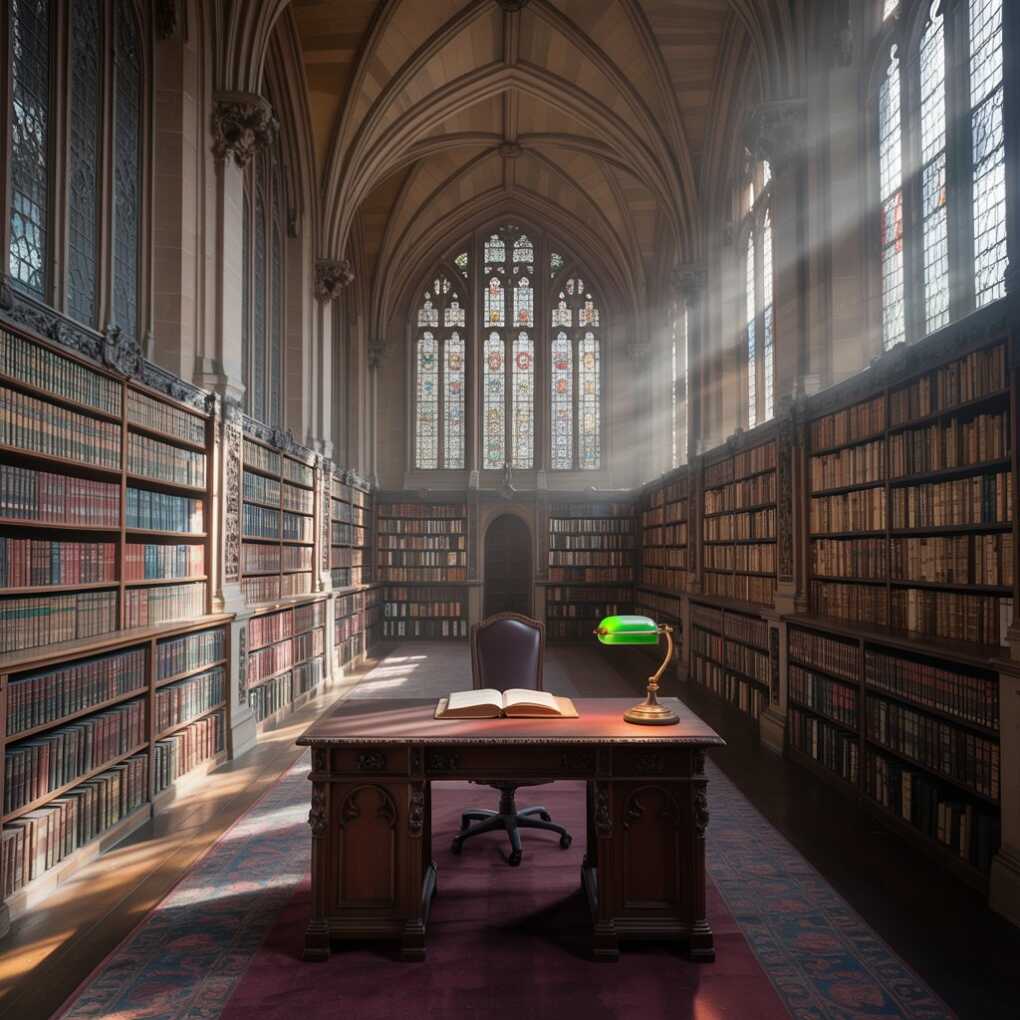
Gothic design is dark and dramatic, with a focus on pointed arches, ribbed vaults, and a sense of grandeur and history. It often features ornate furniture, detailed moldings, and a sense of grandeur and history. Gothic interiors are designed to be luxurious and sophisticated, with a sense of elegance and refinement.
Pro Tip:
To achieve a Gothic look, use dark and dramatic designs, pointed arches, and ribbed vaults, and add elements like stained glass windows and ornate wall art.
59. Greek Revival
Key Features:
- Inspired by ancient Greek architecture
- Columns
- Pediments
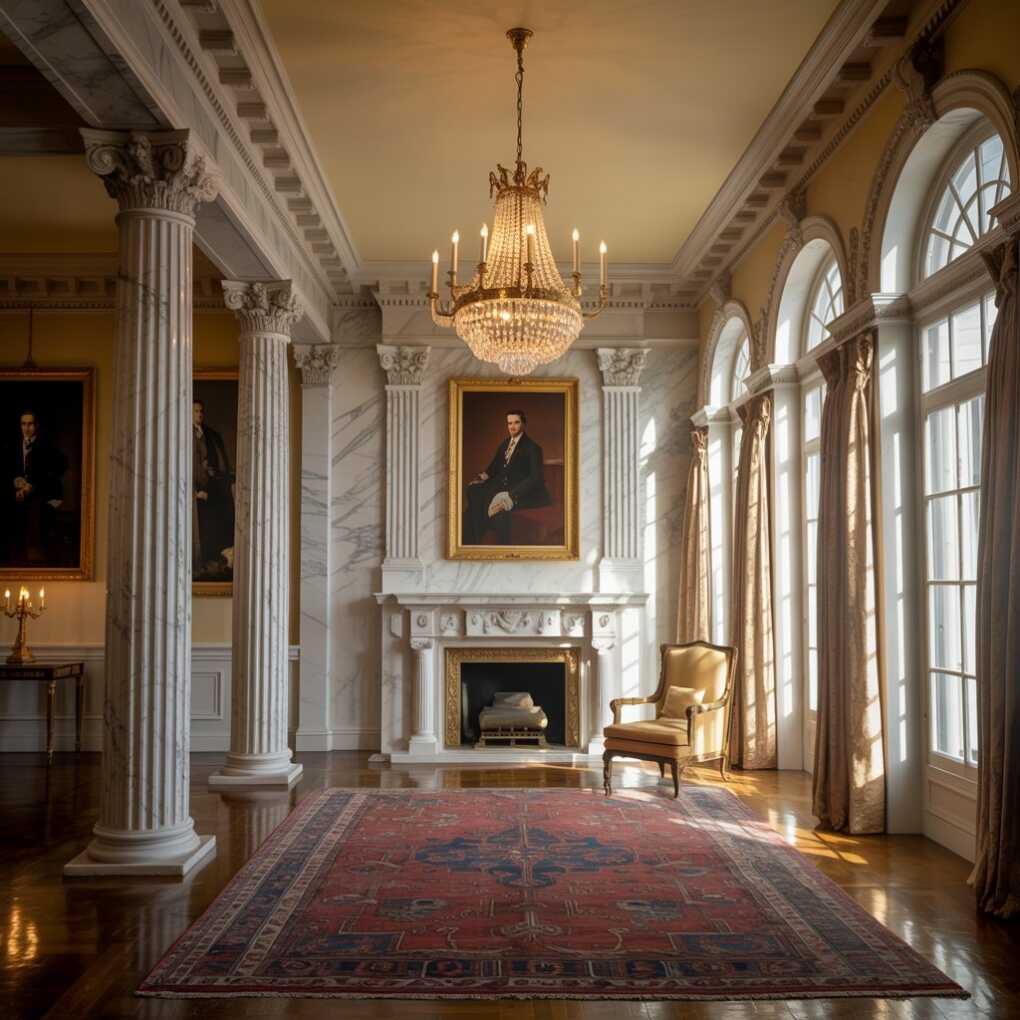
Greek Revival design is inspired by ancient Greek architecture, with a focus on columns, pediments, and a sense of classical elegance and refinement. It often features ornate furniture, detailed moldings, and a sense of grandeur and history. Greek Revival interiors are designed to be luxurious and sophisticated, with a sense of elegance and refinement.
Pro Tip:
To achieve a Greek Revival look, use columns, pediments, and a sense of classical elegance, and add elements like ornate wall art and decorative columns.
60. Italian Renaissance
Key Features:
- Elegant and ornate
- Focus on symmetry
- Classical details
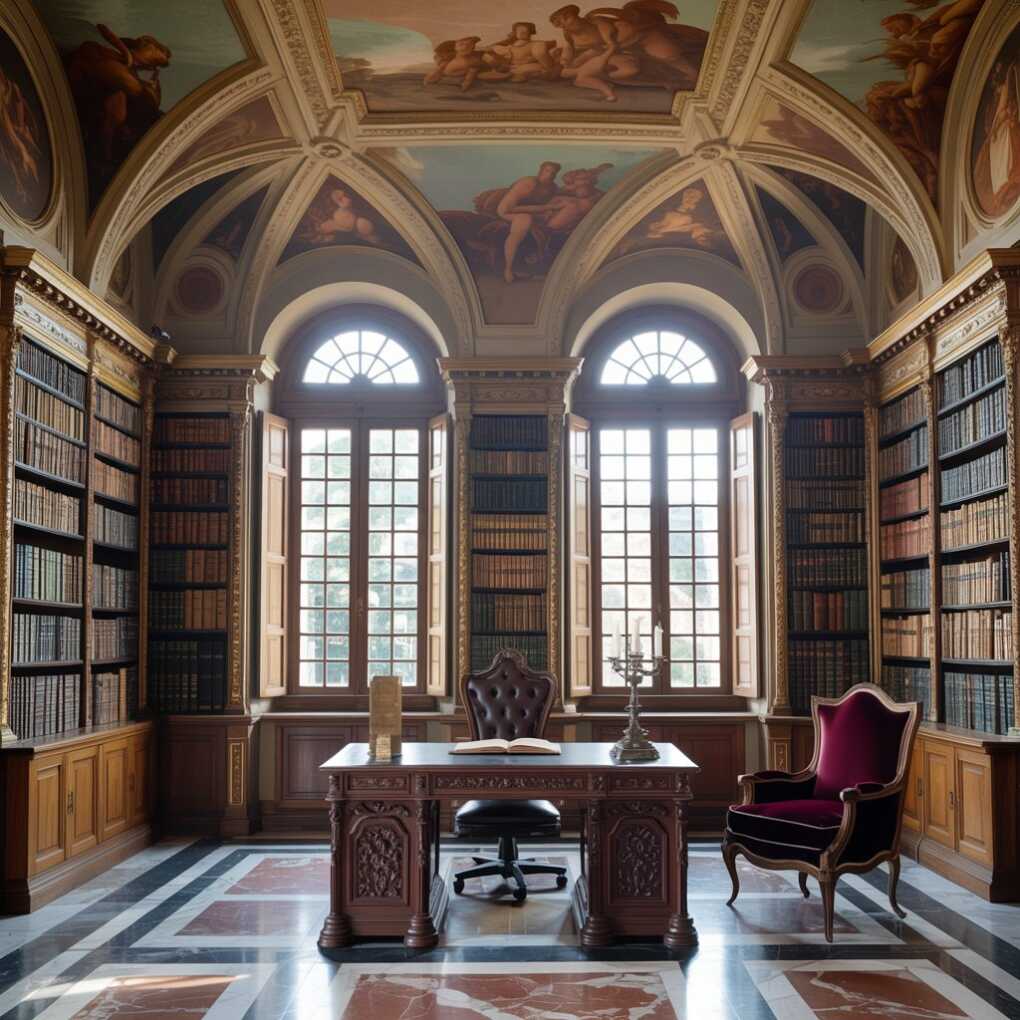
Italian Renaissance design is elegant and ornate, with a focus on symmetry and classical details. It often features ornate furniture, detailed moldings, and a sense of grandeur and history. Italian Renaissance interiors are designed to be luxurious and sophisticated, with a sense of elegance and refinement.
Pro Tip:
To achieve an Italian Renaissance look, use ornate furniture, detailed moldings, and a sense of symmetry, and add elements like ornate wall art and decorative columns.
61. Louis XIV
Key Features:
- Grand and luxurious
- Ornate details
- Focus on opulence
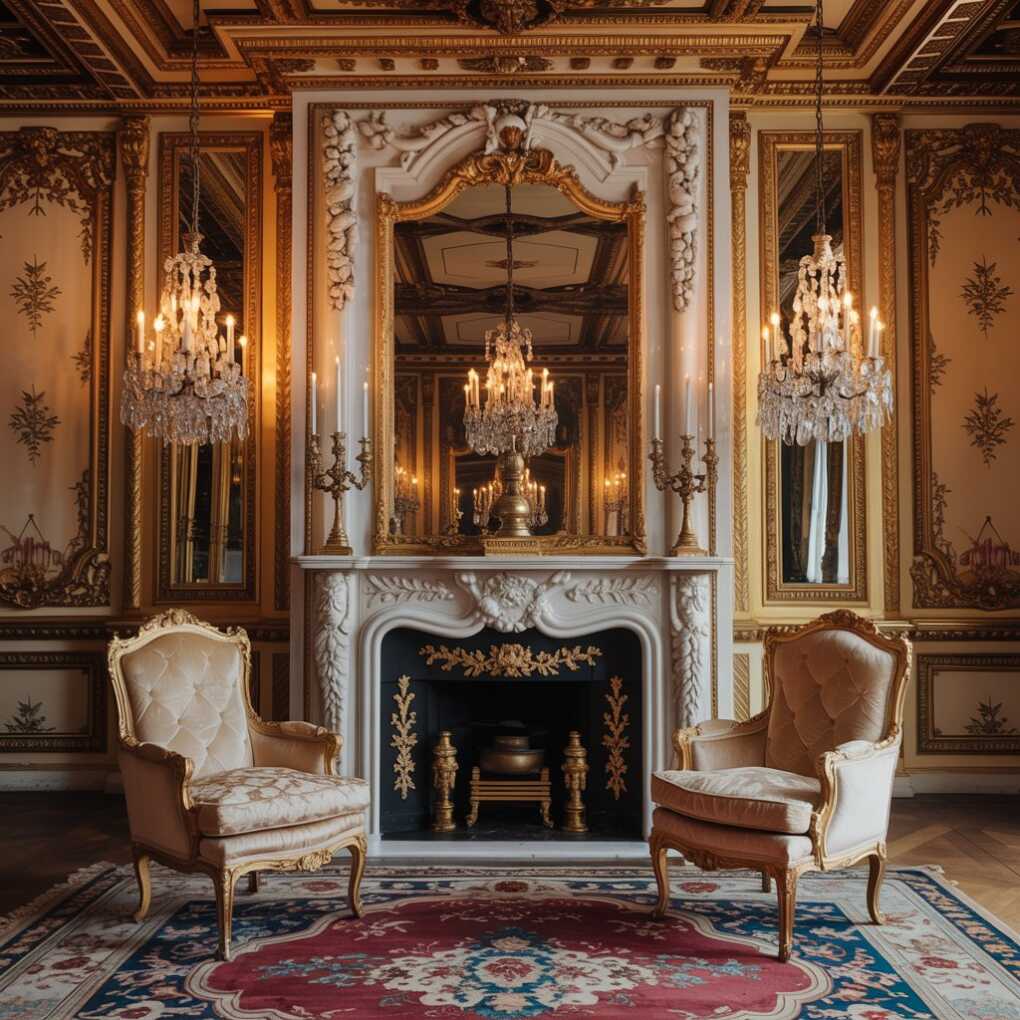
Louis XIV design is grand and luxurious, with a focus on ornate details and a sense of opulence and grandeur. It often features ornate furniture, detailed moldings, and a sense of grandeur and history. Louis XIV interiors are designed to be luxurious and sophisticated, with a sense of elegance and refinement.
Pro Tip:
To achieve a Louis XIV look, use ornate furniture, detailed moldings, and a sense of opulence, and add elements like chandeliers and ornate wall art.
62. Louis XV
Key Features:
- More delicate and ornate
- Rococo details
- Light and airy
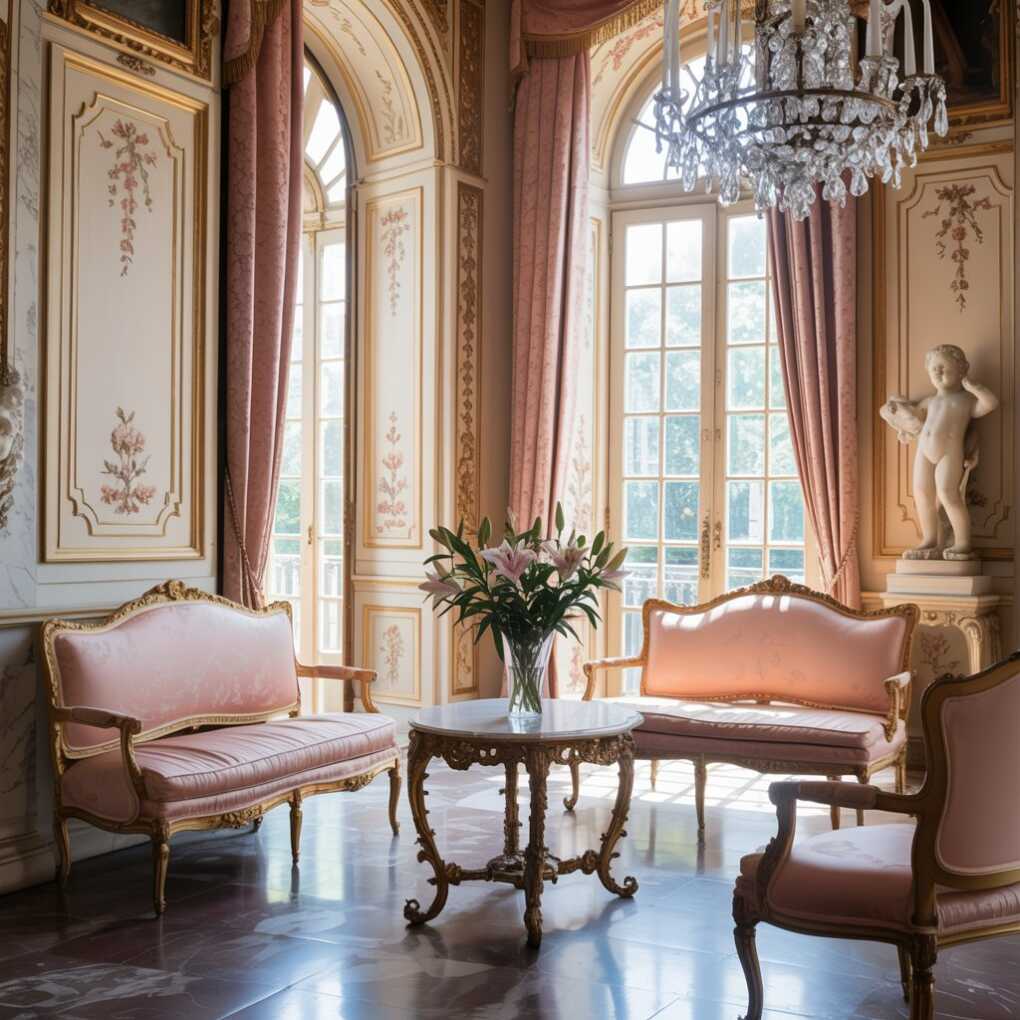
Louis XV design is more delicate and ornate, with a focus on rococo details and a sense of light and airy elegance. It often features ornate furniture, detailed moldings, and a sense of grandeur and history. Louis XV interiors are designed to be luxurious and sophisticated, with a sense of elegance and refinement.
Pro Tip:
To achieve a Louis XV look, use delicate and ornate designs, rococo details, and a sense of light and airy elegance, and add elements like chandeliers and ornate wall art.
63. Louis XVI
Key Features:
- More restrained and elegant
- Classical details
- Focus on symmetry
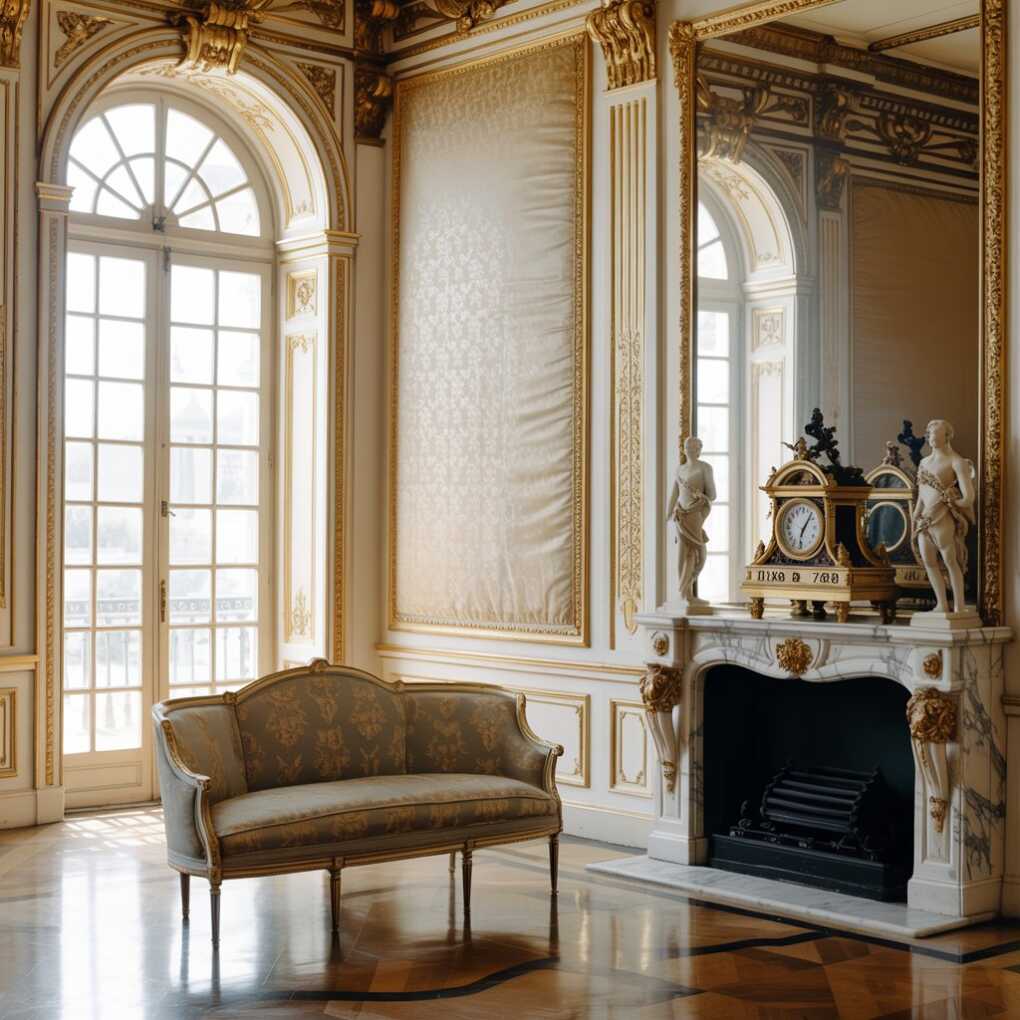
Louis XVI design is more restrained and elegant, with a focus on classical details and a sense of symmetry and balance. It often features ornate furniture, detailed moldings, and a sense of grandeur and history. Louis XVI interiors are designed to be luxurious and sophisticated, with a sense of elegance and refinement.
Pro Tip:
To achieve a Louis XVI look, use restrained and elegant designs, classical details, and a sense of symmetry, and add elements like chandeliers and ornate wall art.
64. Ming
Key Features:
- Reflects the Ming dynasty
- Simple and elegant
- Natural materials
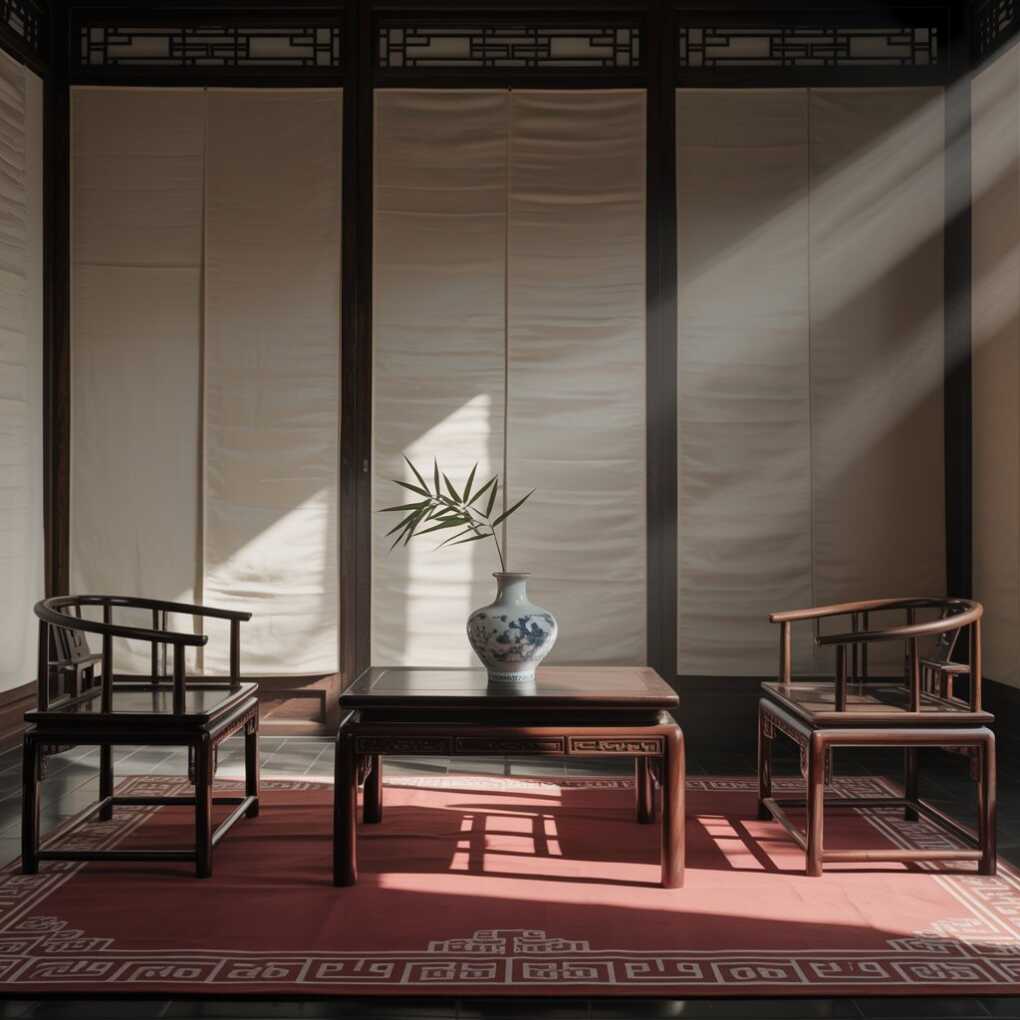
Ming design reflects the Ming dynasty in China, with a focus on simple and elegant furniture and a sense of natural beauty and simplicity. It often features natural materials, clean lines, and a sense of warmth and coziness. Ming interiors are designed to be practical and functional, with a sense of history and charm.
Pro Tip:
To achieve a Ming look, use simple and elegant furniture, natural materials, and a neutral color palette, and add elements like Chinese vases and silk wall hangings.
65. Neoclassical
Key Features:
- Elegant and refined
- Symmetrical designs
- Classical motifs
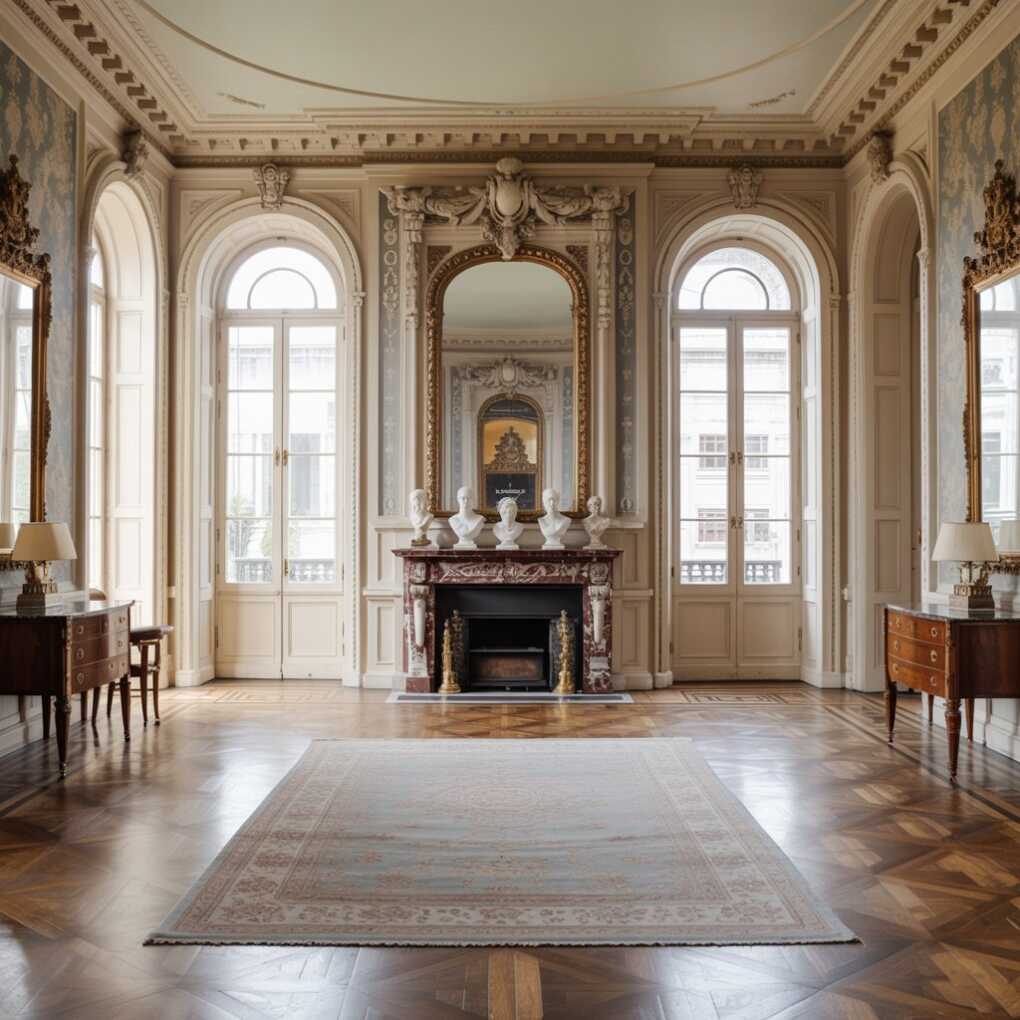
Neoclassical design is elegant and refined, with a focus on symmetrical designs, classical motifs, and a sense of grandeur and history. It often features ornate furniture, detailed moldings, and a sense of grandeur and history. Neoclassical interiors are designed to be luxurious and sophisticated, with a sense of elegance and refinement.
Pro Tip:
To achieve a Neoclassical look, use symmetrical designs, classical motifs, and ornate details, and add detailed moldings and decorative elements.
66. Renaissance
Key Features:
- Reflects the Renaissance period
- Focus on symmetry
- Proportion and classical details
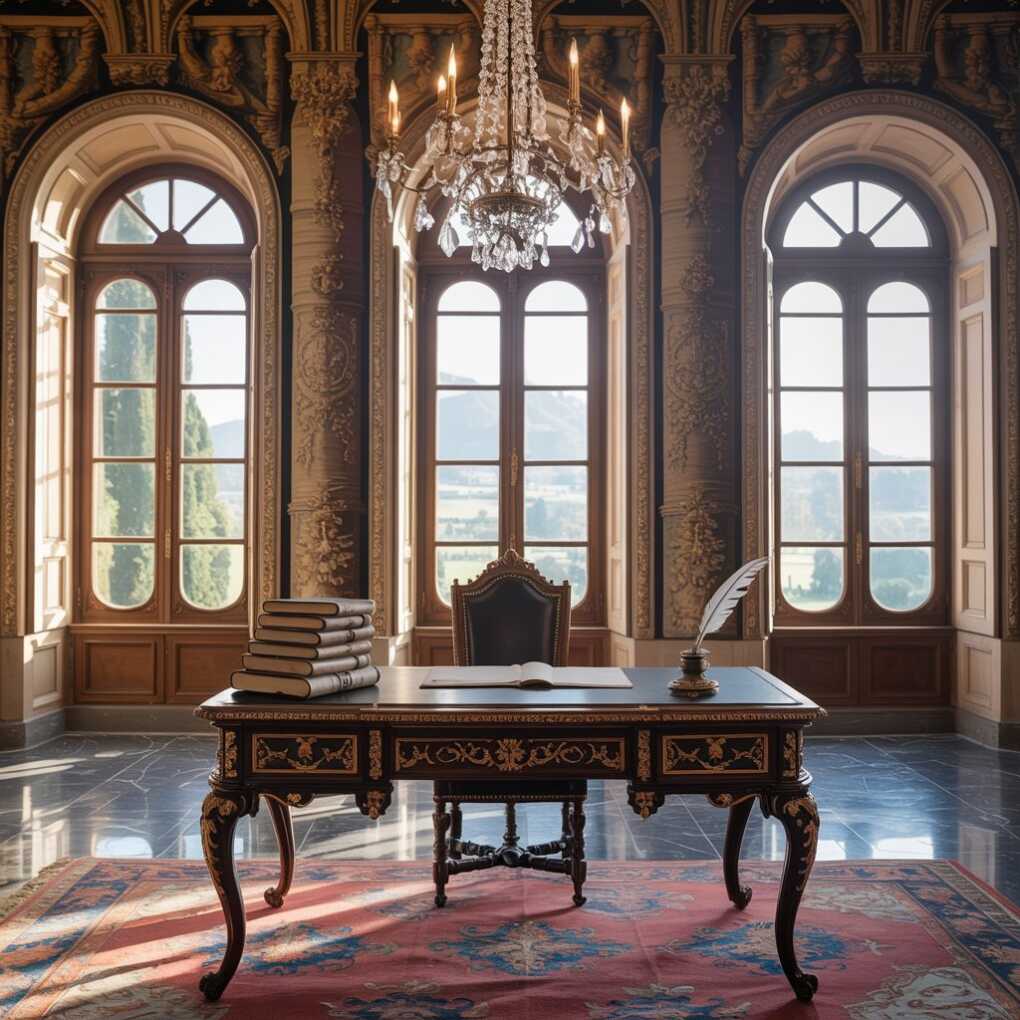
Renaissance design reflects the Renaissance period, with a focus on symmetry, proportion, and classical details. It often features ornate furniture, detailed moldings, and a sense of grandeur and history. Renaissance interiors are designed to be luxurious and sophisticated, with a sense of elegance and refinement.
Pro Tip:
To achieve a Renaissance look, use symmetrical designs, classical details, and a sense of grandeur, and add elements like chandeliers and ornate wall art.
67. Rococo
Key Features:
- Ornate and elaborate
- Light and airy
- Intricate details
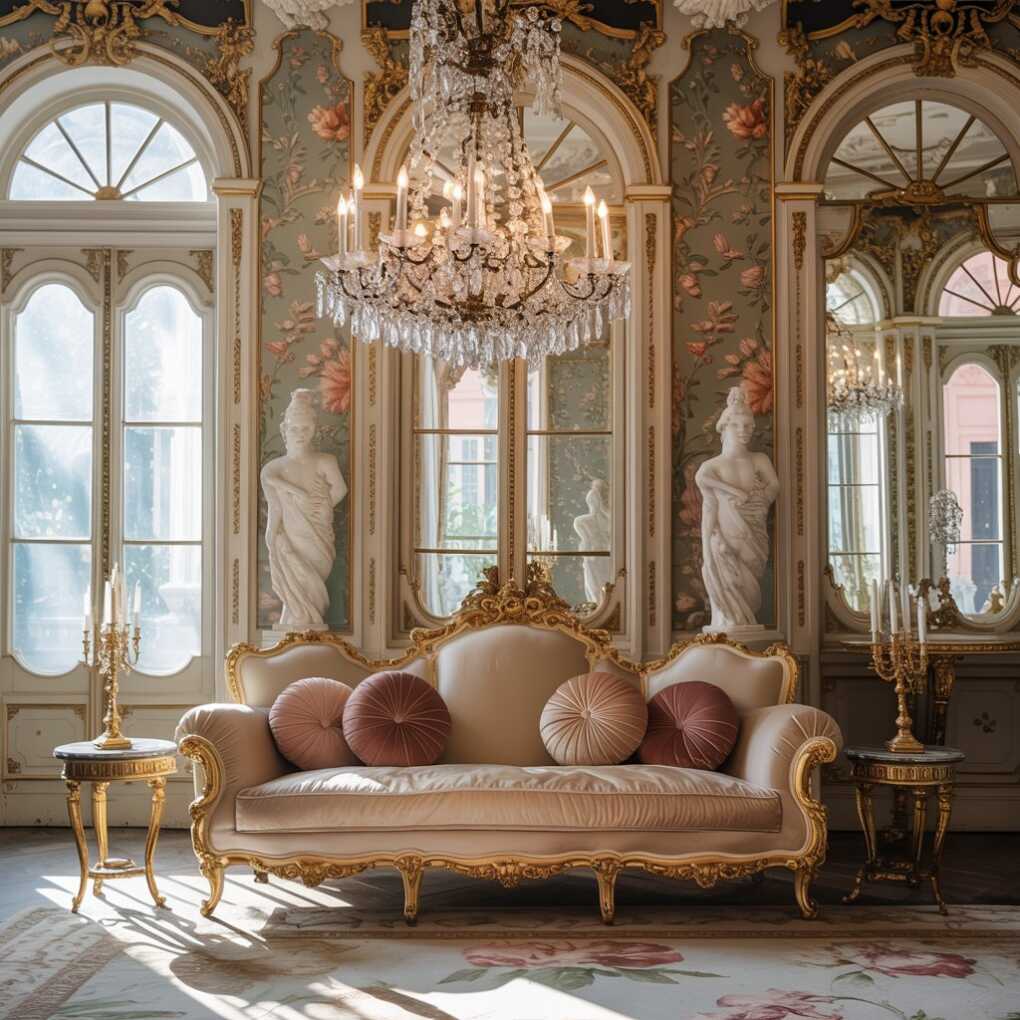
Rococo design is ornate and elaborate, with a focus on light and airy spaces and intricate details. It often features ornate furniture, detailed moldings, and a sense of grandeur and history. Rococo interiors are designed to be luxurious and sophisticated, with a sense of elegance and refinement.
Pro Tip:
To achieve a Rococo look, use ornate and elaborate designs, light and airy spaces, and intricate details, and add elements like chandeliers and ornate wall art.
68. Tudor
Key Features:
- Reflects the Tudor period
- Timber-framed houses
- Ornate details
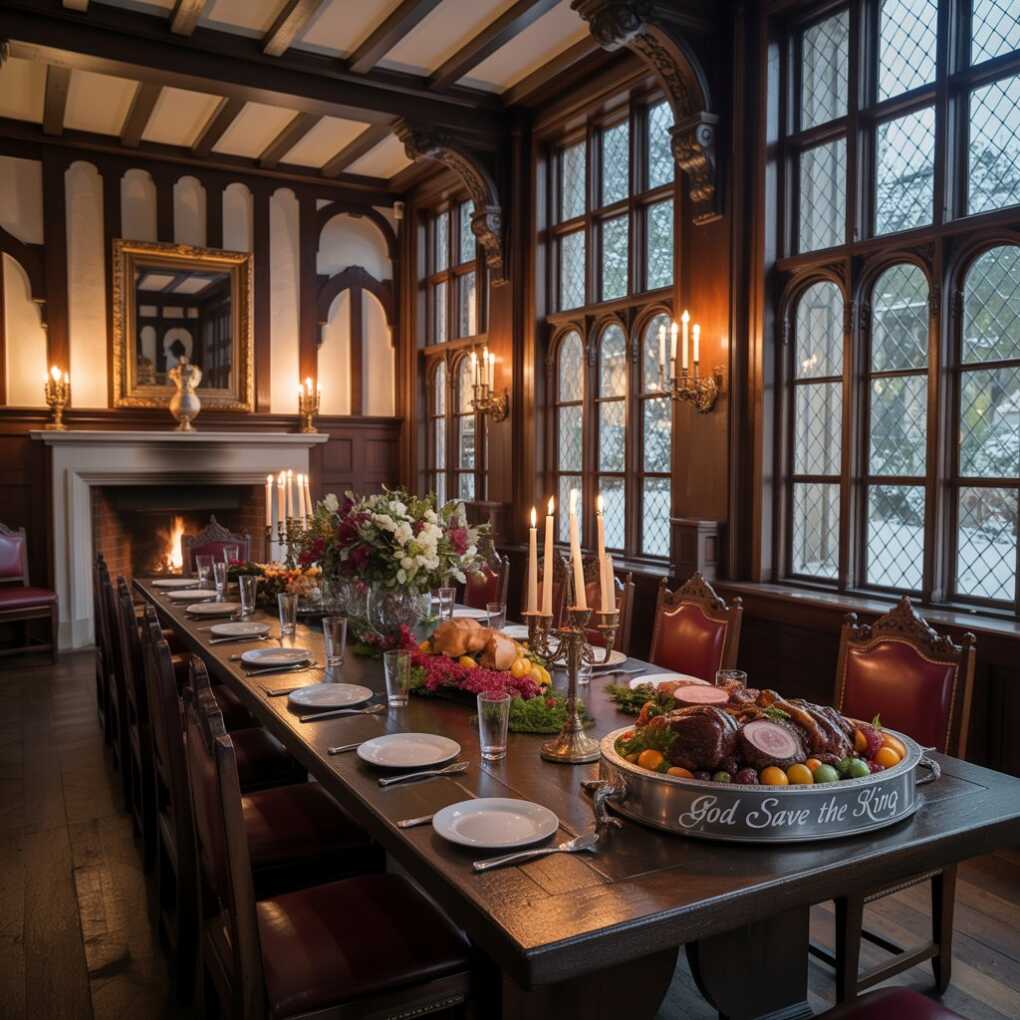
Tudor design reflects the Tudor period, with a focus on timber-framed houses and ornate details. It often features ornate furniture, detailed moldings, and a sense of grandeur and history. Tudor interiors are designed to be luxurious and sophisticated, with a sense of elegance and refinement.
Pro Tip:
To achieve a Tudor look, use timber-framed houses, ornate details, and a sense of grandeur, and add elements like chandeliers and ornate wall art.
69. Victorian Gothic
Key Features:
- Combines Victorian and Gothic elements
- Dark wood
- Rich fabrics
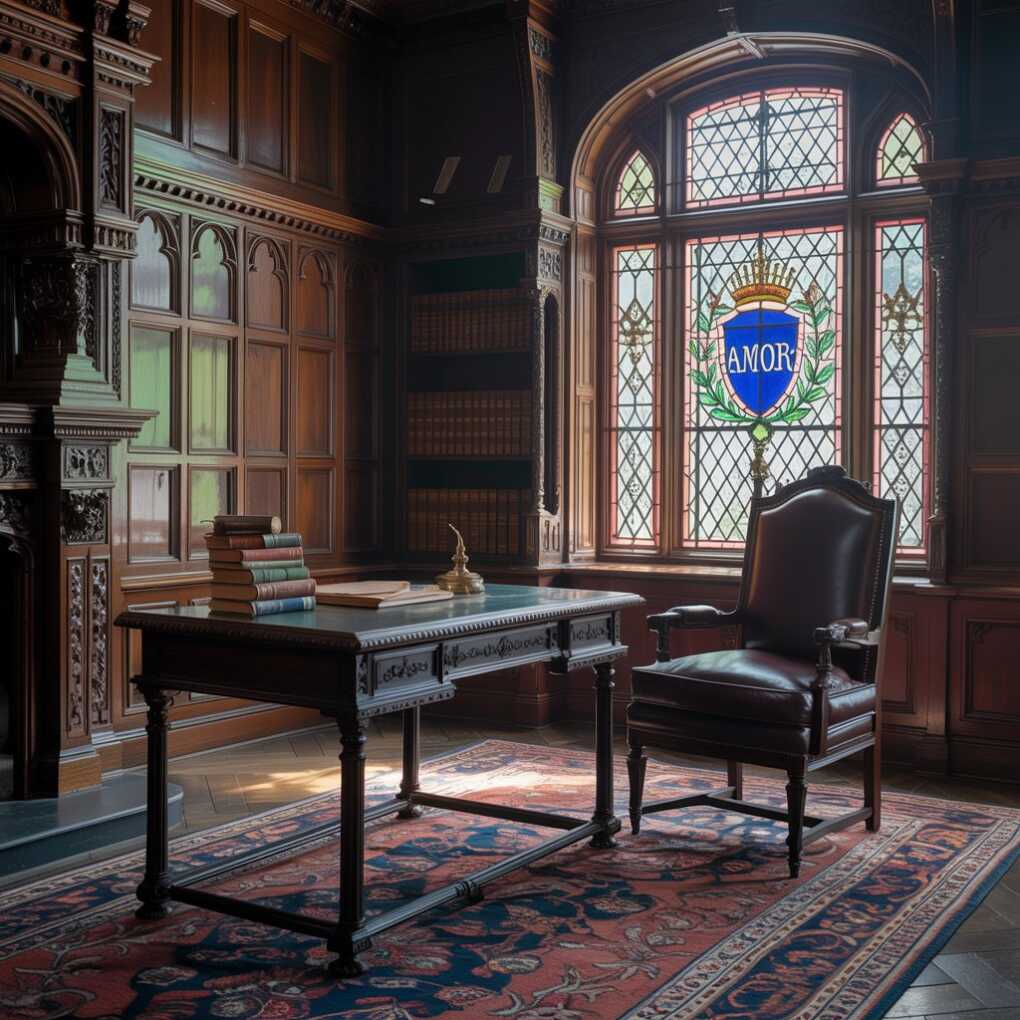
Victorian Gothic design combines Victorian and Gothic elements, with a focus on dark wood, rich fabrics, and a sense of grandeur and history. It often features ornate furniture, detailed moldings, and a sense of grandeur and history. Victorian Gothic interiors are designed to be luxurious and sophisticated, with a sense of elegance and refinement.
Pro Tip:
To achieve a Victorian Gothic look, use dark wood, rich fabrics, and a sense of grandeur, and add elements like chandeliers and ornate wall art.
70. Arabic
Key Features:
- Reflects Middle Eastern aesthetics
- Intricate patterns
- Rich colors
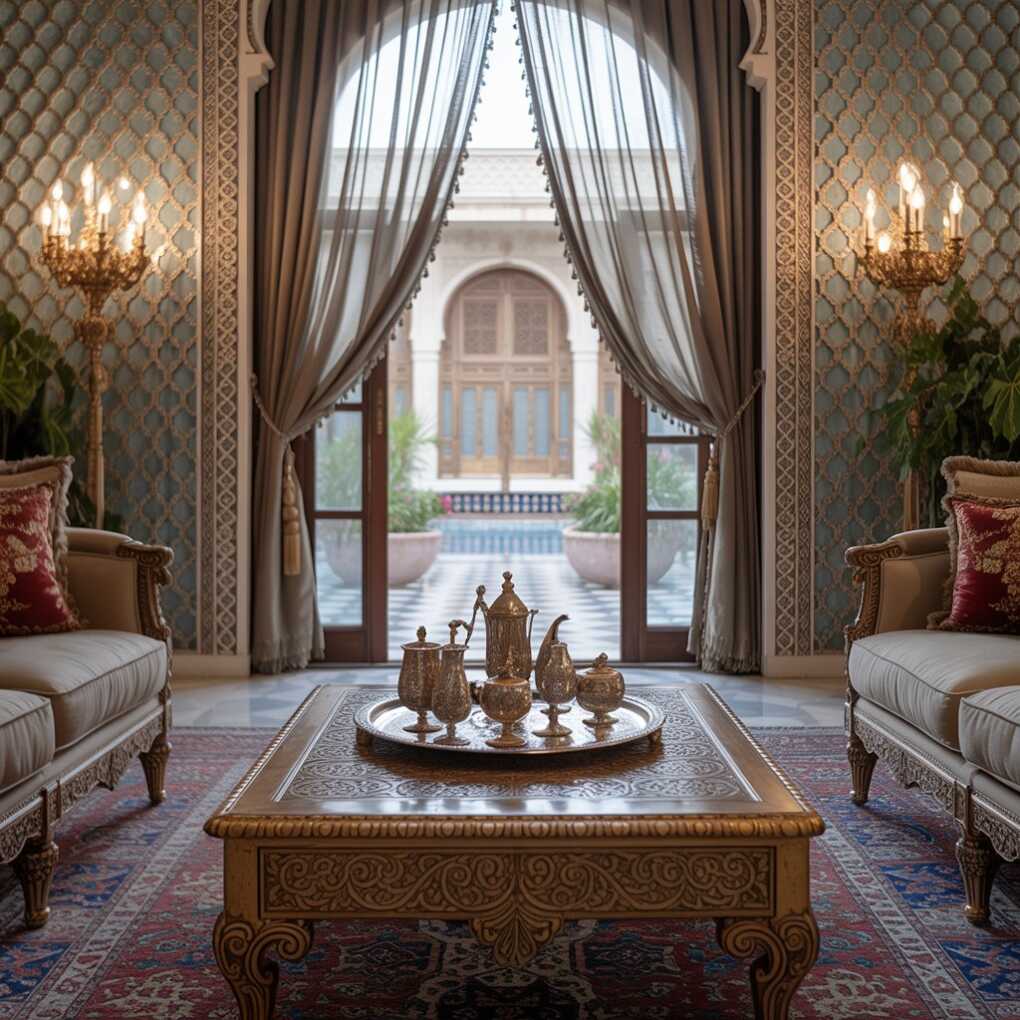
Arabic design reflects Middle Eastern aesthetics, with a focus on intricate patterns, rich colors, and a sense of elegance and refinement. It often features ornate furniture, detailed moldings, and a sense of grandeur and history. Arabic interiors are designed to be luxurious and sophisticated, with a sense of elegance and refinement.
Pro Tip:
To achieve an Arabic look, use intricate patterns, rich colors, and a sense of elegance, and add elements like ornate wall art and decorative tiles.
71. Balinese
Key Features:
- Reflects the culture of Bali
- Natural materials
- Vibrant colors
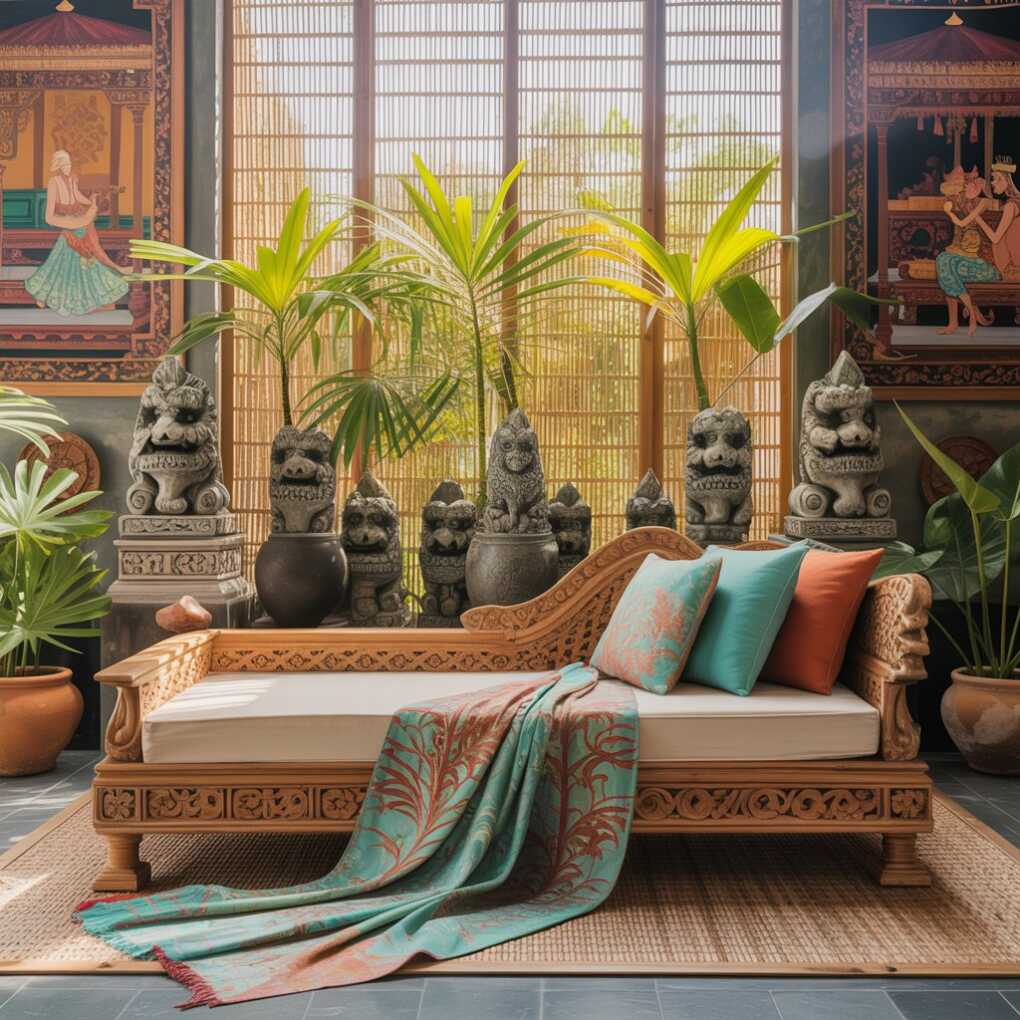
Balinese design reflects the culture of Bali, with a focus on natural materials, vibrant colors, and a relaxed, tropical feel. It often features natural materials, vibrant colors, and a sense of warmth and relaxation. Balinese interiors are designed to be practical and functional, with a sense of natural beauty and simplicity.
Pro Tip:
To achieve a Balinese look, use natural materials, vibrant colors, and a relaxed, tropical feel, and add elements like rattan furniture and tropical wall art.
72. Boutique
Key Features:
- Reflects the aesthetics of boutique hotels
- Unique and curated elements
- Personal and sophisticated
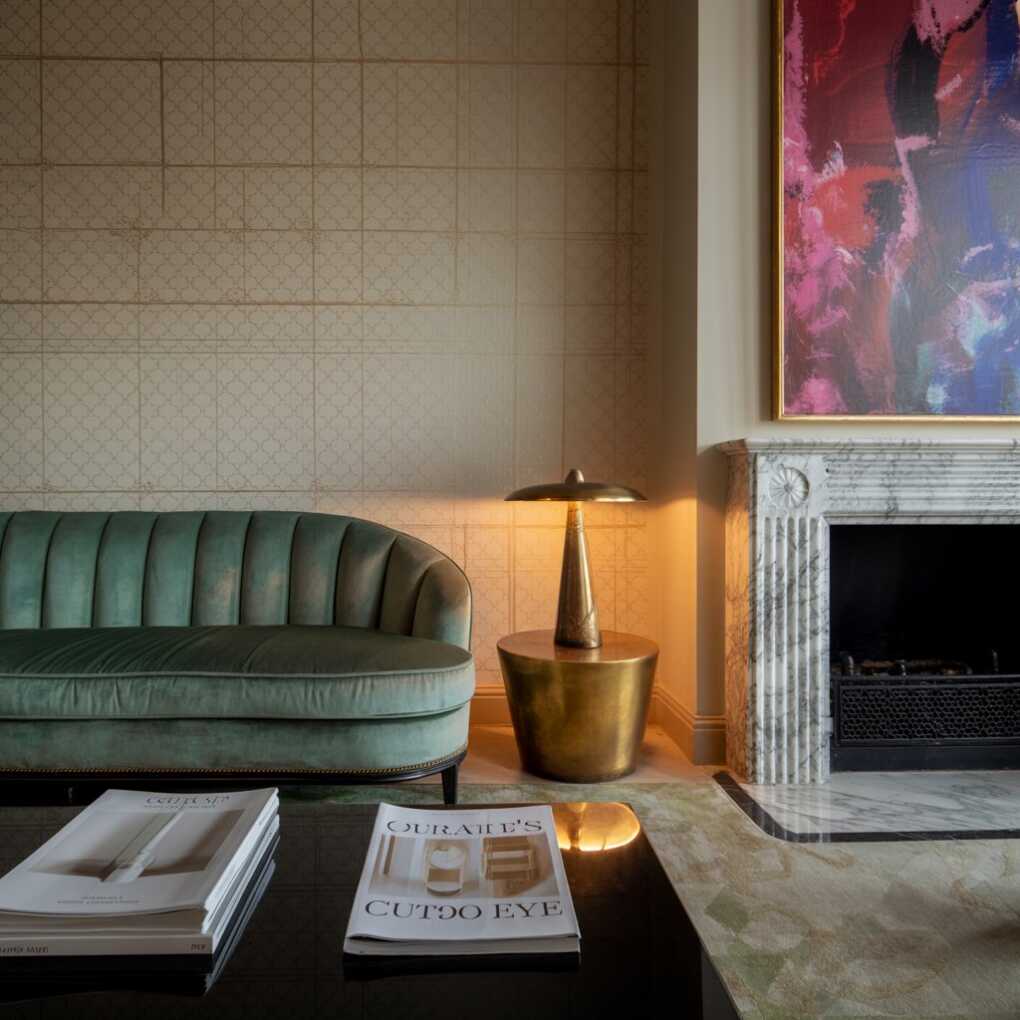
Boutique design reflects the aesthetics of boutique hotels, with a focus on unique and curated elements and a sense of personal and sophisticated appeal. It often features unique and curated decor, a mix of styles, and a sense of luxury and sophistication. Boutique interiors are designed to be unique and personalized, with a sense of luxury and sophistication.
Pro Tip:
To achieve a Boutique look, use unique and curated decor, a mix of styles, and a sense of luxury, and add elements like unique artwork and custom furniture.
73. Cajun
Key Features:
- Reflects the culture of Louisiana
- Mix of French, Spanish, and Native American influences
- Cozy and inviting
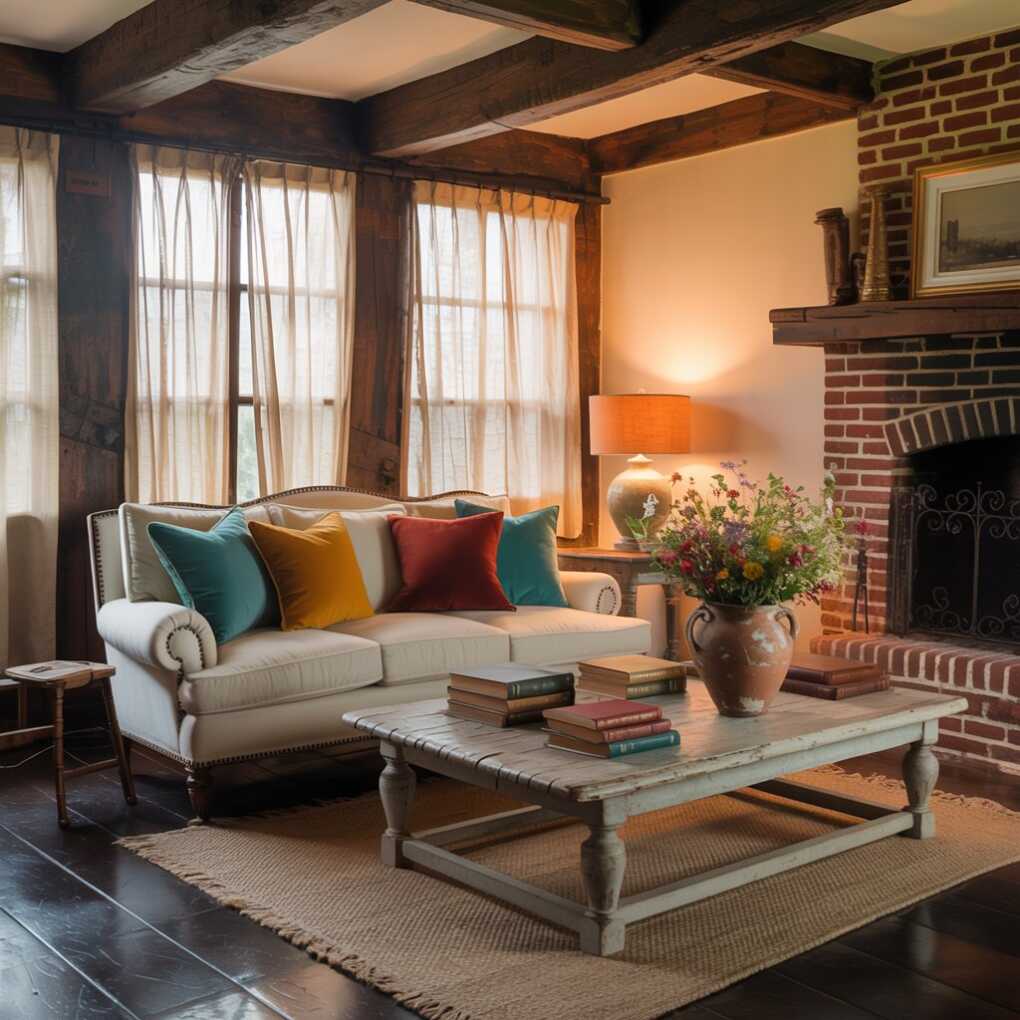
Cajun design reflects the culture of Louisiana, with a mix of French, Spanish, and Native American influences and a sense of cozy and inviting atmosphere. It often features natural materials, warm colors, and a sense of warmth and relaxation. Cajun interiors are designed to be practical and functional, with a sense of natural beauty and simplicity.
Pro Tip:
To achieve a Cajun look, use natural materials, warm colors, and a sense of warmth, and add elements like wooden beams and natural wood furniture.
74. Celtic
Key Features:
- Reflects Celtic culture
- Intricate patterns
- Natural materials
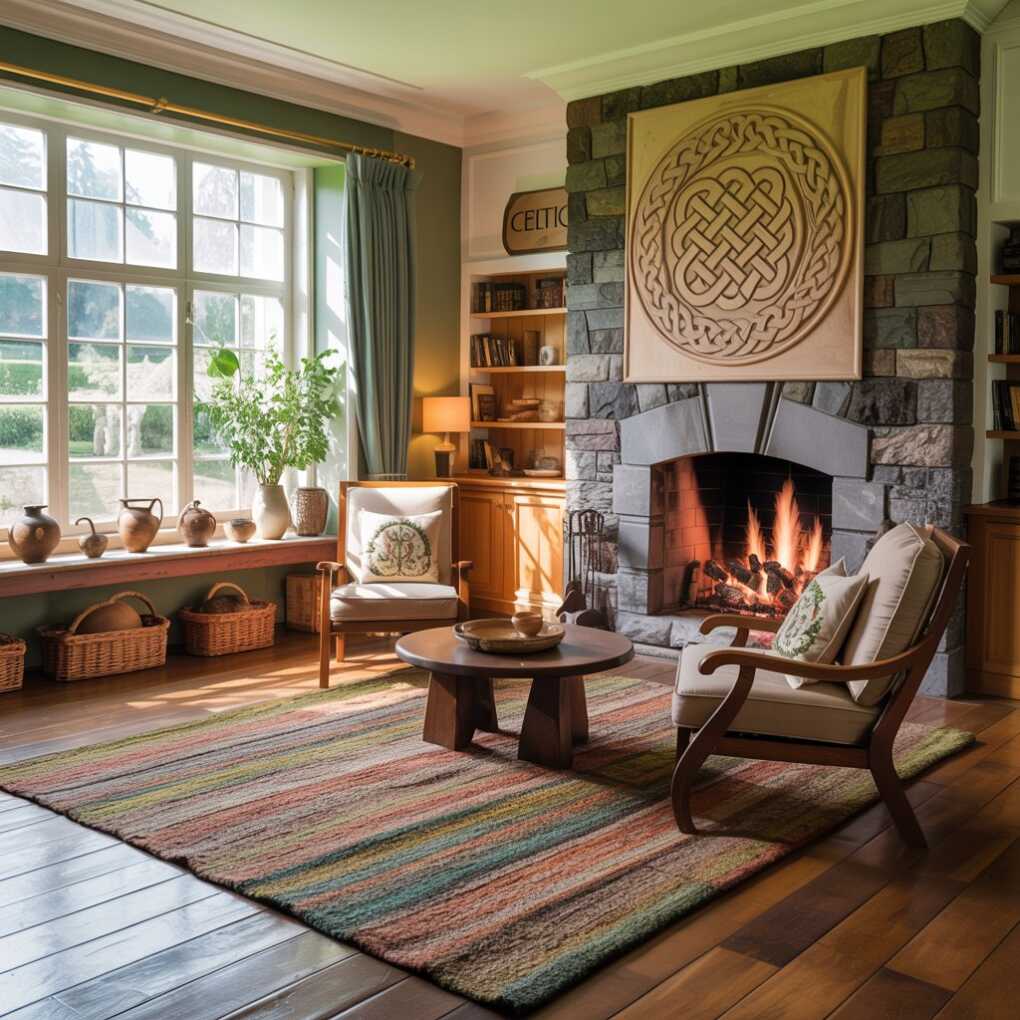
Celtic design reflects Celtic culture, with a focus on intricate patterns, natural materials, and a sense of natural beauty and simplicity. It often features natural materials, intricate patterns, and a sense of warmth and relaxation. Celtic interiors are designed to be practical and functional, with a sense of natural beauty and simplicity.
Pro Tip:
To achieve a Celtic look, use natural materials, intricate patterns, and a sense of natural beauty, and add elements like Celtic wall art and decorative items.
75. Chinese Modern
Key Features:
- Combines traditional Chinese elements
- Modern design
- Minimalism and natural materials
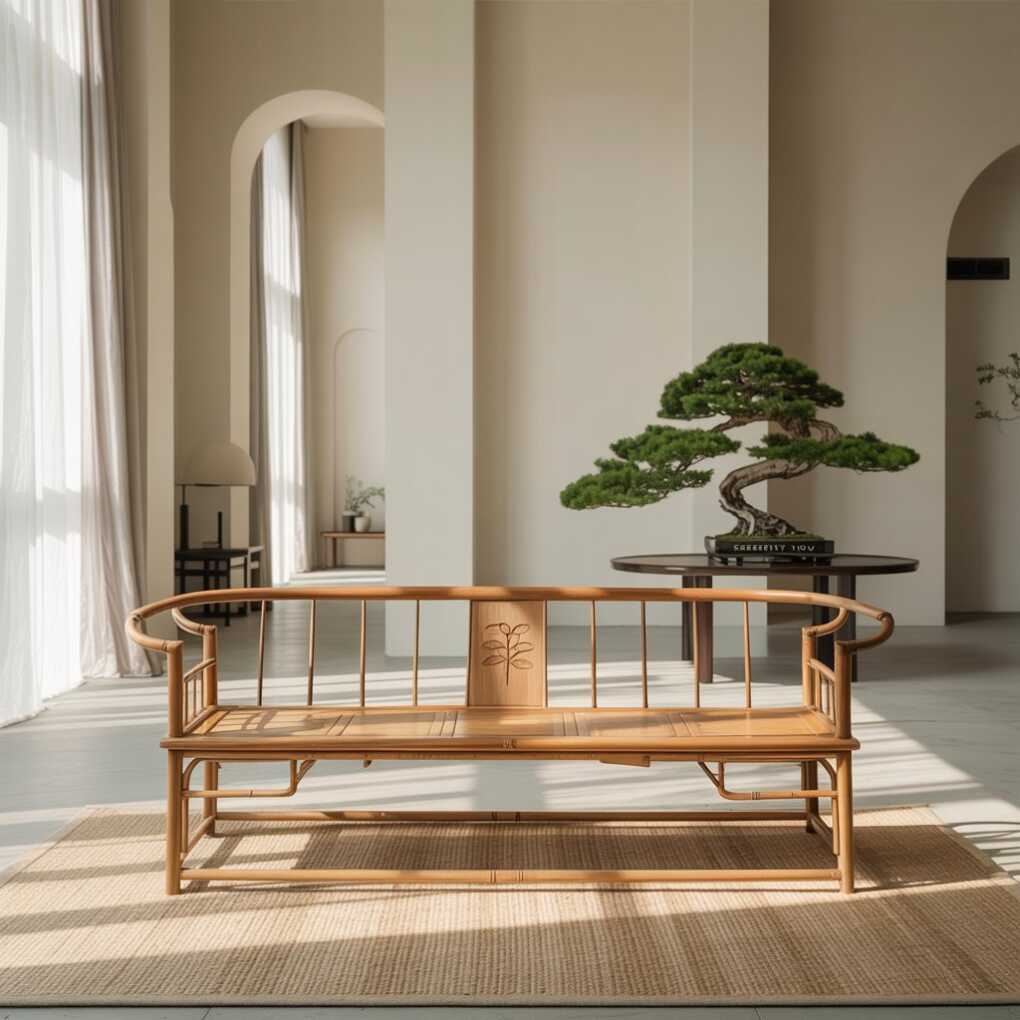
Chinese Modern design combines traditional Chinese elements with modern design, creating a minimalist and natural look. It often features a neutral color palette, natural materials, and a sense of balance and harmony. Chinese Modern interiors are designed to be calm and uncluttered, with a focus on creating a peaceful and balanced space.
Pro Tip:
To achieve a Chinese Modern look, use a neutral color palette, natural materials like wood and bamboo, and a minimalist design, and add elements like shoji screens and bonsai trees.
76. Hawaiian
Key Features:
- Reflects the culture of Hawaii
- Natural materials
- Vibrant colors
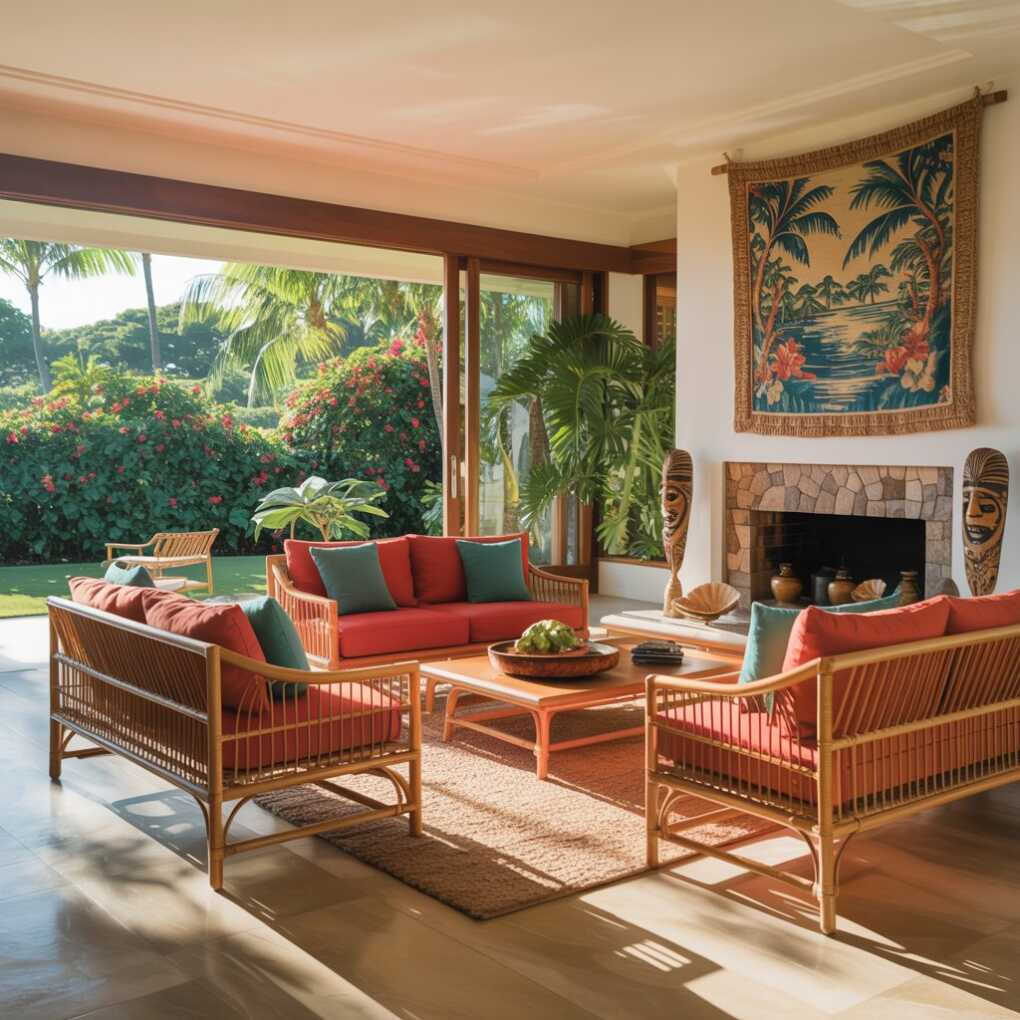
Hawaiian design reflects the culture of Hawaii, with a focus on natural materials, vibrant colors, and a relaxed, tropical feel. It often features natural materials, vibrant colors, and a sense of warmth and relaxation. Hawaiian interiors are designed to be practical and functional, with a sense of natural beauty and simplicity.
Pro Tip:
To achieve a Hawaiian look, use natural materials, vibrant colors, and a relaxed, tropical feel, and add elements like rattan furniture and tropical wall art.
77. Indian
Key Features:
- Reflects the culture of India
- Rich colors
- Intricate patterns
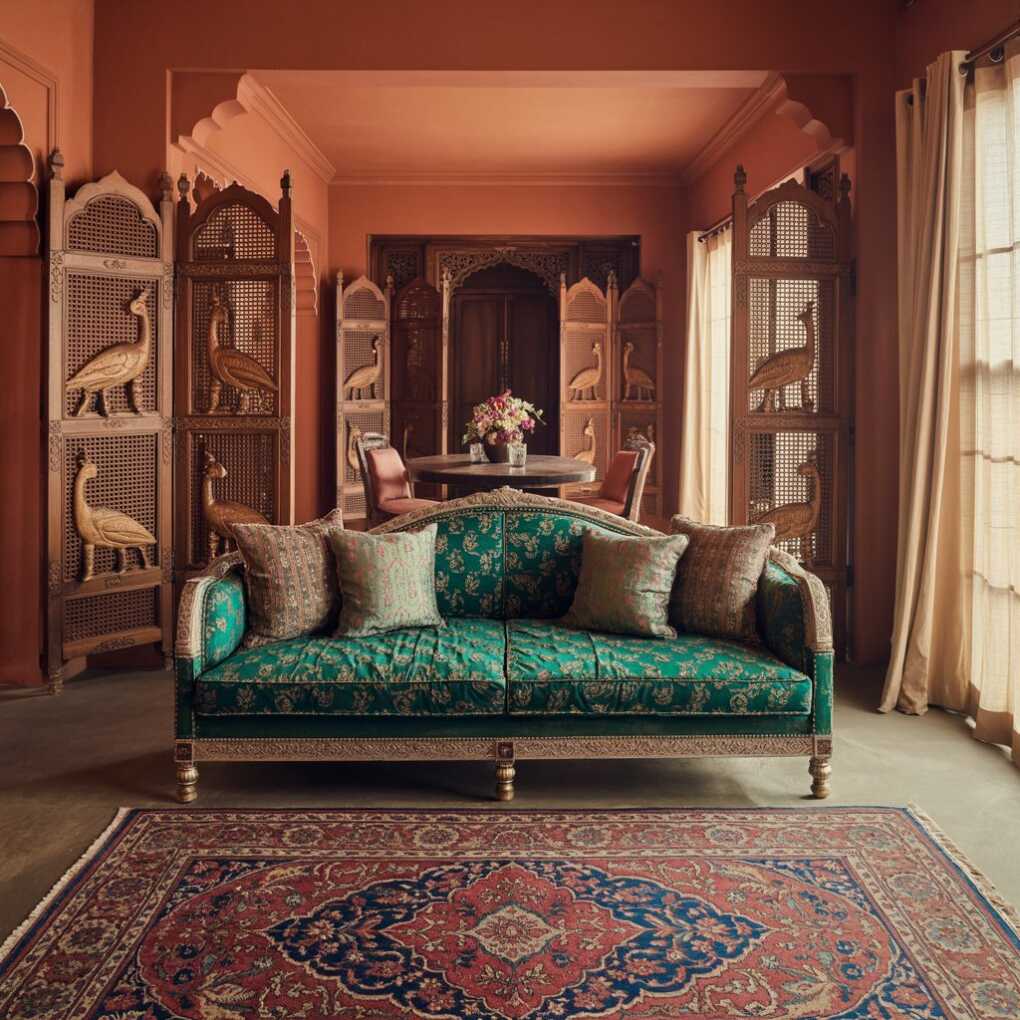
Indian design reflects the culture of India, with a focus on rich colors, intricate patterns, and a sense of elegance and refinement. It often features ornate furniture, detailed moldings, and a sense of cultural richness and diversity. Indian interiors are designed to be luxurious and sophisticated, with a sense of elegance and refinement.
Pro Tip:
To achieve an Indian look, use rich colors, intricate patterns, and a sense of cultural richness, and add elements like Indian textiles and decorative items.
78. Japanese
Key Features:
- Reflects Japanese aesthetics
- Minimalism
- Natural materials
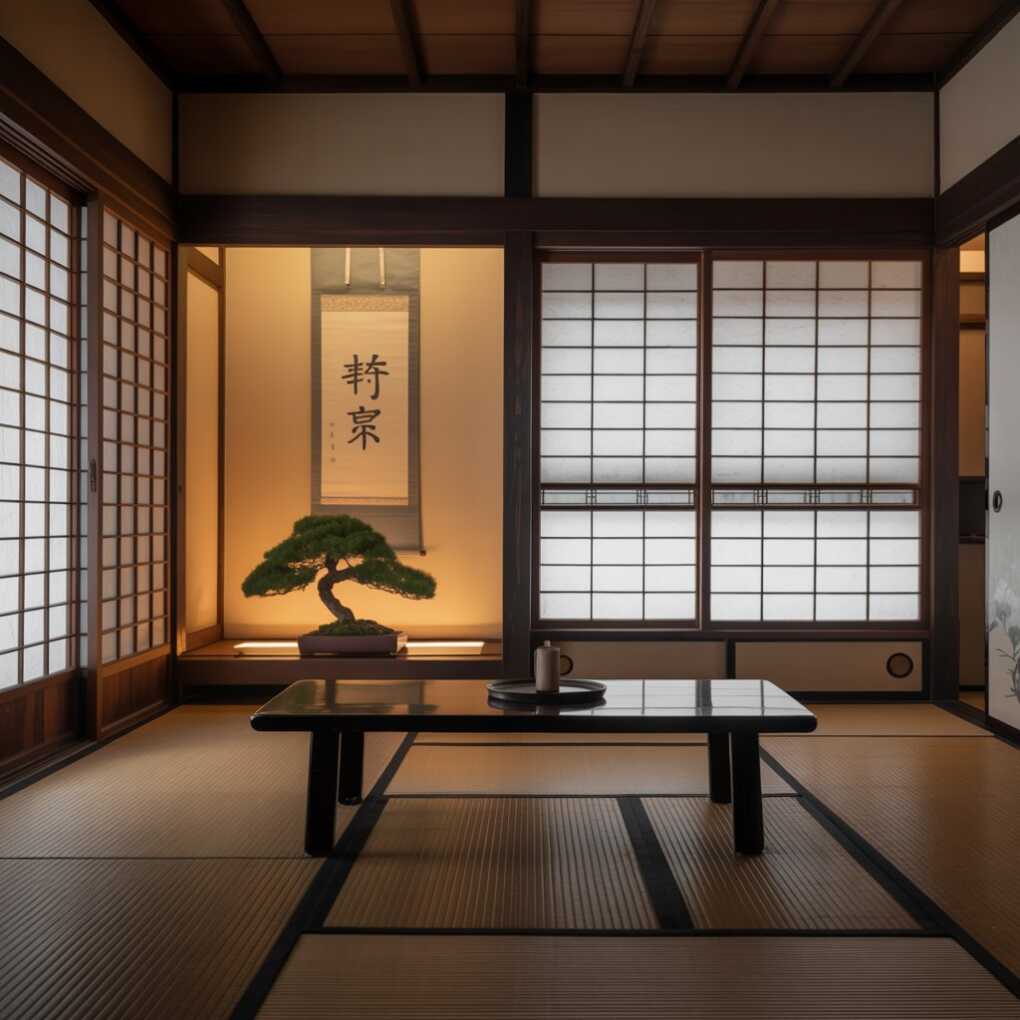
Japanese design reflects Japanese aesthetics, with a focus on minimalism, natural materials, and a sense of balance and harmony. It often features a neutral color palette, natural materials, and a sense of warmth and relaxation. Japanese interiors are designed to be practical and functional, with a sense of natural beauty and simplicity.
Pro Tip:
To achieve a Japanese look, use a neutral color palette, natural materials like wood and bamboo, and a minimalist design, and add elements like shoji screens and bonsai trees.
79. Korean
Key Features:
- Reflects Korean aesthetics
- Minimalism
- Natural materials

Korean design reflects Korean aesthetics, with a focus on minimalism, natural materials, and a sense of balance and harmony. It often features a neutral color palette, natural materials, and a sense of warmth and relaxation. Korean interiors are designed to be practical and functional, with a sense of natural beauty and simplicity.
Pro Tip:
To achieve a Korean look, use a neutral color palette, natural materials like wood and bamboo, and a minimalist design, and add elements like Korean ceramics and decorative items.
80. Mexican
Key Features:
- Reflects the culture of Mexico
- Vibrant colors
- Natural materials
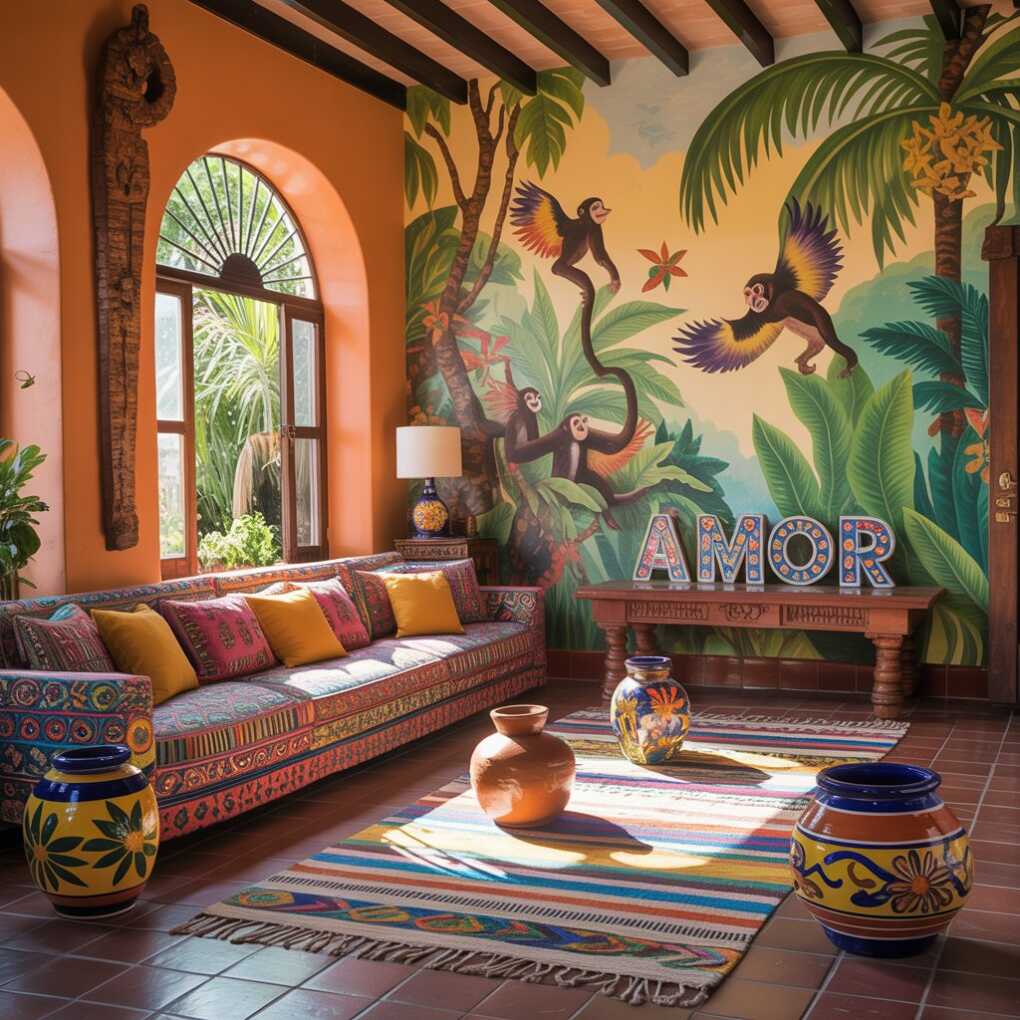
Mexican design reflects the culture of Mexico, with a focus on vibrant colors, natural materials, and a relaxed, tropical feel. It often features natural materials, vibrant colors, and a sense of warmth and relaxation. Mexican interiors are designed to be practical and functional, with a sense of natural beauty and simplicity.
Pro Tip:
To achieve a Mexican look, use natural materials, vibrant colors, and a relaxed, tropical feel, and add elements like colorful tiles and decorative items.
81. Russian
Key Features:
- Reflects Russian aesthetics
- Rich colors
- Ornate details
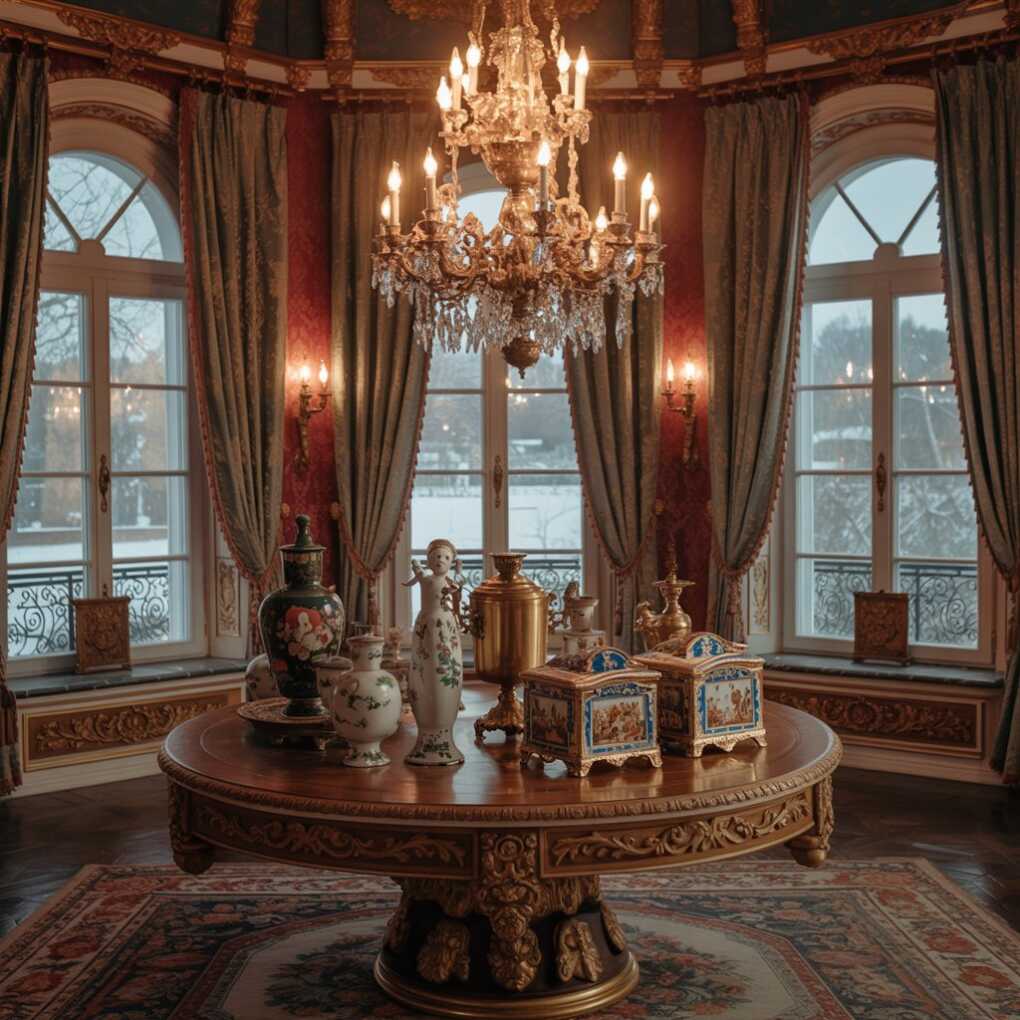
Russian design reflects Russian aesthetics, with a focus on rich colors, ornate details, and a sense of elegance and refinement. It often features ornate furniture, detailed moldings, and a sense of cultural richness and diversity. Russian interiors are designed to be luxurious and sophisticated, with a sense of elegance and refinement.
Pro Tip:
To achieve a Russian look, use rich colors, ornate details, and a sense of cultural richness, and add elements like Russian textiles and decorative items.
82. Spanish
Key Features:
- Reflects Spanish aesthetics
- Warm colors
- Natural materials
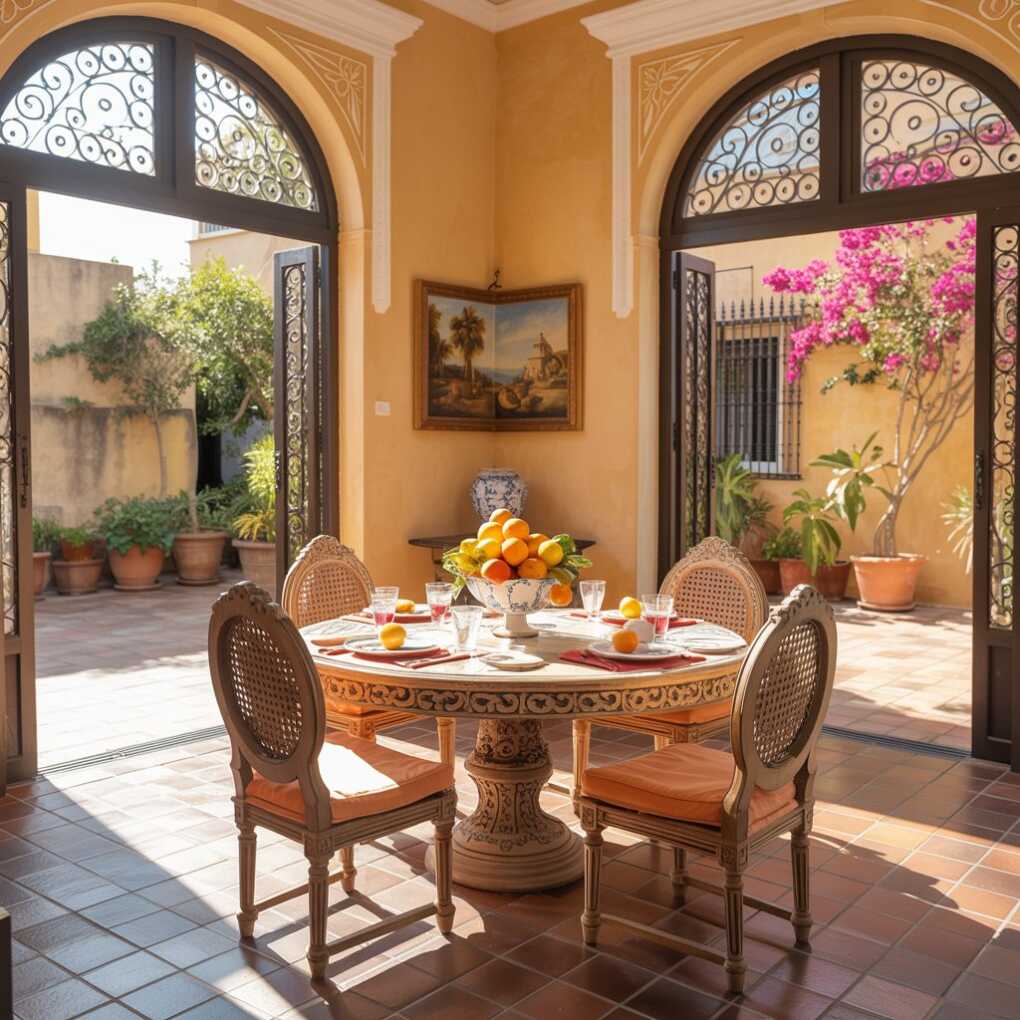
Spanish design reflects Spanish aesthetics, with a focus on warm colors, natural materials, and a sense of elegance and refinement. It often features ornate furniture, detailed moldings, and a sense of cultural richness and diversity. Spanish interiors are designed to be luxurious and sophisticated, with a sense of elegance and refinement.
Pro Tip:
To achieve a Spanish look, use warm colors, natural materials, and a sense of cultural richness, and add elements like Spanish tiles and decorative items.
83. Thai
Key Features:
- Reflects the culture of Thailand
- Natural materials
- Vibrant colors
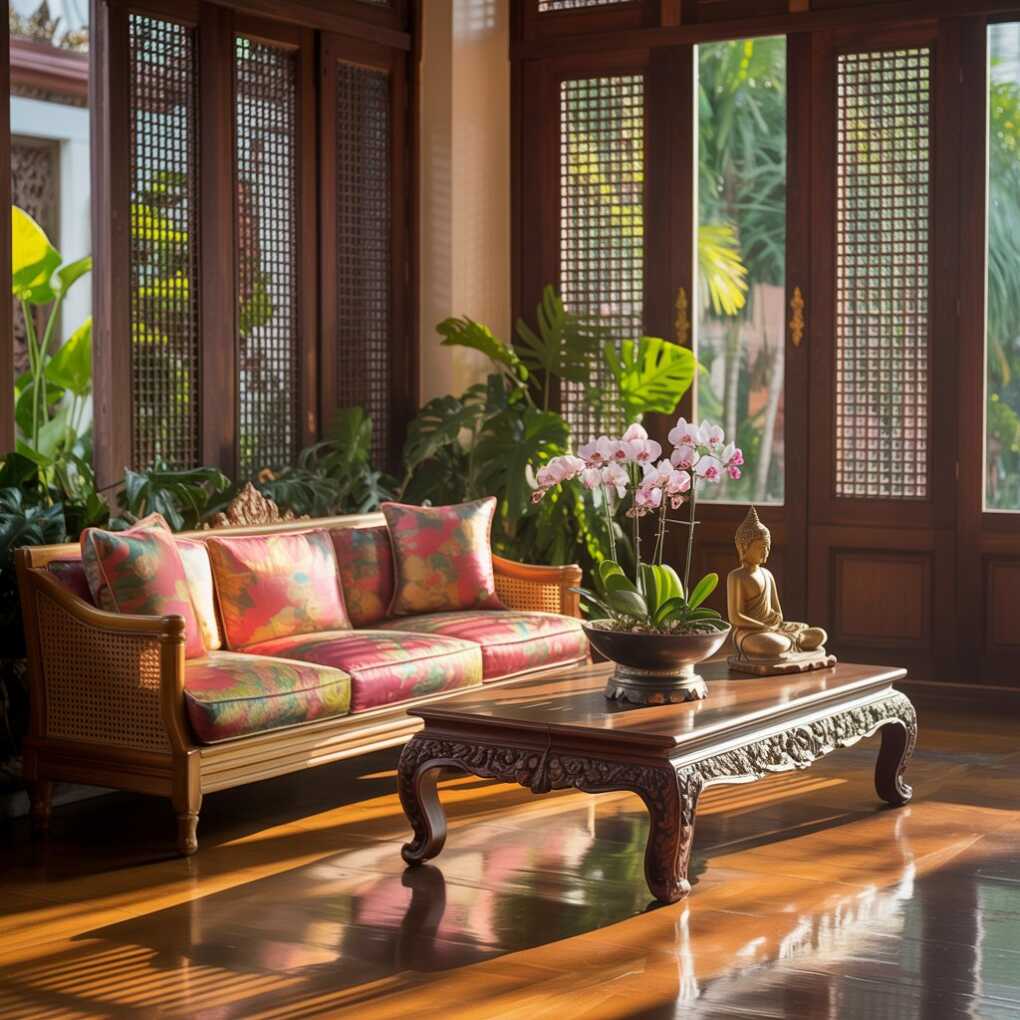
Thai design reflects the culture of Thailand, with a focus on natural materials, vibrant colors, and a relaxed, tropical feel. It often features natural materials, vibrant colors, and a sense of warmth and relaxation. Thai interiors are designed to be practical and functional, with a sense of natural beauty and simplicity.
Pro Tip:
To achieve a Thai look, use natural materials, vibrant colors, and a relaxed, tropical feel, and add elements like Thai textiles and decorative items.
84. Turkish
Key Features:
- Reflects Turkish aesthetics
- Rich colors
- Intricate patterns
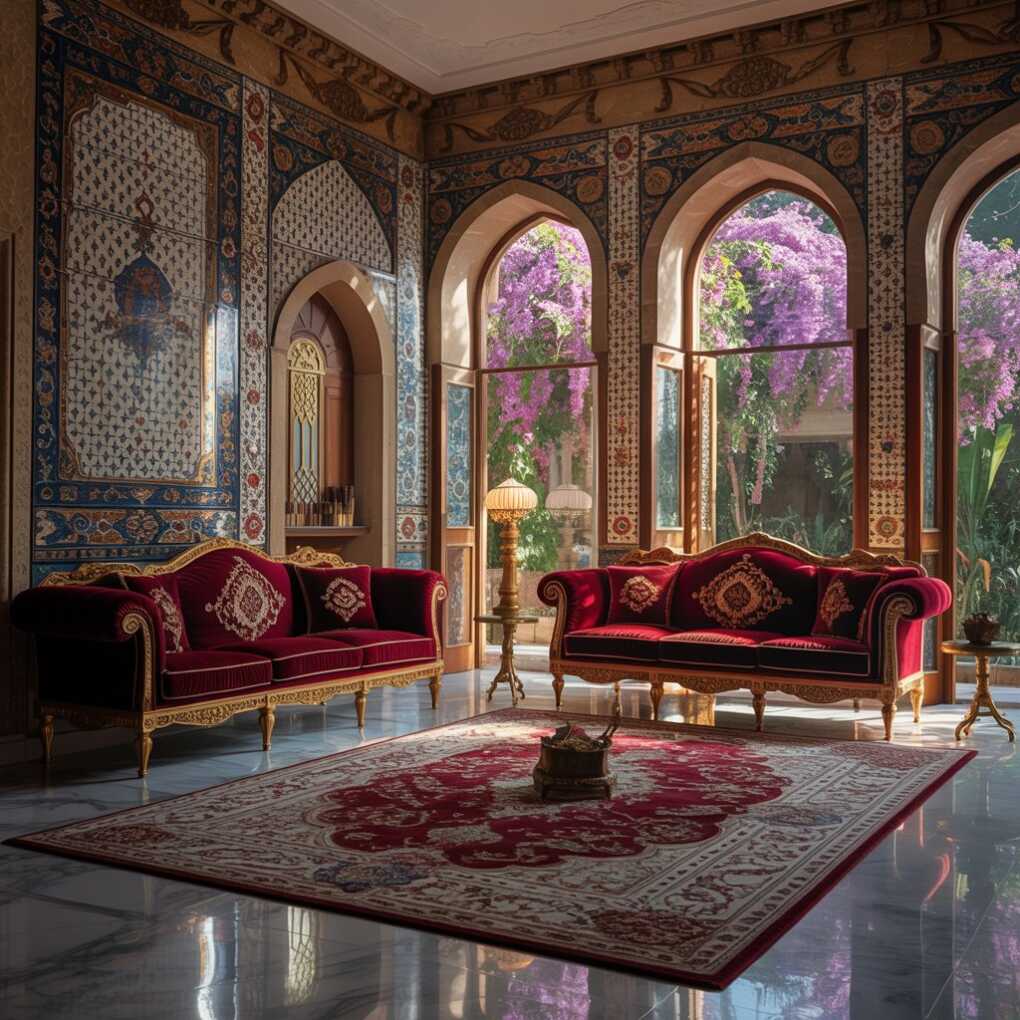
Turkish design reflects Turkish aesthetics, with a focus on rich colors, intricate patterns, and a sense of elegance and refinement. It often features ornate furniture, detailed moldings, and a sense of cultural richness and diversity. Turkish interiors are designed to be luxurious and sophisticated, with a sense of elegance and refinement.
Pro Tip:
To achieve a Turkish look, use rich colors, intricate patterns, and a sense of cultural richness, and add elements like Turkish textiles and decorative items.
85. Biophilic
Key Features:
- Focuses on bringing the outdoors inside
- Natural light
- Plants and natural materials
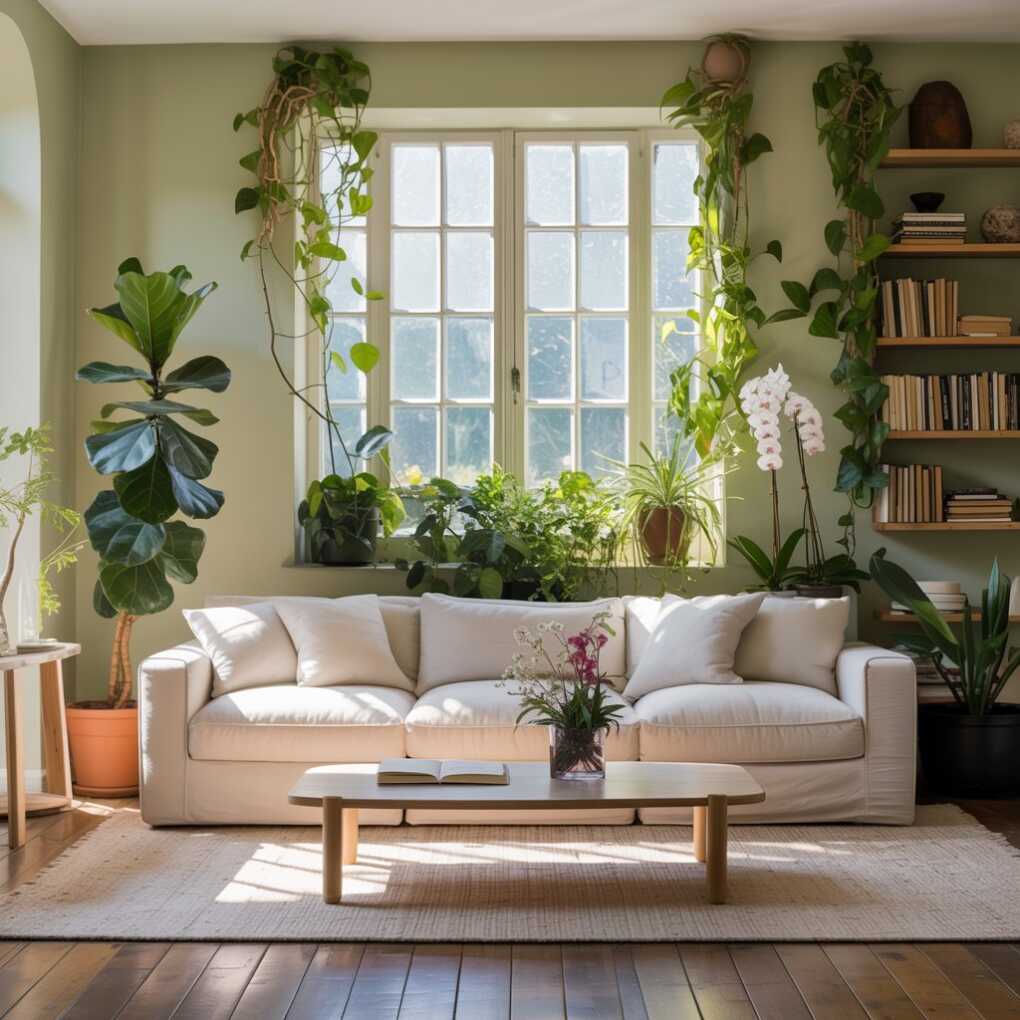
Biophilic design focuses on bringing the outdoors inside, with a focus on natural light, plants, and natural materials. It often features a neutral color palette, natural materials, and a sense of warmth and relaxation. Biophilic interiors are designed to be practical and functional, with a sense of natural beauty and simplicity.
Pro Tip:
To achieve a Biophilic look, use natural light, plants, and natural materials, and add elements like indoor plants and natural wood furniture.
86. Boutique Minimalist
Key Features:
- Combines the aesthetics of boutique hotels
- Minimalist approach
- Unique and curated elements
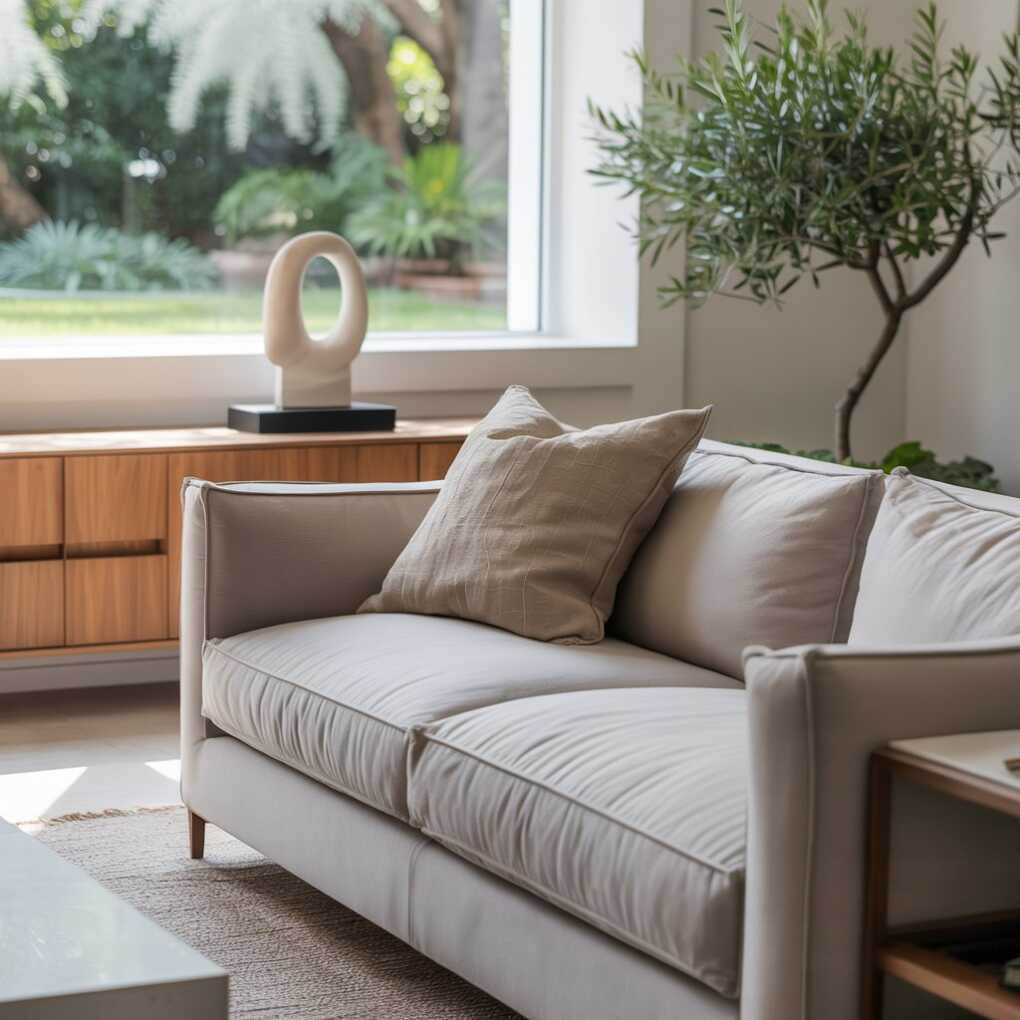
Boutique Minimalist design combines the aesthetics of boutique hotels with a minimalist approach, creating a unique and curated look. It often features a neutral color palette, minimal decor, and a sense of luxury and sophistication. Boutique Minimalist interiors are designed to be practical and functional, with a sense of natural beauty and simplicity.
Pro Tip:
To achieve a Boutique Minimalist look, use a neutral color palette, minimal decor, and a sense of luxury, and add elements like unique artwork and custom furniture.
87. Cottage Modern
Key Features:
- Combines the charm of a cottage
- Modern design elements
- Warm and inviting
Cottage Modern design combines the charm of a cottage with modern design elements, creating a warm and inviting look. It often features a neutral color palette, natural materials, and a sense of warmth and relaxation. Cottage Modern interiors are designed to be practical and functional, with a sense of natural beauty and simplicity.
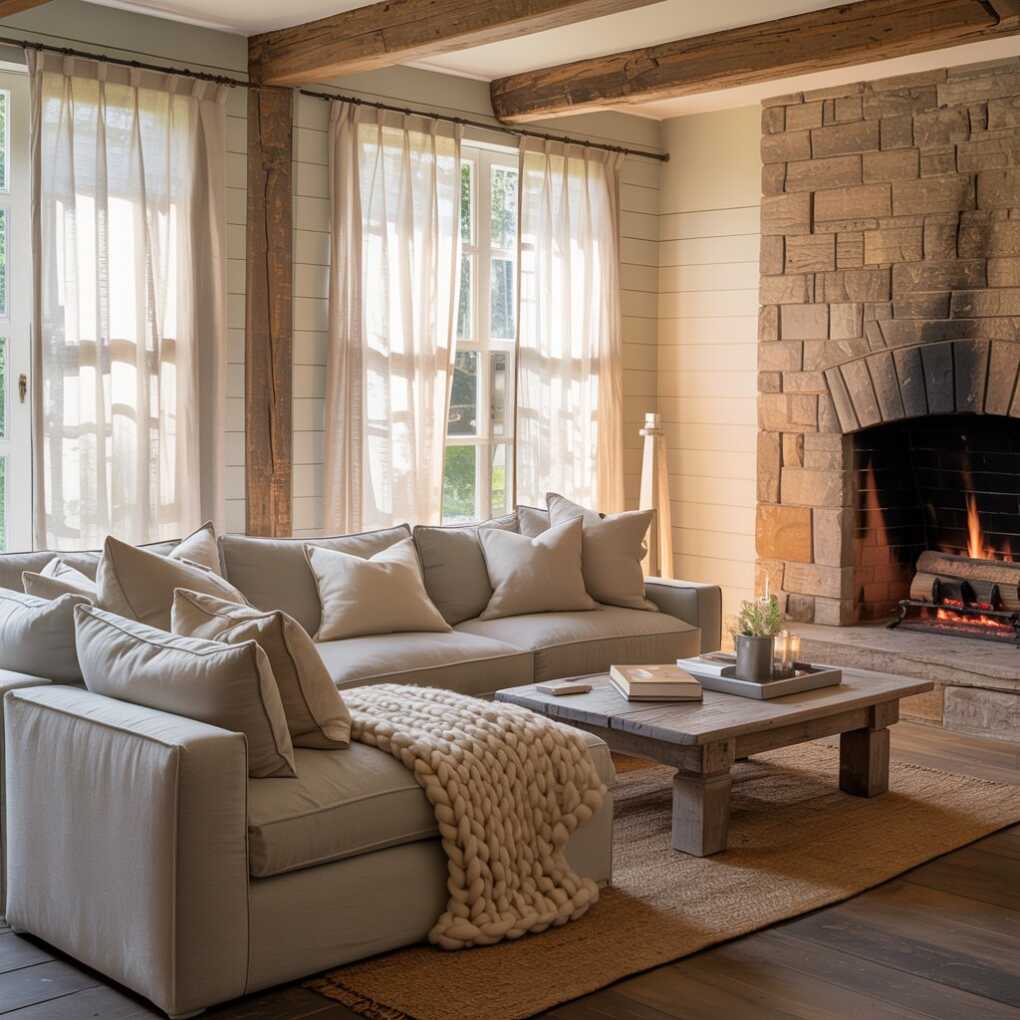
Pro Tip:
To achieve a Cottage Modern look, use a neutral color palette, natural materials, and a sense of warmth, and add elements like wooden beams and natural wood furniture.
88. Desert Modern
Key Features:
- Reflects the aesthetics of the desert
- Modern design
- Minimalism and natural materials
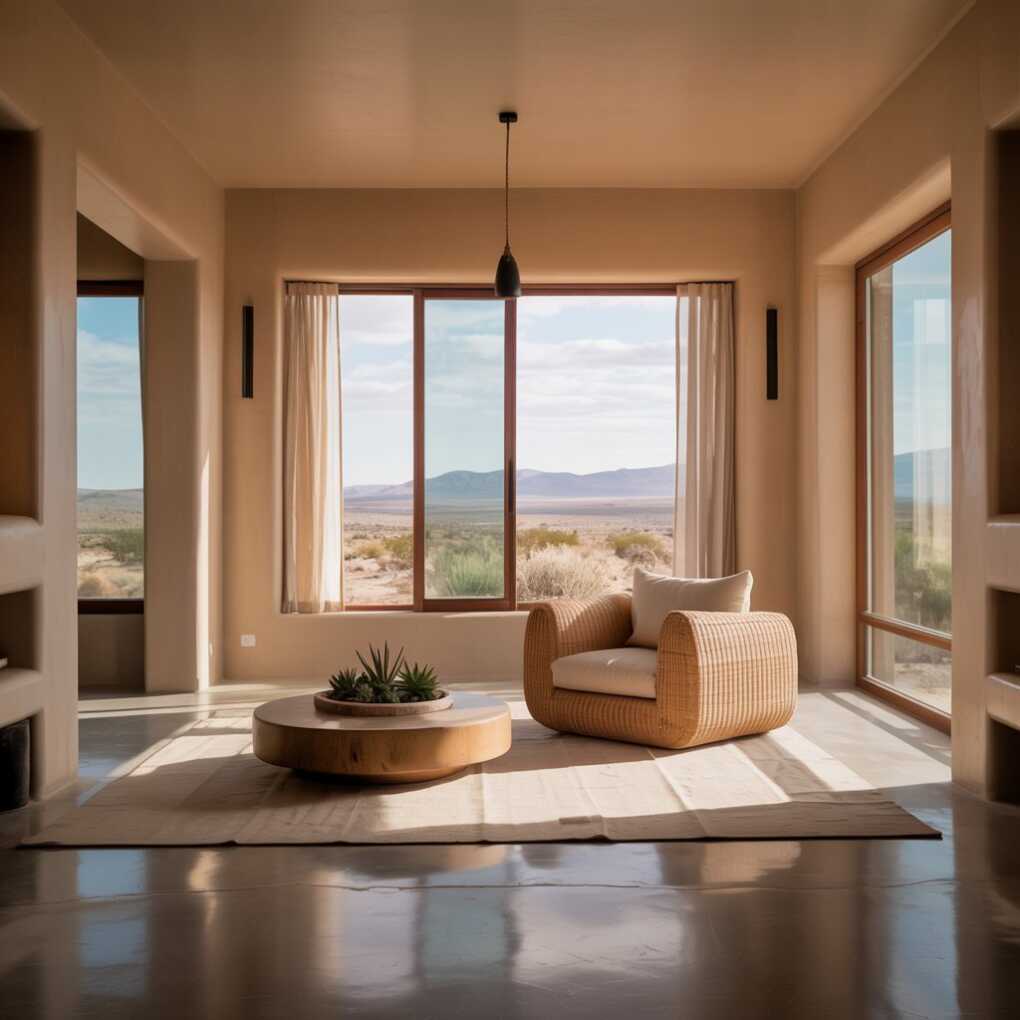
Desert Modern design reflects the aesthetics of the desert, with a modern design and a focus on minimalism and natural materials. It often features a neutral color palette, natural materials, and a sense of warmth and relaxation. Desert Modern interiors are designed to be practical and functional, with a sense of natural beauty and simplicity.
Pro Tip:
To achieve a Desert Modern look, use a neutral color palette, natural materials, and a sense of warmth, and add elements like desert plants and natural wood furniture.
89. Eclectic
Key Features:
- Mix of various styles and elements
- Personal and unique
- Creative and diverse
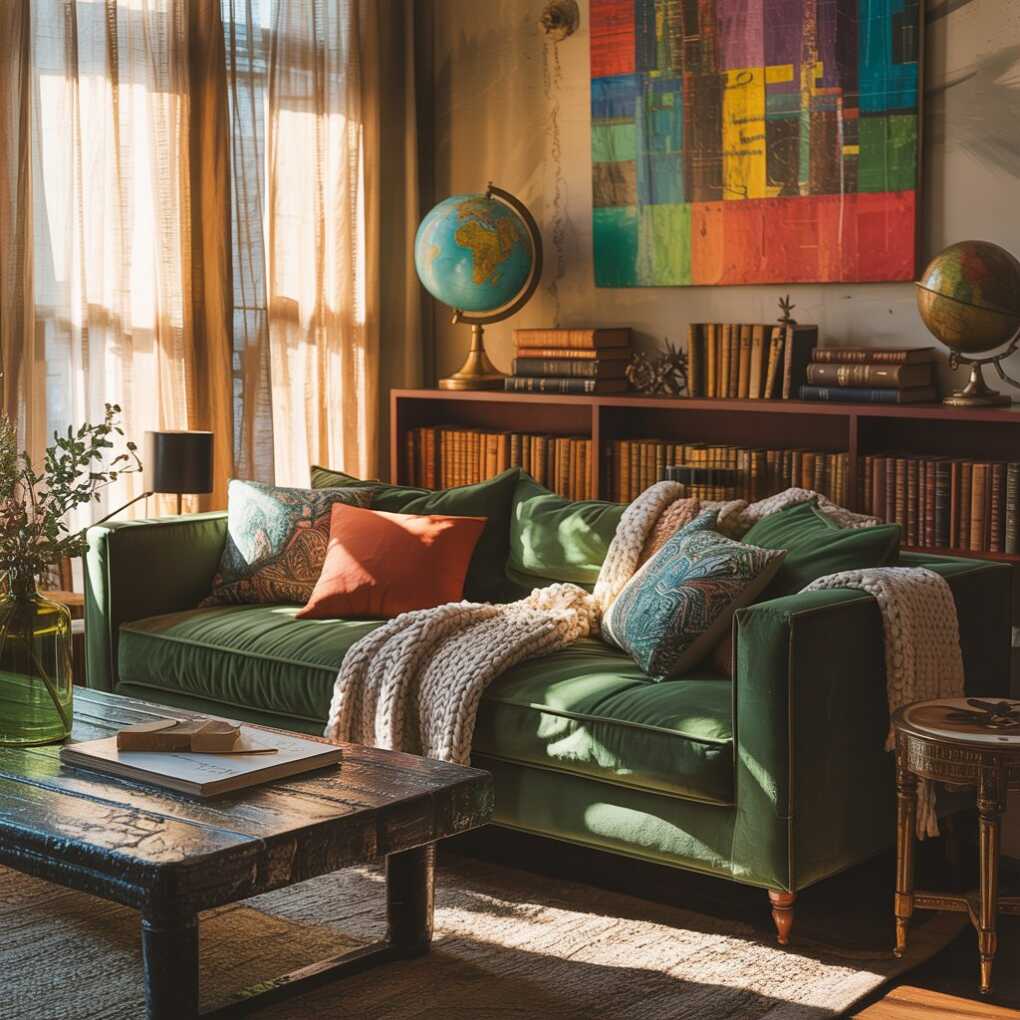
Eclectic design is a mix of various styles and elements, creating a personal and unique look. It often features a mix of colors, patterns, and a sense of creativity and diversity. Eclectic interiors are designed to be practical and functional, with a sense of natural beauty and simplicity.
Pro Tip:
To achieve an Eclectic look, mix and match various styles and elements, and add elements like unique artwork and decorative items.
90. Fusion
Key Features:
- Combines elements from two or more distinct styles
- Unique and personalized
- Creative and diverse
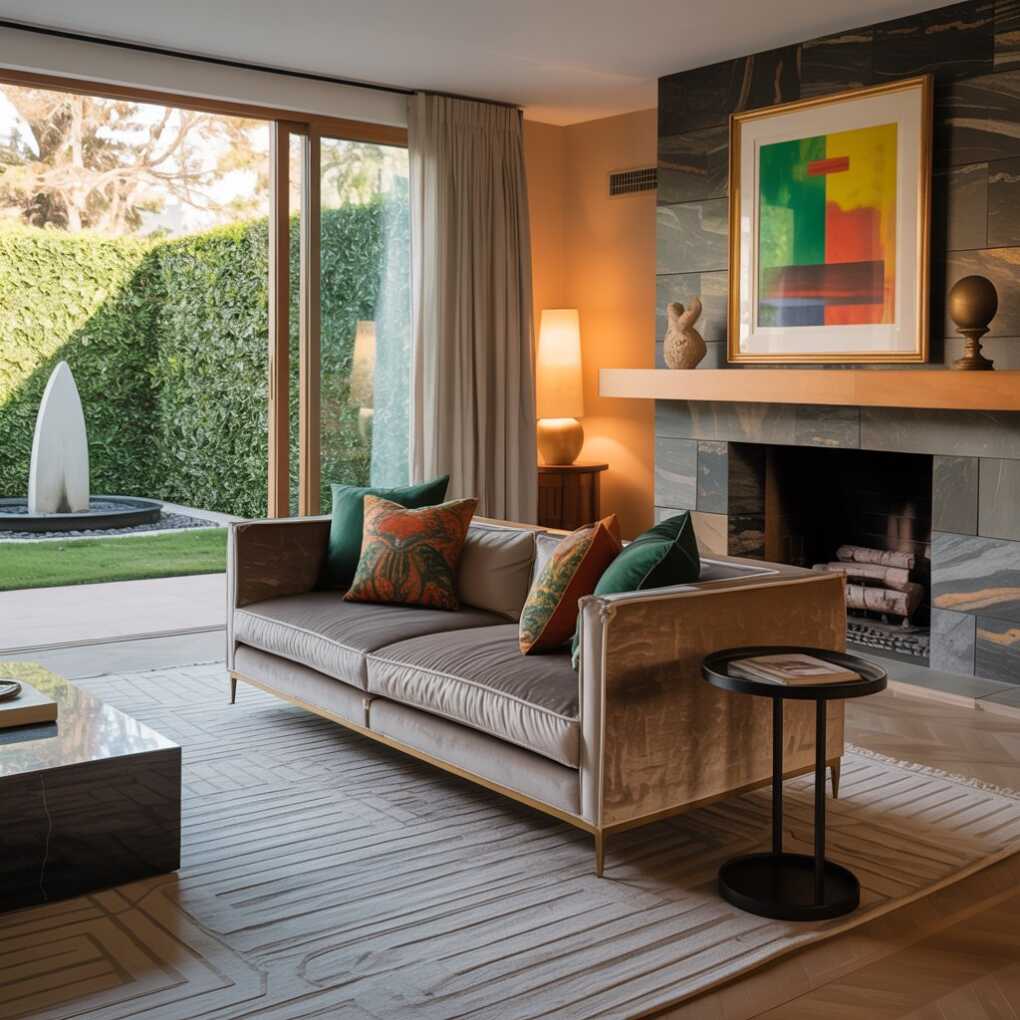
Fusion design combines elements from two or more distinct styles, creating a unique and personalized look. It often features a mix of colors, patterns, and a sense of creativity and diversity. Fusion interiors are designed to be practical and functional, with a sense of natural beauty and simplicity.
Pro Tip:
To achieve a Fusion look, combine elements from two or more distinct styles, and add elements like unique artwork and decorative items.
91. Hygge
Key Features:
- Danish concept
- Comfort, coziness, and well-being
- Warm and inviting

Hygge is a Danish concept that emphasizes comfort, coziness, and well-being. It often features a neutral color palette, natural materials, and a sense of warmth and relaxation. Hygge interiors are designed to be practical and functional, with a sense of natural beauty and simplicity.
Pro Tip:
To achieve a Hygge look, use a neutral color palette, natural materials, and a sense of warmth, and add elements like soft blankets and candles.
92. Jungalow
Key Features:
- Fusion of jungle and boho styles
- Natural materials
- Vibrant colors
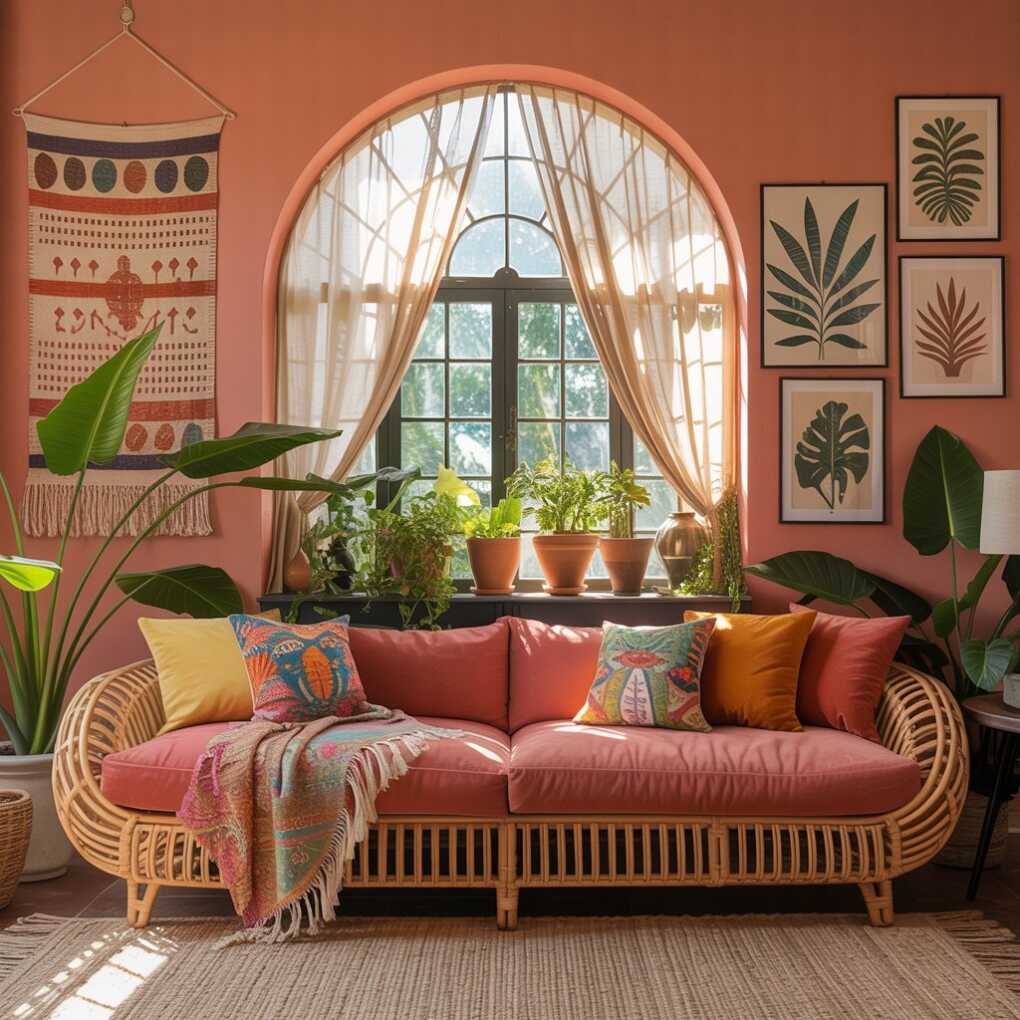
Jungalow design is a fusion of jungle and boho styles, with a focus on natural materials, vibrant colors, and a relaxed, tropical feel. It often features natural materials, vibrant colors, and a sense of warmth and relaxation. Jungalow interiors are designed to be practical and functional, with a sense of natural beauty and simplicity.
Pro Tip:
To achieve a Jungalow look, use natural materials, vibrant colors, and a relaxed, tropical feel, and add elements like rattan furniture and tropical wall art.
93. Kitsch
Key Features:
- Playful and whimsical
- Kitschy and kitsch items
- Creative and fun
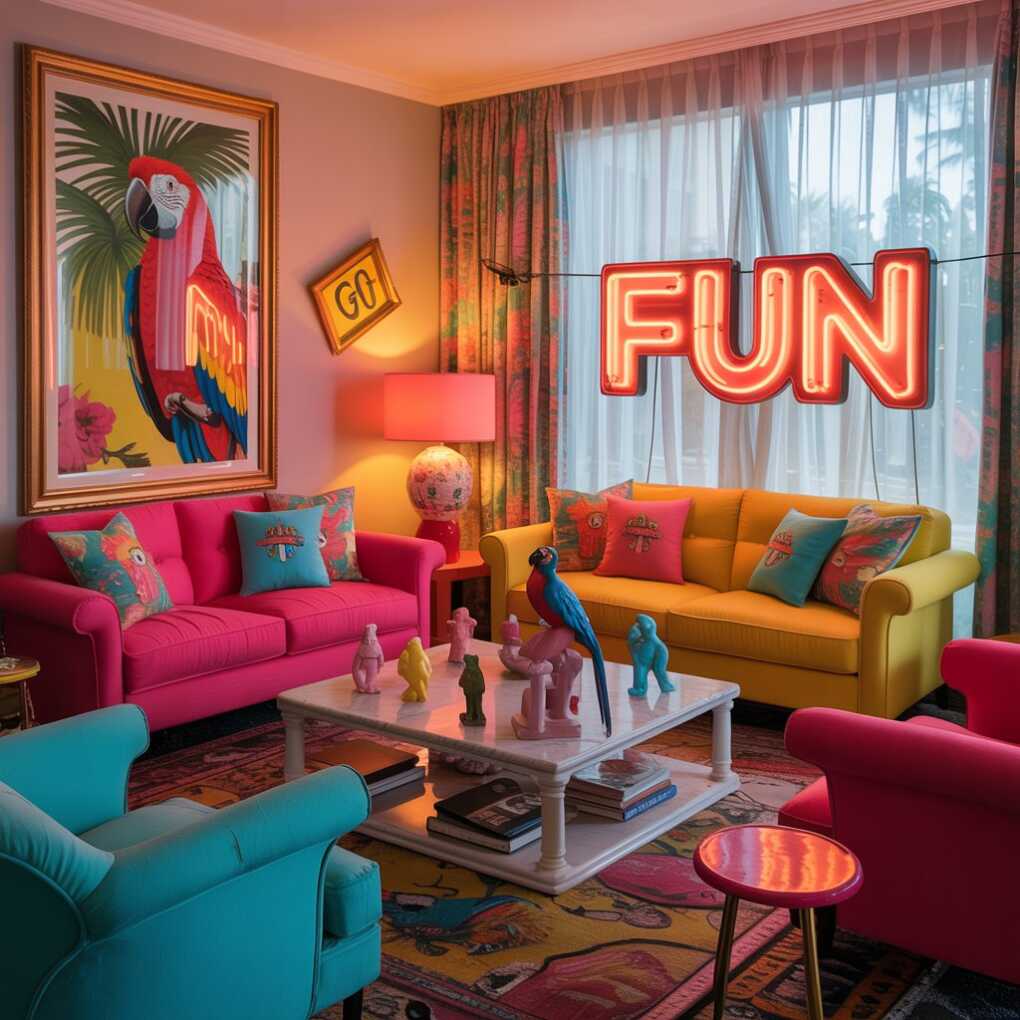
Kitsch design is playful and whimsical, with a focus on kitschy and kitsch items and a sense of creativity and fun. It often features a mix of colors, patterns, and a sense of creativity and fun. Kitsch interiors are designed to be practical and functional, with a sense of natural beauty and simplicity.
Pro Tip:
To achieve a Kitsch look, use playful and whimsical elements, and add elements like vintage posters and kitschy decor items.
94. Luxe
Key Features:
- Luxurious and opulent
- High-end materials and finishes
- Focus on elegance and sophistication
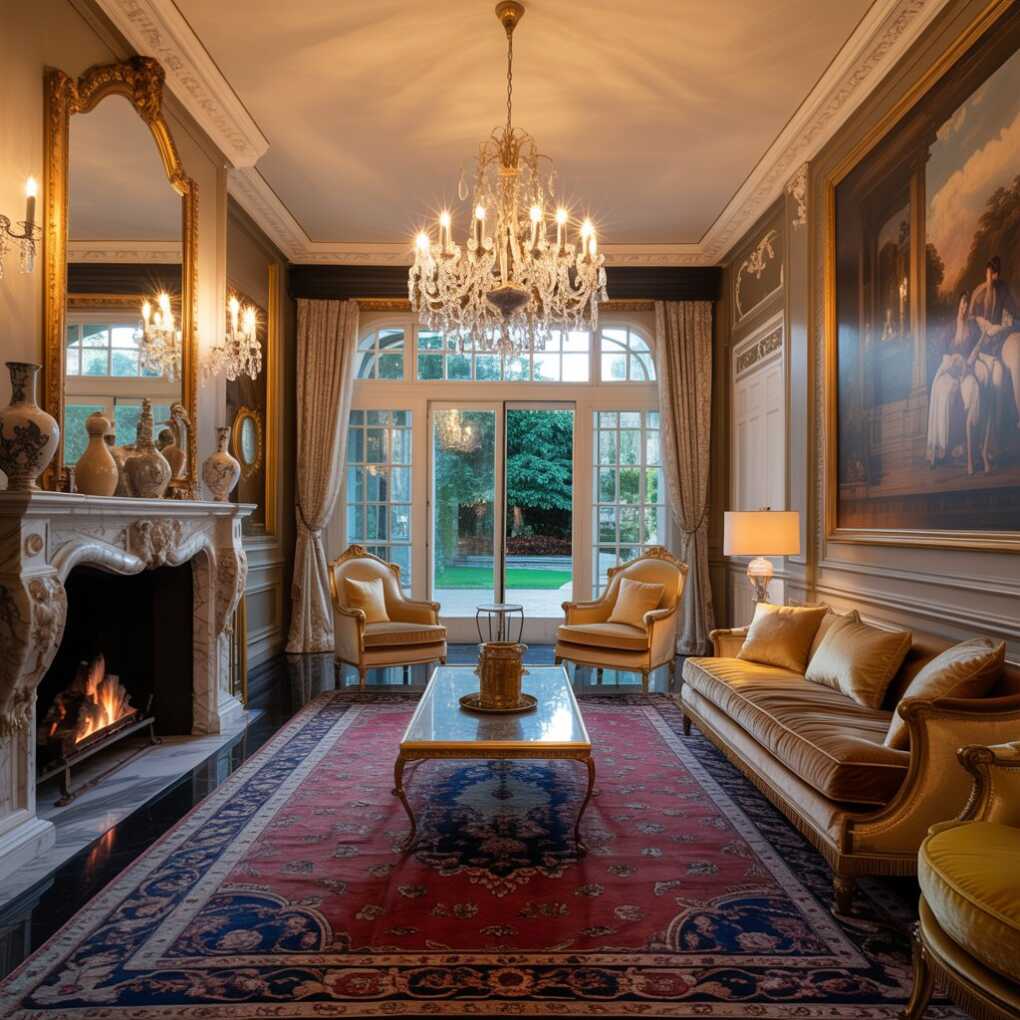
Luxe design is luxurious and opulent, with a focus on high-end materials and finishes and a sense of elegance and sophistication. It often features ornate furniture, detailed moldings, and a sense of grandeur and history. Luxe interiors are designed to be luxurious and sophisticated, with a sense of elegance and refinement.
Pro Tip:
To achieve a Luxe look, use high-end materials and finishes, and a sense of elegance, and add elements like chandeliers and ornate wall art.
95. Modern Boho
Key Features:
- Combines modern design with boho elements
- Vibrant colors
- Natural materials
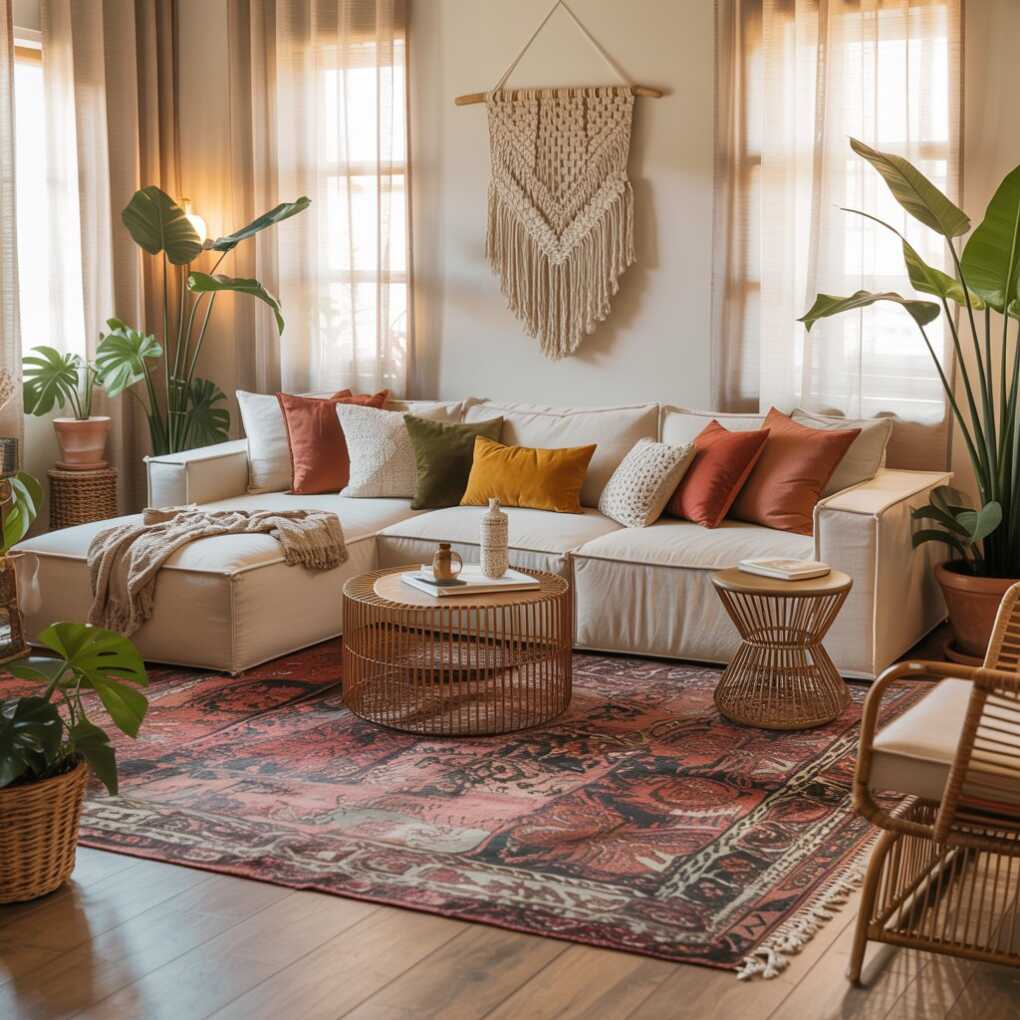
Modern Boho design combines modern design with boho elements, creating a vibrant and relaxed look. It often features a neutral color palette, natural materials, and a sense of warmth and relaxation. Modern Boho interiors are designed to be practical and functional, with a sense of natural beauty and simplicity.
Pro Tip:
To achieve a Modern Boho look, use a neutral color palette, natural materials, and a sense of warmth, and add elements like rattan furniture and vibrant throw pillows.
96. Modern Rustic
Key Features:
- Combines modern design with rustic elements
- Natural materials
- Warm and inviting
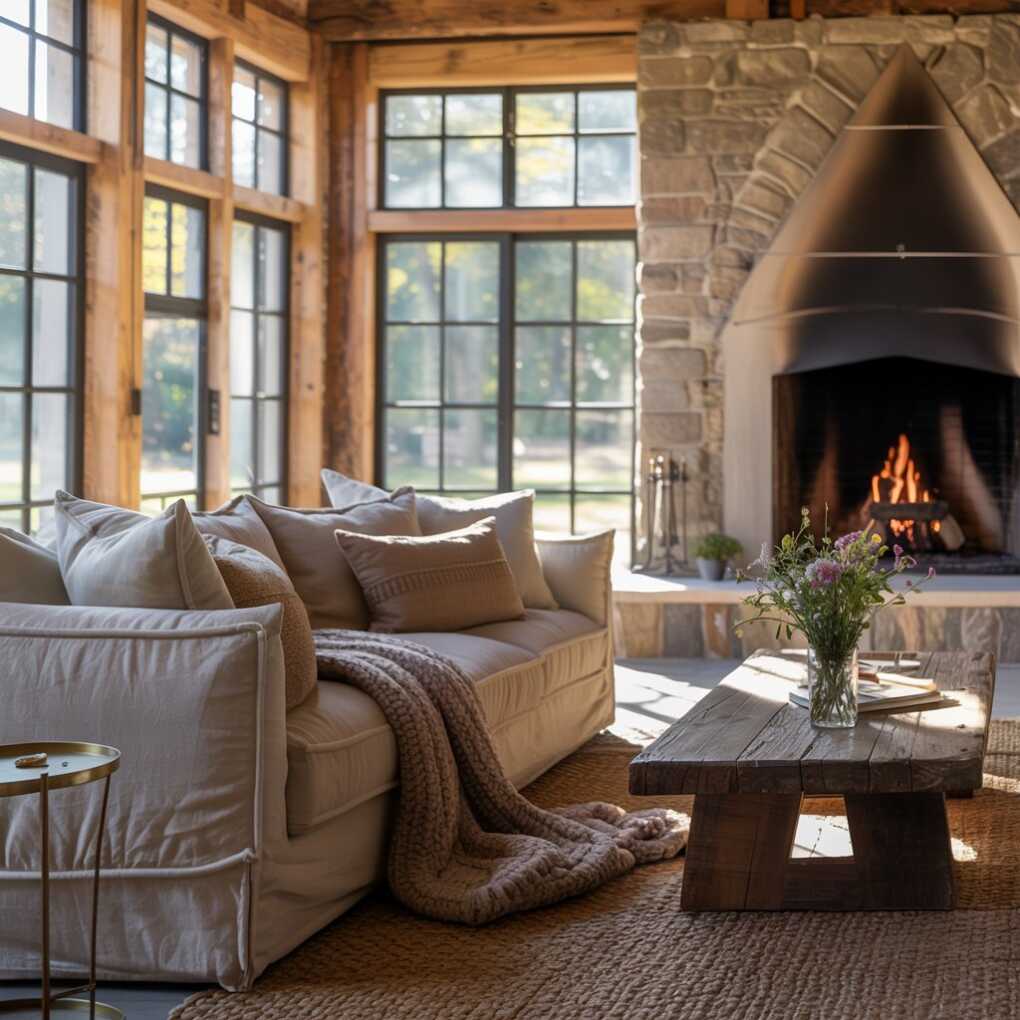
Modern Rustic design combines modern design with rustic elements, creating a warm and inviting look. It often features a neutral color palette, natural materials, and a sense of warmth and relaxation. Modern Rustic interiors are designed to be practical and functional, with a sense of natural beauty and simplicity.
Pro Tip:
To achieve a Modern Rustic look, use a neutral color palette, natural materials, and a sense of warmth, and add elements like wooden beams and natural wood furniture.
97. Neo-Boho
Key Features:
- Modern take on boho design
- Clean lines
- Minimalism
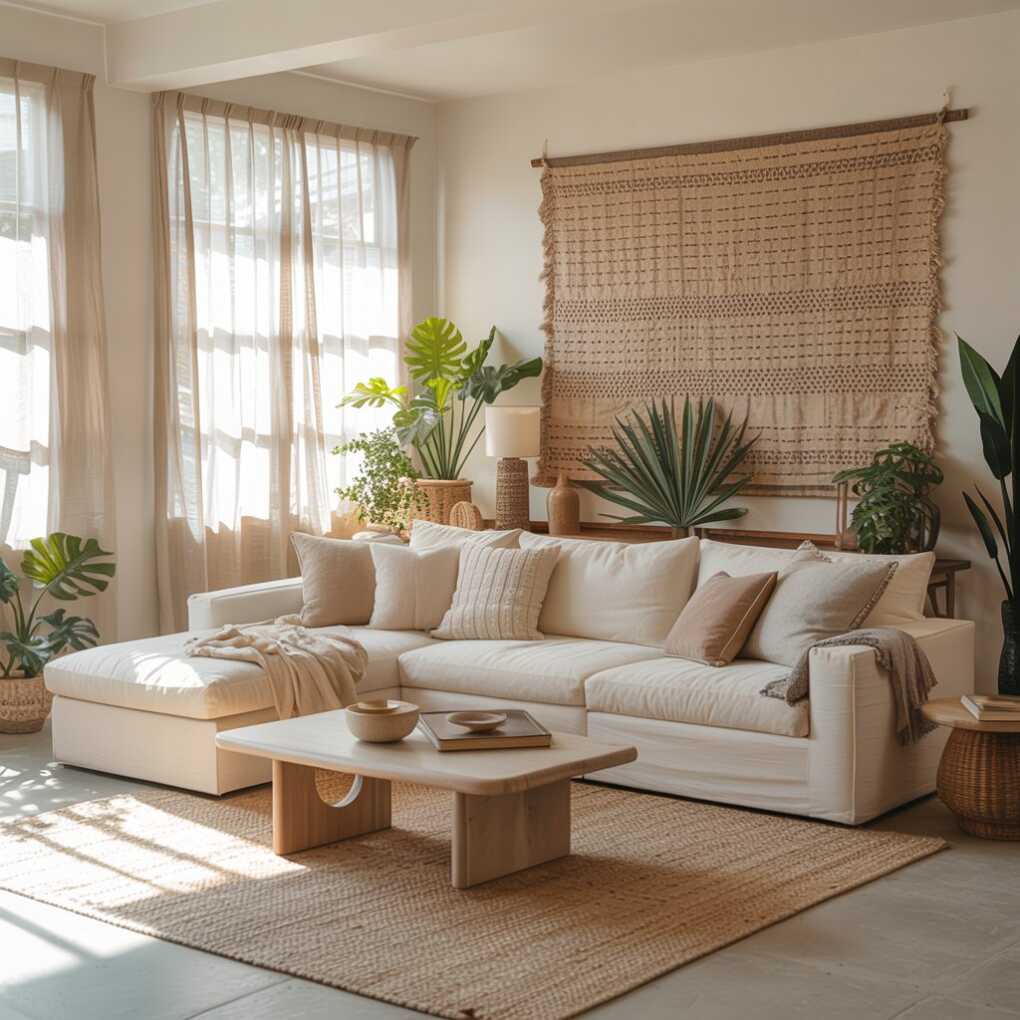
Neo-Boho design is a modern take on boho design, with a focus on clean lines and minimalism. It often features a neutral color palette, natural materials, and a sense of warmth and relaxation. Neo-Boho interiors are designed to be practical and functional, with a sense of natural beauty and simplicity.
Pro Tip:
To achieve a Neo-Boho look, use a neutral color palette, natural materials, and a sense of warmth, and add elements like clean-lined furniture and natural wood decor.
98. Neo-Industrial
Key Features:
- Modern take on industrial design
- Sleek and polished materials
- Minimalism
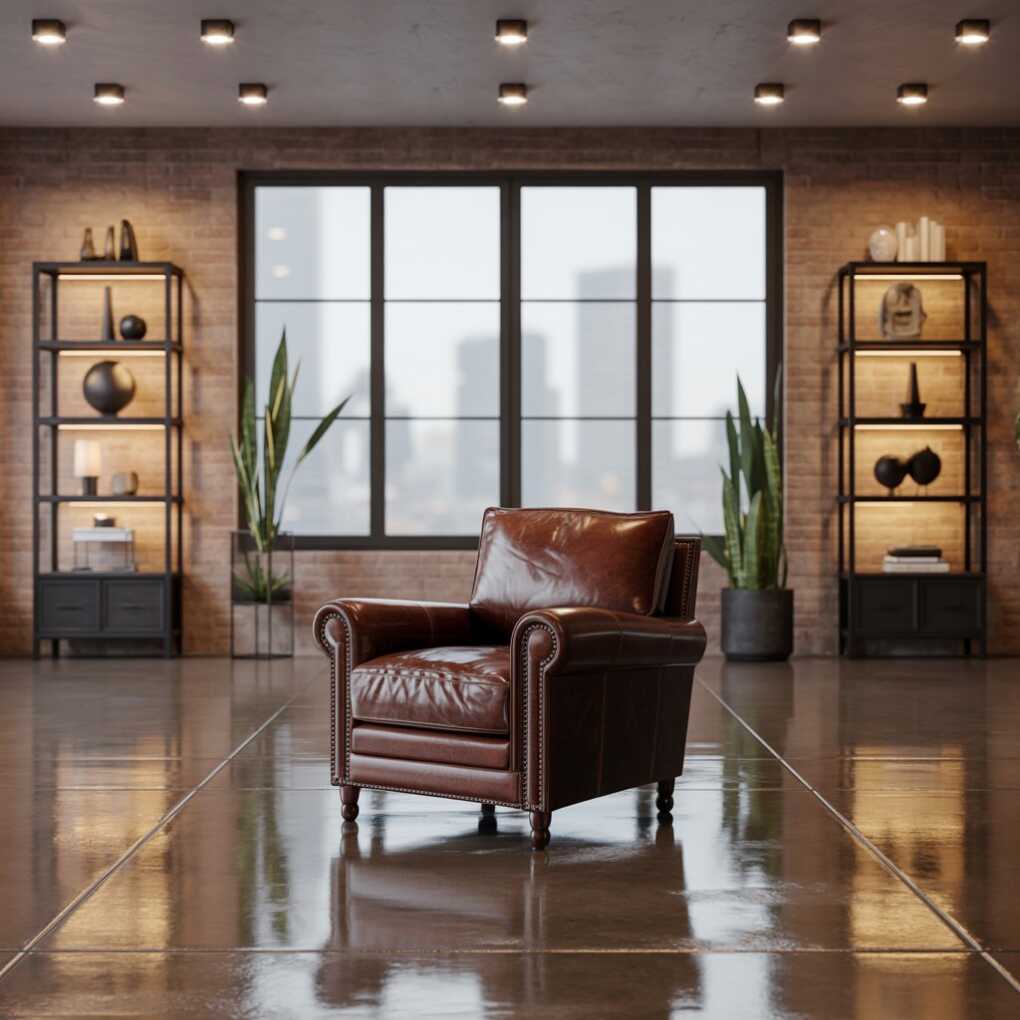
Neo-Industrial design is a modern take on industrial design, with a focus on sleek and polished materials and minimalism. It often features a neutral color palette, industrial materials, and a sense of warmth and relaxation. Neo-Industrial interiors are designed to be practical and functional, with a sense of natural beauty and simplicity.
Pro Tip:
To achieve a Neo-Industrial look, use a neutral color palette, industrial materials, and a sense of warmth, and add elements like sleek metal furniture and polished concrete floors.
99. Neo-Scandinavian
Key Features:
- Modern take on Scandinavian design
- Innovation and technology
- Minimalism and natural materials
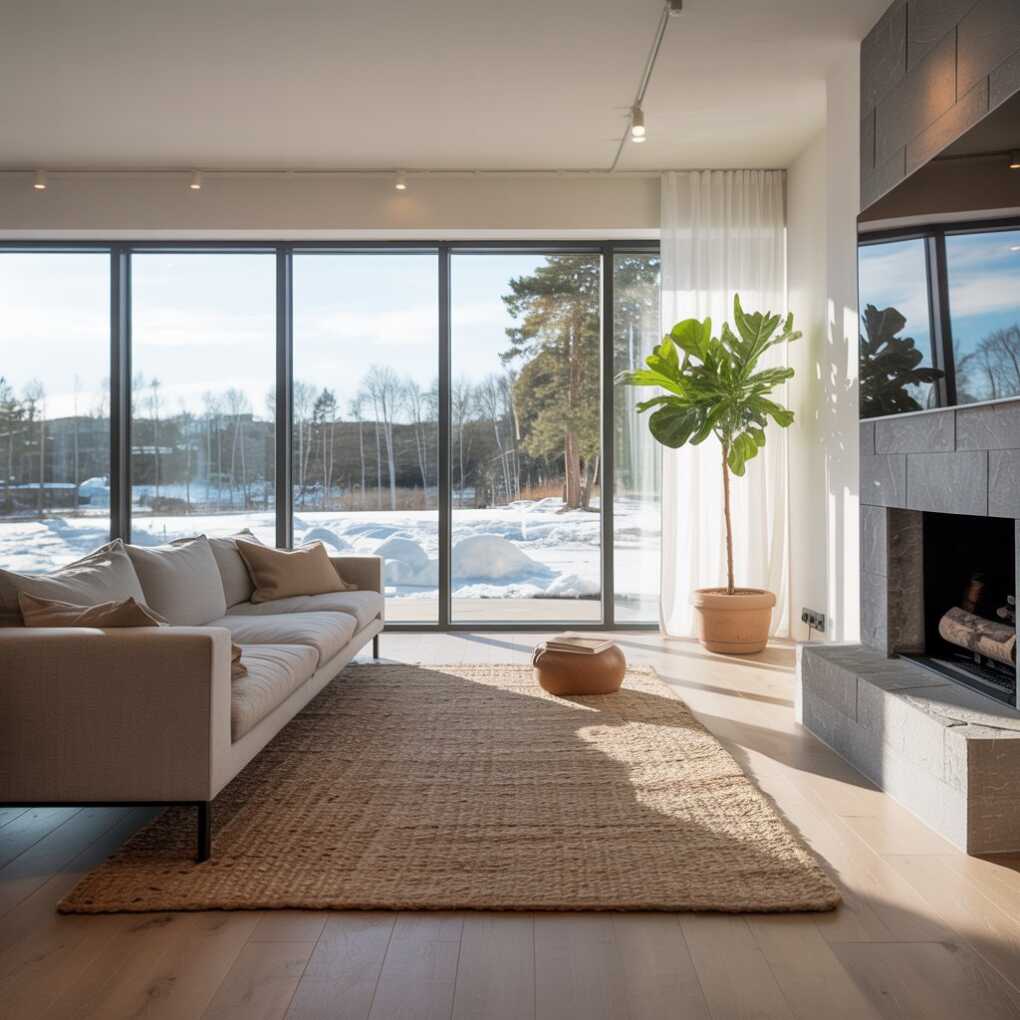
Neo-Scandinavian design is a modern take on Scandinavian design, with a focus on innovation and technology and a sense of minimalism and natural materials. It often features a neutral color palette, natural materials, and a sense of warmth and relaxation. Neo-Scandinavian interiors are designed to be practical and functional, with a sense of natural beauty and simplicity.
Pro Tip:
To achieve a Neo-Scandinavian look, use a neutral color palette, natural materials, and a sense of warmth, and add elements like smart home technology and natural wood furniture.
100. Urban Chic
Key Features:
- Reflects the aesthetics of urban living
- Modern and sophisticated
- Stylish and practical

Urban Chic design reflects the aesthetics of urban living, with a focus on modern and sophisticated designs and a sense of style and practicality. It often features a neutral color palette, modern materials, and a sense of warmth and relaxation. Urban Chic interiors are designed to be practical and functional, with a sense of natural beauty and simplicity.
Pro Tip:
To achieve an Urban Chic look, use a neutral color palette, modern materials, and a sense of style, and add elements like modern furniture and stylish decor items.
Conclusion
Interior design is a rich and diverse field, offering a wide range of styles to suit every taste and preference. Whether you’re drawn to the timeless elegance of Art Deco, the cozy charm of Cottage Core, or the modern sophistication of Contemporary, there is a style that can help you create the perfect space. By understanding the key features and characteristics of each style, you can make informed decisions and create a home that truly reflects your personality and aesthetic.
References
Final Thoughts
Creating a beautiful and functional home is a journey of self-expression and creativity. By exploring the 100 interior design styles covered in this guide, you can find the perfect style or combination of styles that resonate with you. Whether you’re a seasoned designer or a DIY enthusiast, the world of interior design offers endless possibilities to make your space truly unique and personal. Happy designing!
